What do you actually do? – Annika Kahrs
Annika Kahrs doesn’t have a studio. Instead, she suggests we meet at the Berlin Musical Instruments Museum, where, under the careful gaze of a pair of suspicious security guards, we wander through a collection of elaborately made pianos and string instruments. It’s a fitting place to talk to the thirty-five-year-old artist, who is best known for her ambitious performances, photo series and video works featuring classical music.
Whether working with duettists or a twenty-two-piece orchestra, Kahrs’s projects often explore the potential of sound as a form of non-verbal communication. She is especially interested in moments when communication breaks down. In 2016, for instance, Kahrs staged a concert at Berlin’s Gropius Bau comprising four singers performing Alone Together (1932) by American composer Arthur Schwartz. After each rendition the singers slowed down the song’s tempo, gradually moving away from each other until they were performing in complete isolation. With the performers left to rely on their own inner sense of timing, the piece, which was relayed to the audience via loudspeakers, eventually starts to break down, highlighting the collaborative spirit at the heart of any harmony.
“The instructions for the performers, in other words, the way they should implement the performance, is never very strict,” Kahrs says of her working process. “Usually, we don’t even really rehearse in the traditional sense. Our rehearsals are more like intense discussion about what situations or possibilities might occur during the performance. For me, the spontaneous situational aspect of a performance is what makes it exciting.”
Repetition is a recurring theme in her practice. She often instructs her performers to repeat the same pieces over and over again until even the most consummate professionals struggle to stay in character. During renditions of Strings (2010), in which members of a string quartet change instruments after each recital of Beethoven’s Opus 18 No. 4 in C Minor (1801), the musicians often break into laughter as they struggle with their new roles. It’s an interest that comes from Kahrs’ own experience of learning piano as a child. “I liked not only the process of playing itself,” she says, “but also everything that came with it: the endless repetitions, the strange situations that arise during end of year concerts, the potential of playing the wrong notes—the whole social game.”
Born in 1984 in the North German town of Achim, Kahrs has had a fascination for music ever since she was a little girl. “I would record all different styles from the radio for hours,” she recalls. “I loved replaying and organizing the tapes.” This interest led her parents—who Kahrs says were never interested in classic music themselves—to encourage her to take piano lessons at age ten. It wasn’t a natural fit, but what Kahrs lacked in talent she more than made up for in curiosity. This prompted her teacher to introduce her to the work of experimental composers such as Alvin Lucier and Steve Reich, as well as avant-garde cellist and performance artist Charlotte Moorman. “He showed me that there was a world beyond classical music,” she says.
Art world success came early for Kahrs. As a result of the popularity of Strings, which Kahrs produced while still a student at the HFBK in Hamburg, her work was shown in three high profile exhibitions the year after she graduated. “I was lucky,” she says. “Not everyone has the same chances that I had.” While luck might have been in Kahrs’s favour, it is also true that she made the most of the chances she had, building on each one in order to have the opportunity to expand the scope of her practice. This way of working comes with its own challenges; as the scale of her projects have grown, so too have the budgets and the manpower needed to complete them. “I have to start each project by asking myself: what do I want to see?” she says. “You can’t start by saying, ‘well, this is going to be complicated’ or ‘there’s no money’ because you’re constantly lowering the bar for yourself.”
Kahrs balances this pressure by working on a mix of commissioned and self-initiated pieces, as well as combining larger projects with smaller ones. At the moment she’s working on the concept for a seven-channel installation for the Bieber House in Hamburg and editing a film that she shot on a residency in Brazil. For the latter project, she recorded interviews with a group of amateur musicians who regularly play on the beaches of Salvador, which she is planning to cut together with recordings of the city’s orchestra. “It's basically a work about producing sound in public spaces and how different countries compare to what my perspective as a European is,” explains Kahrs.
Later in the year, Kahrs will head to Los Angeles for a residency at the Villa Aurora where she hopes to work with scientists on a project about gravitational waves. As usual, this collaboration doesn’t faze her. “I really love to collaborate with people from different professions or with specific skills,” she says. “Over the course of my career, I have worked with magicians, bird keepers, sailors, bicycle couriers, and repeatedly with musicians from various fields and countries. I like the fact that they contribute a crucial part to the artwork that also is a bit out of my control.”
Annika Kahrs studied at HFBK Hamburg from 2005-2012 with Andreas Slominski, Jeanne Faust and Dr. Michael Diers. More information: www.annikakahrs.com
HFBK graduate Chloe Stead, together with the photographer and also HFBK graduate Jens Franke, met former HFBK students to talk about work, life and art. It is the prelude to a series of interviews for the website of HFBK Hamburg.

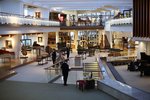





 »Lerchenfeld« Magazine
»Lerchenfeld« Magazine
 What do you actually do? – Mirjam Thomann
What do you actually do? – Mirjam Thomann
 What do you actually do? – Niclas Riepshoff
What do you actually do? – Niclas Riepshoff
 What do you actually do? – Roman Schramm
What do you actually do? – Roman Schramm
 What do you actually do? - Hannah Rath
What do you actually do? - Hannah Rath
 What do you actually do? – Hagen Schümann
What do you actually do? – Hagen Schümann
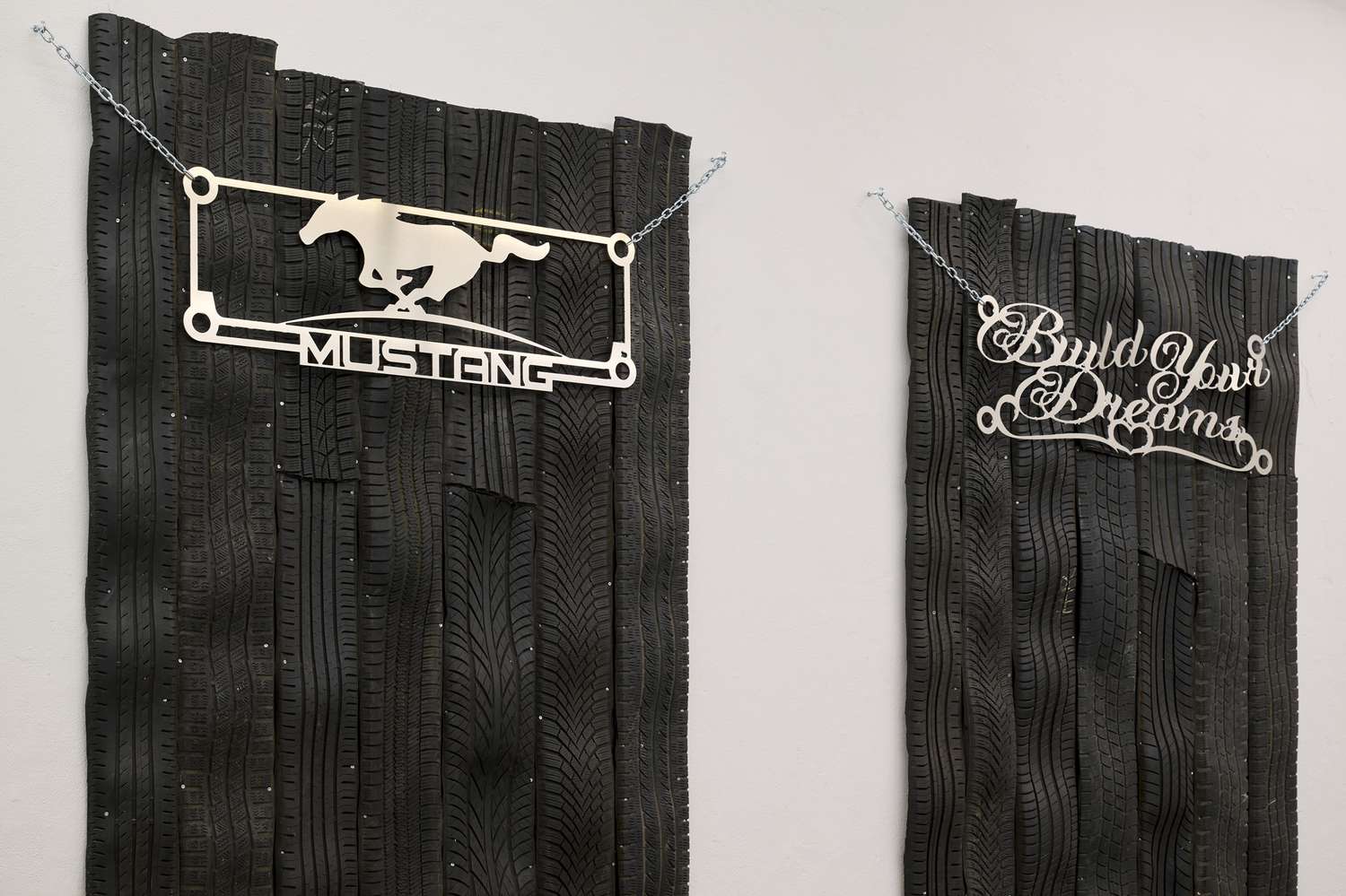
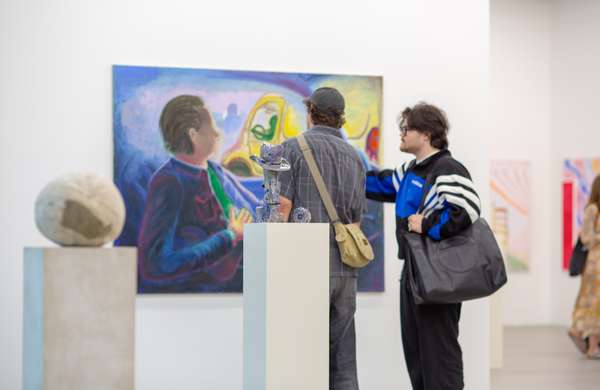

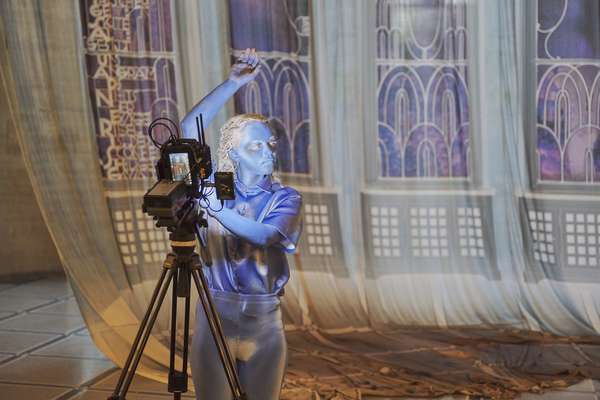
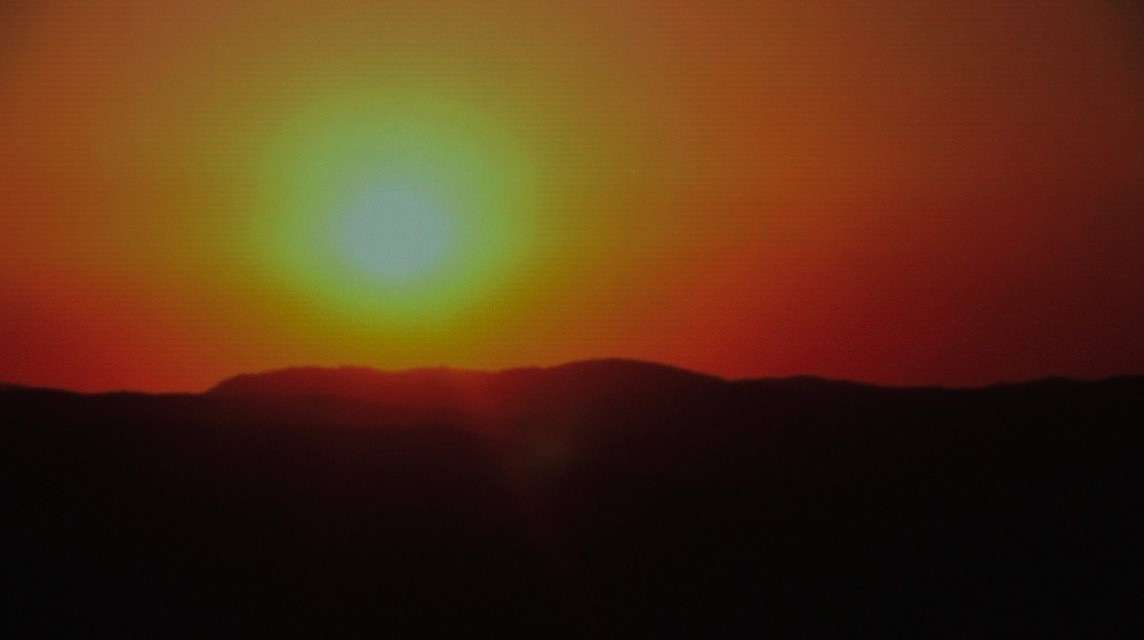
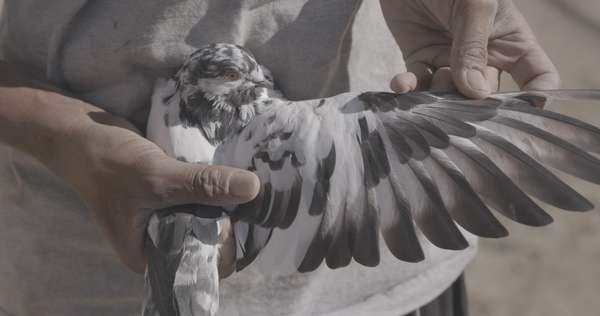

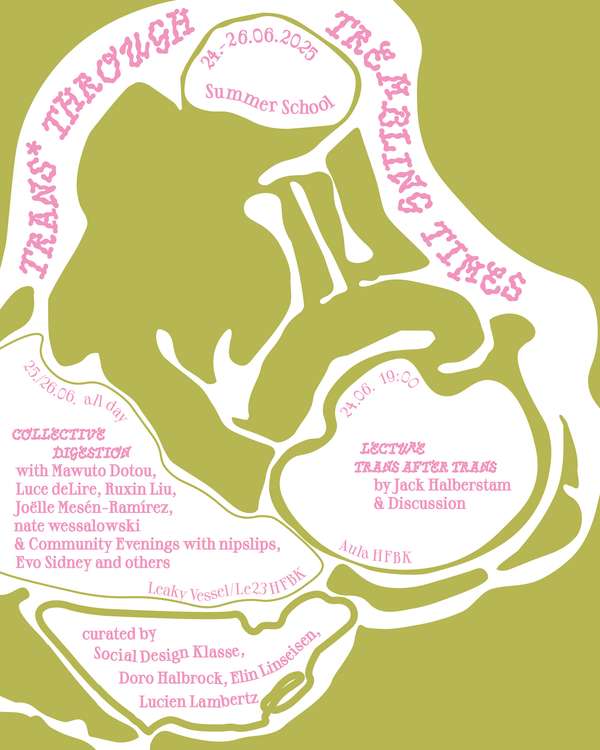
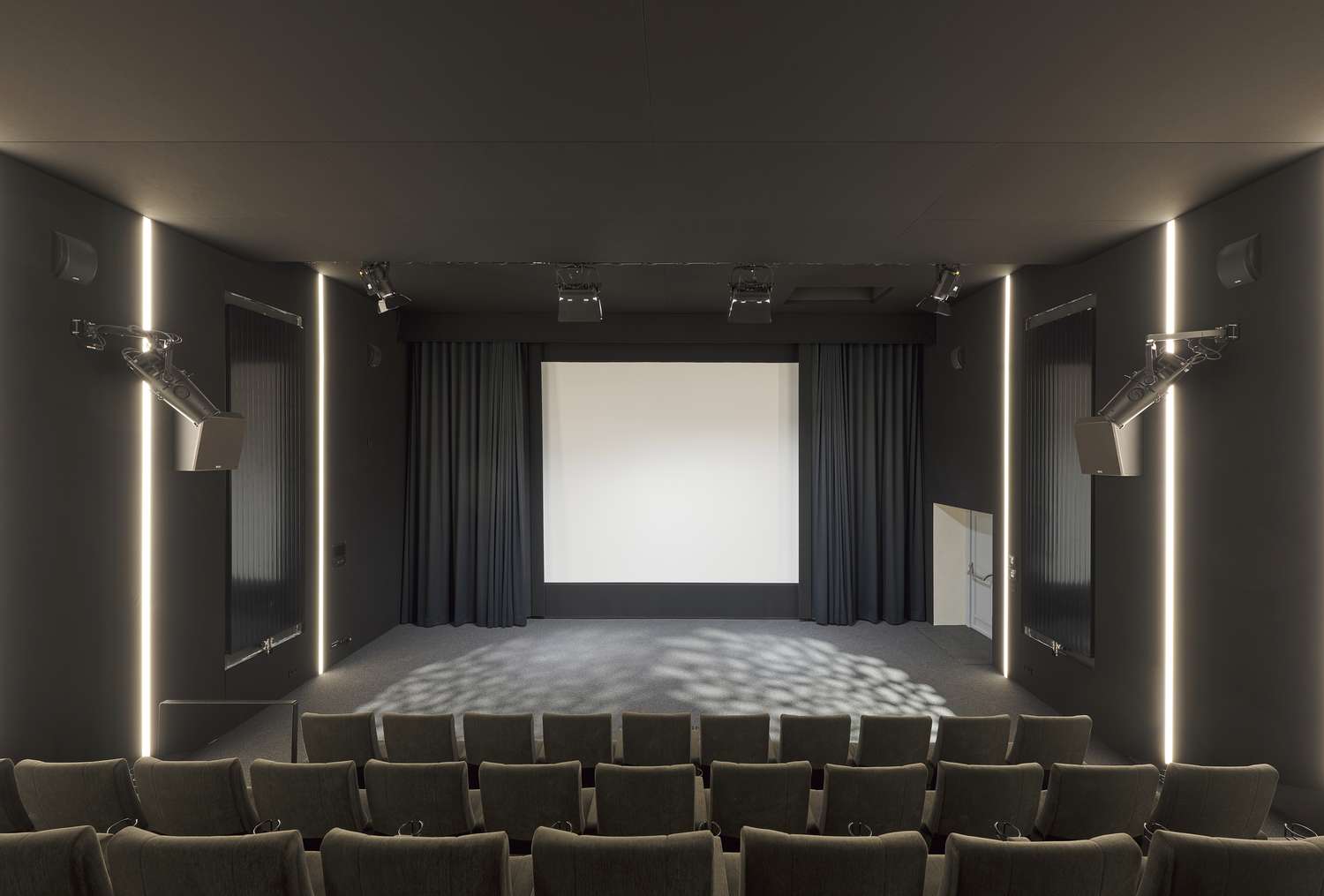
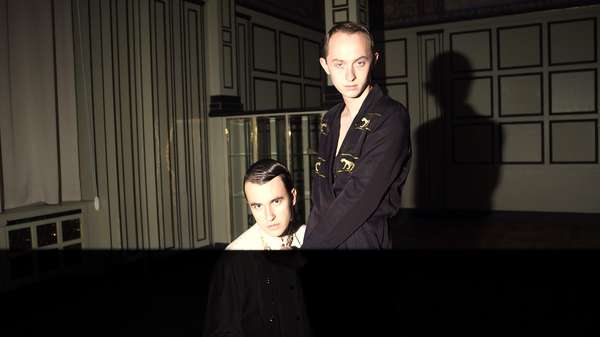
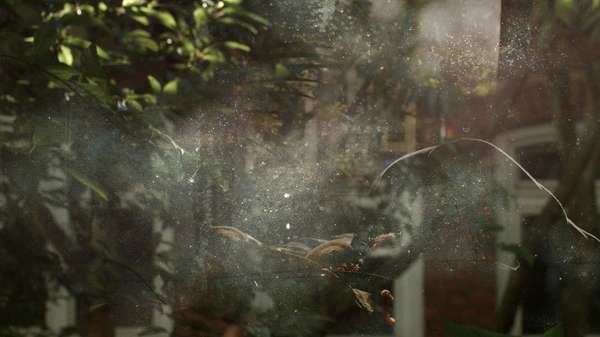
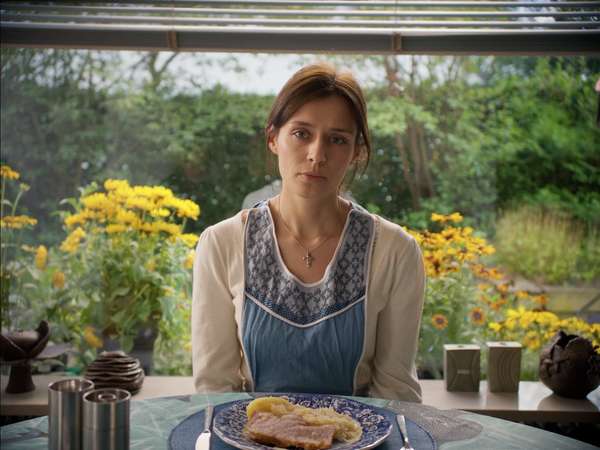
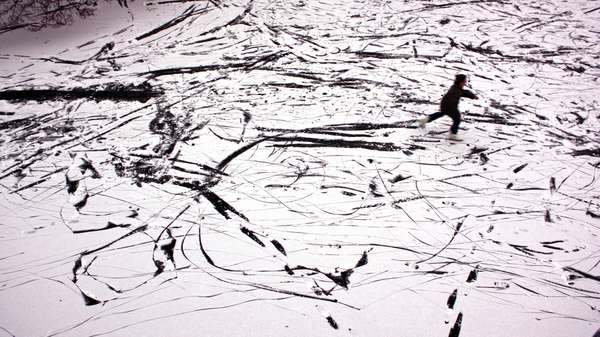
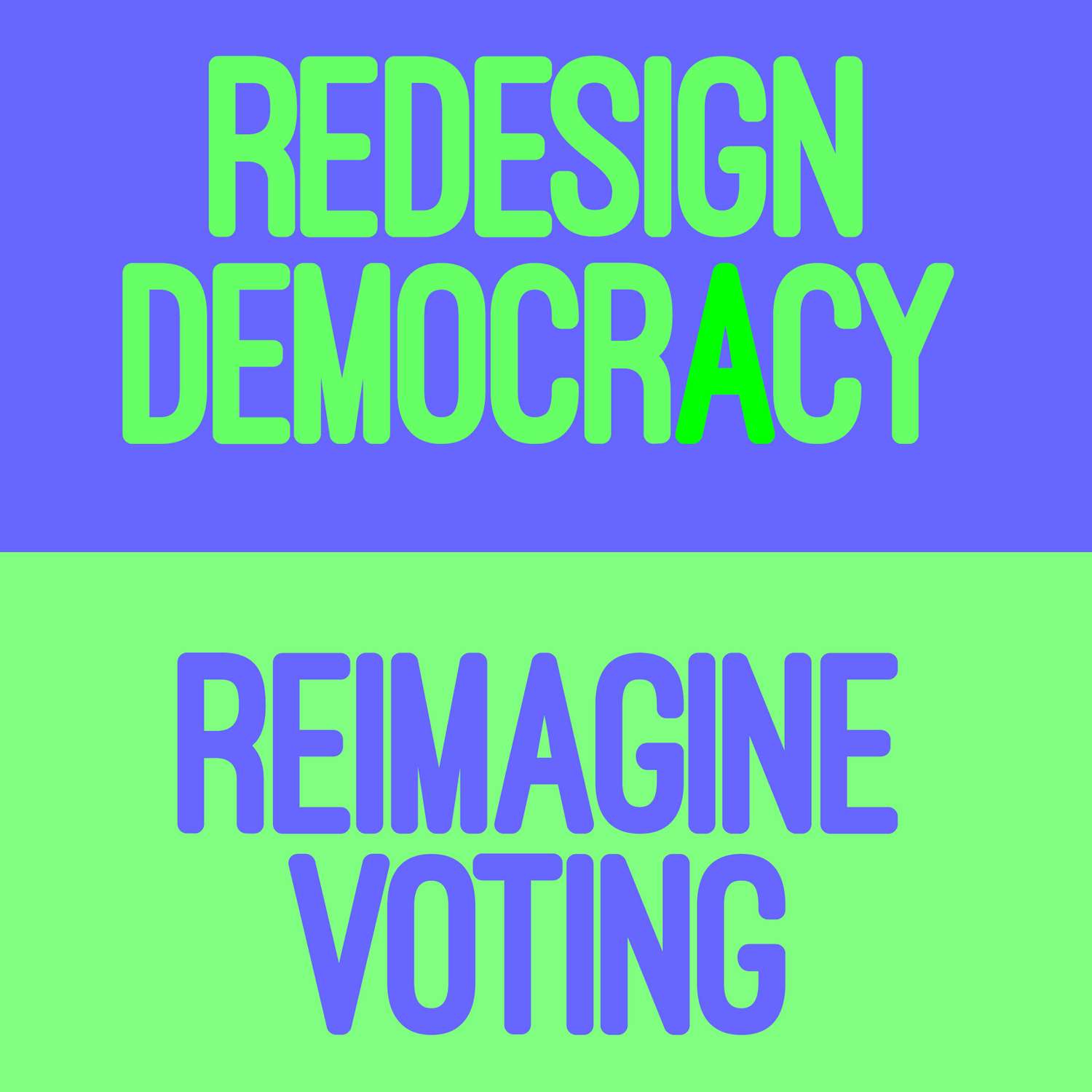
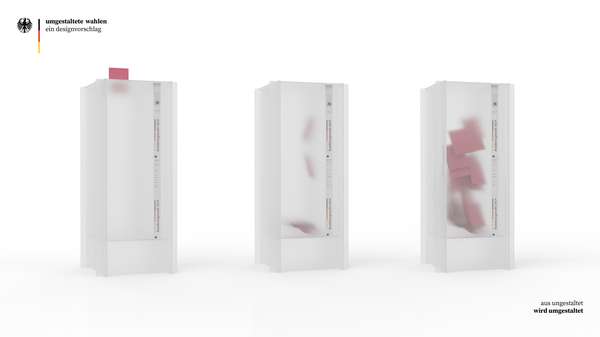
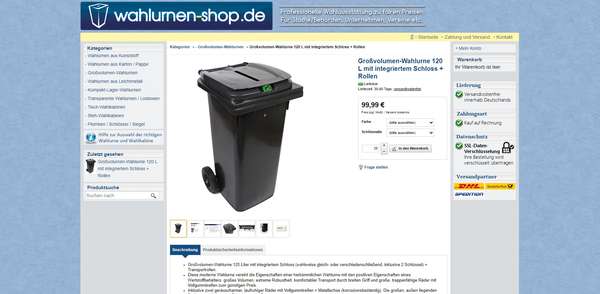
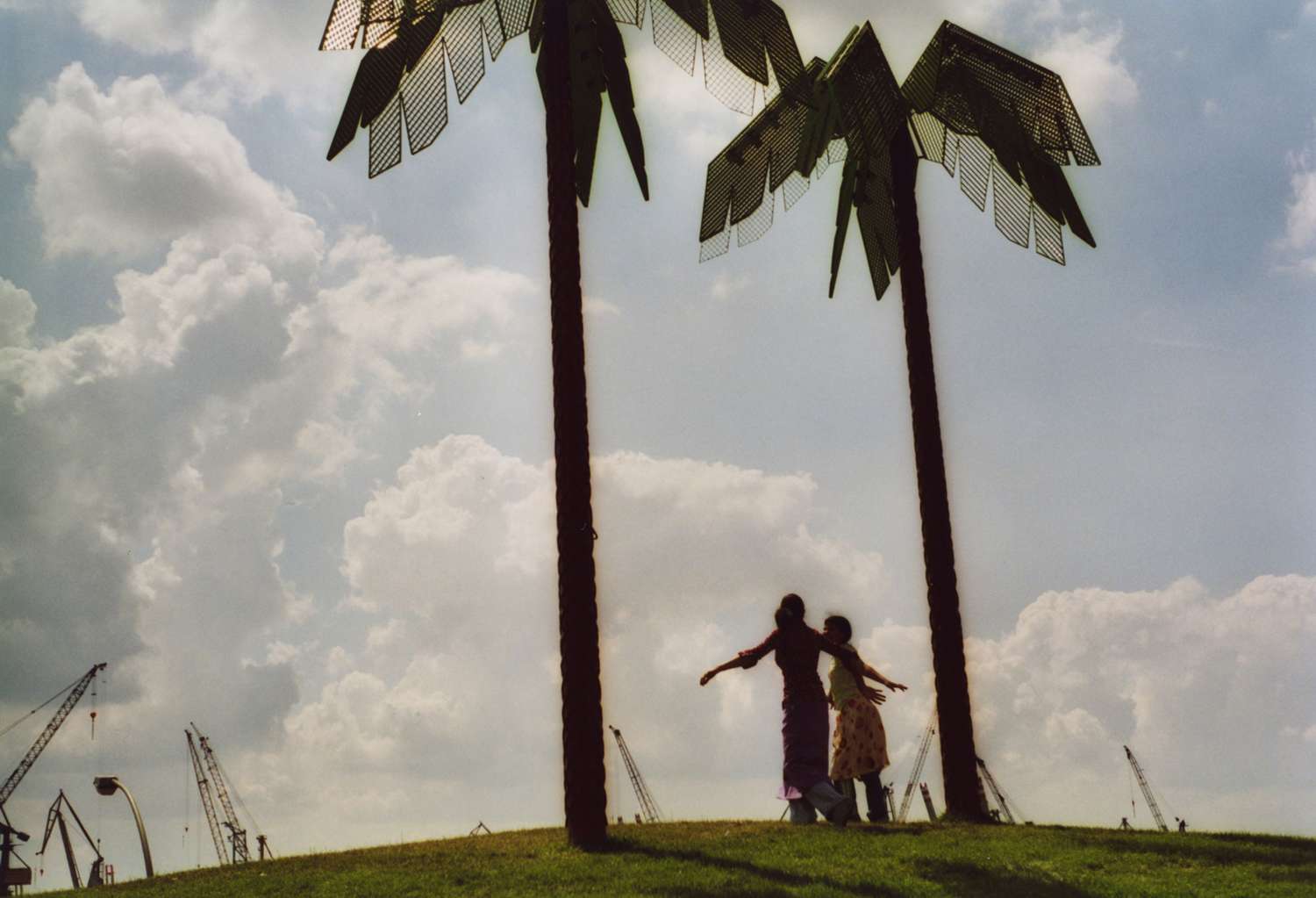
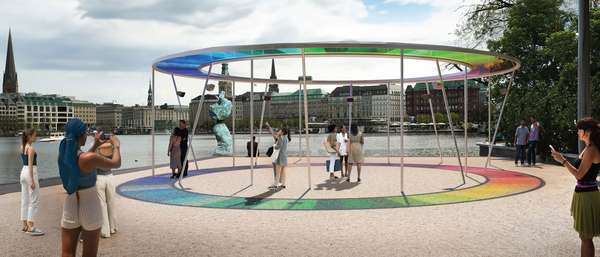
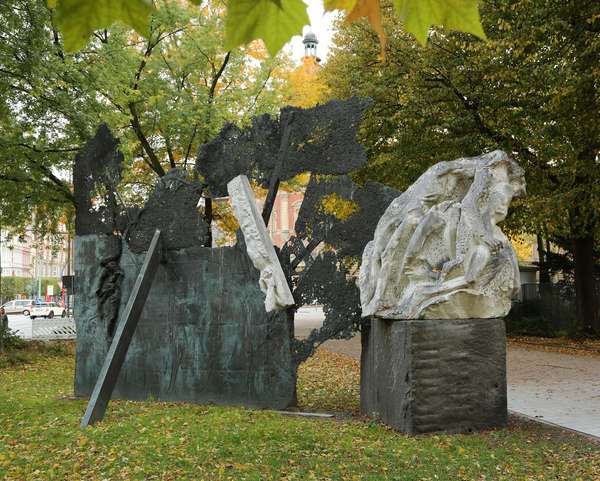
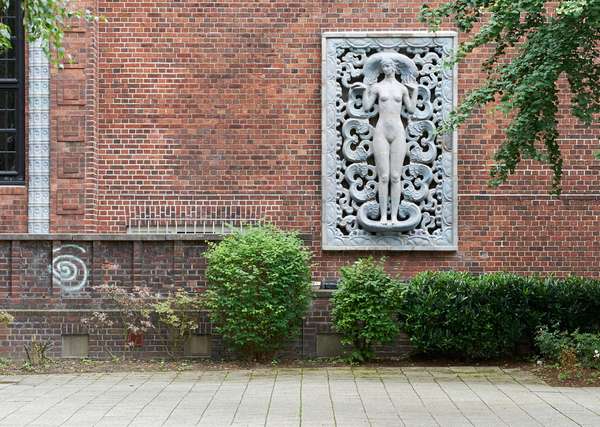


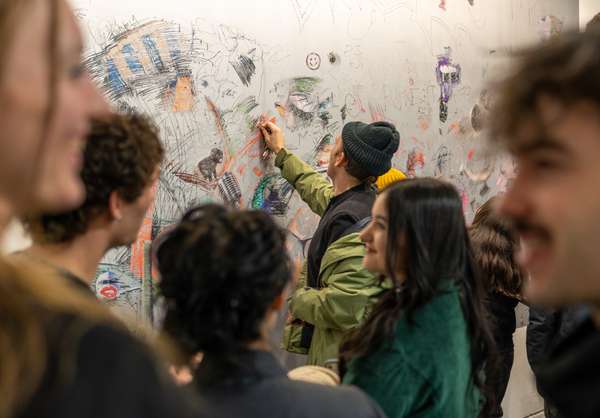
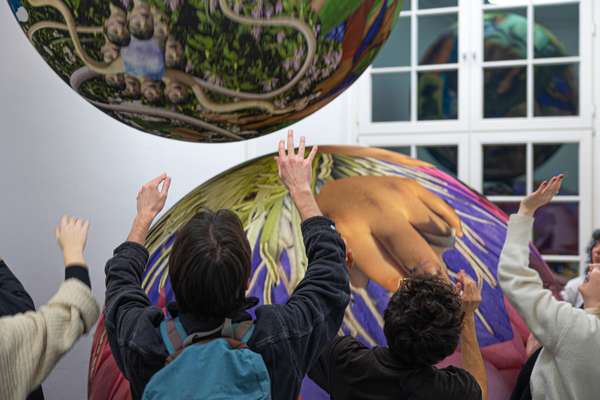
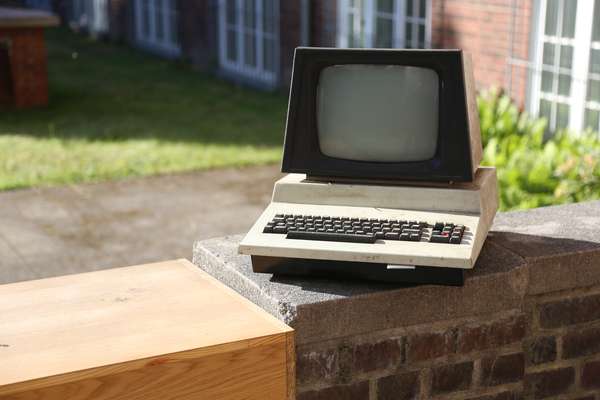

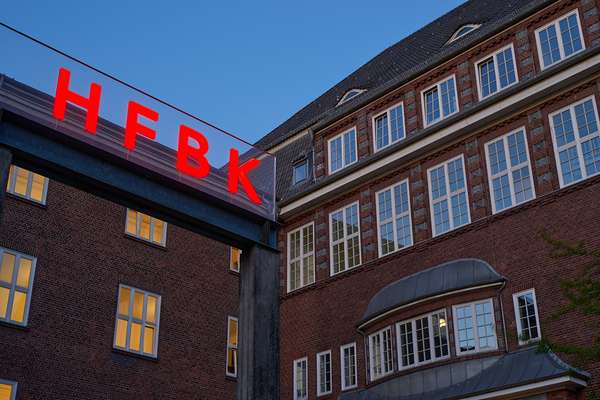

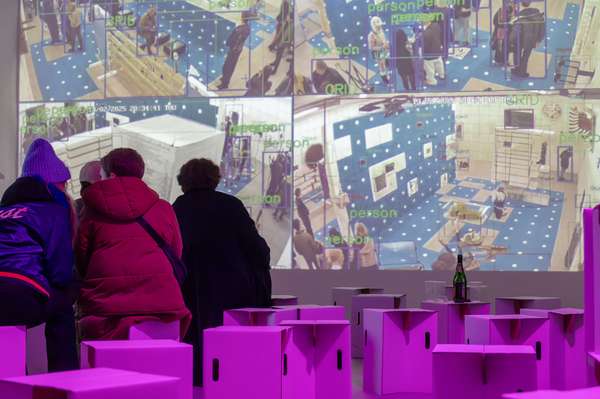
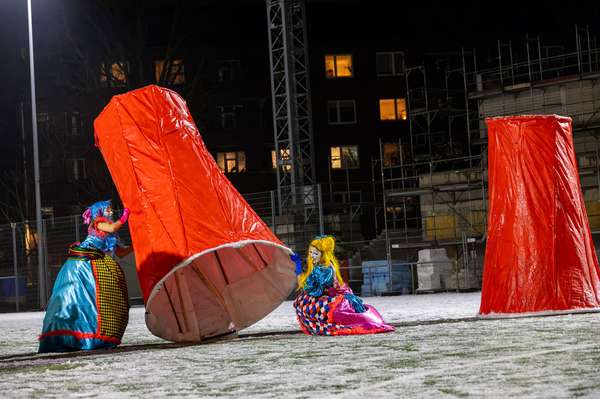

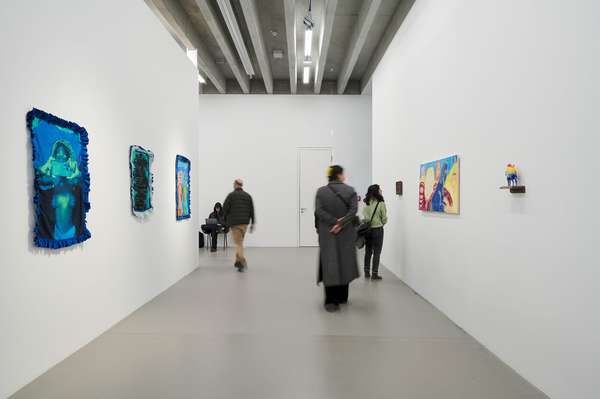
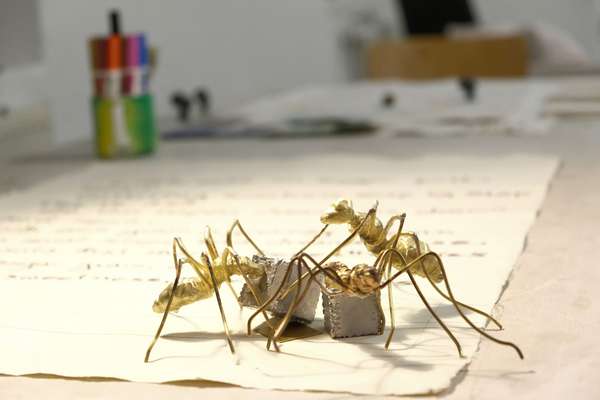
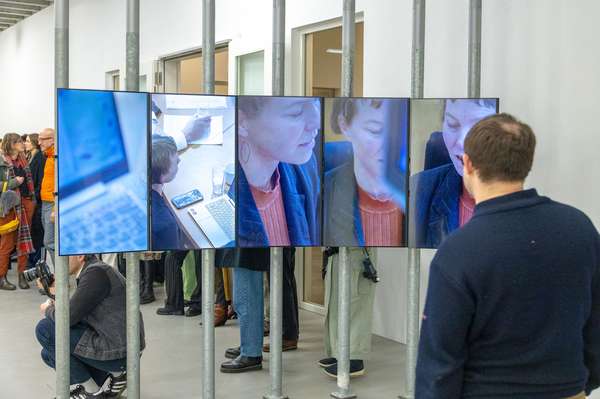

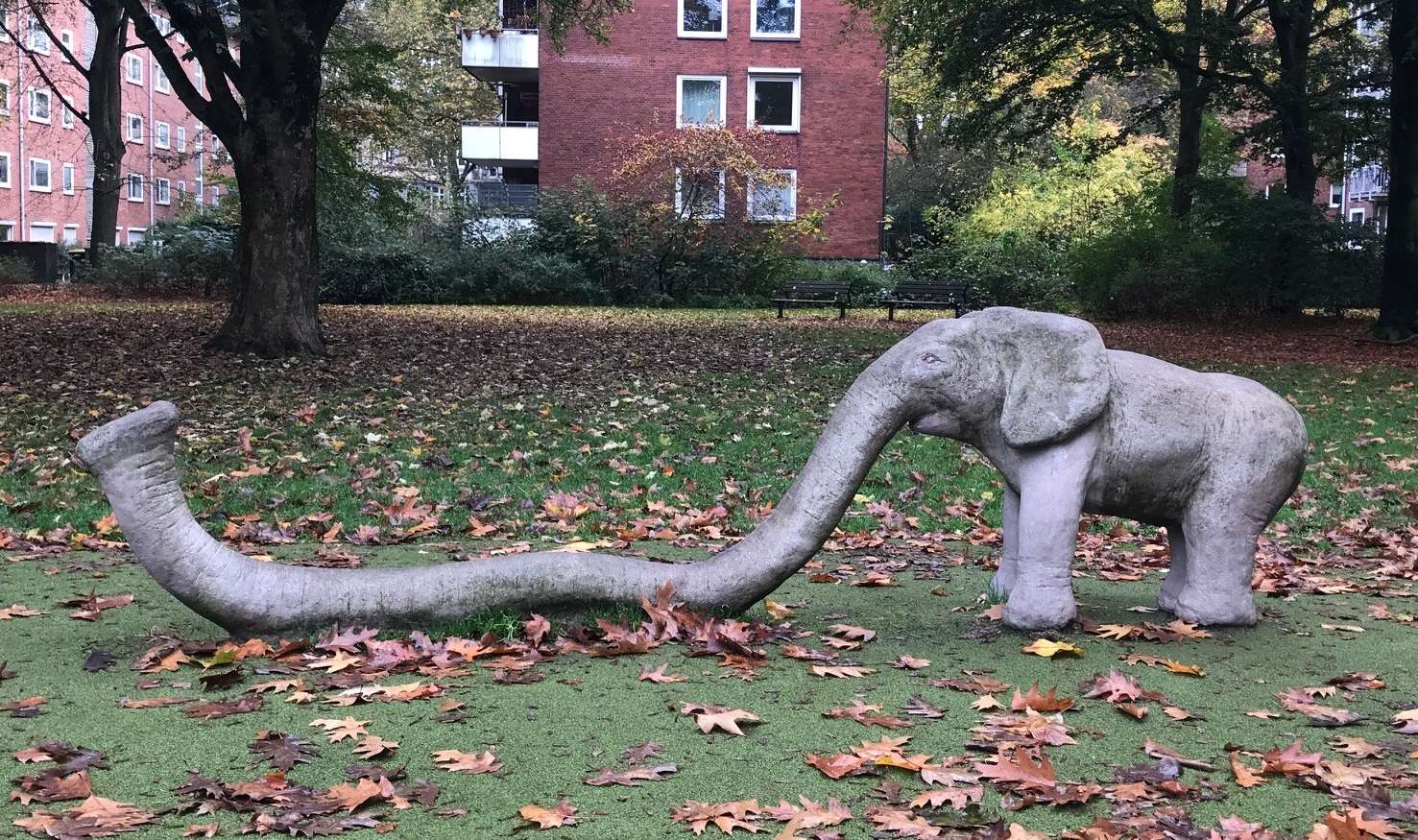
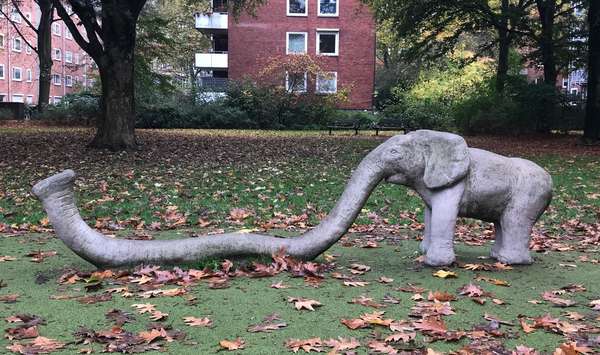
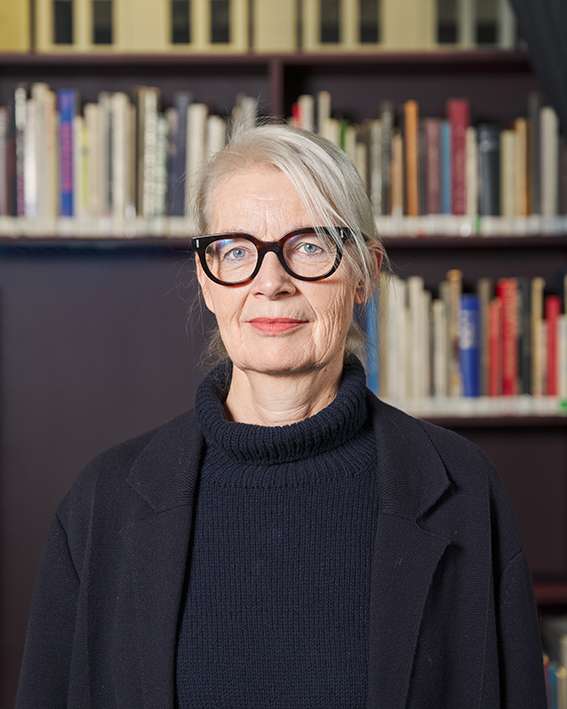
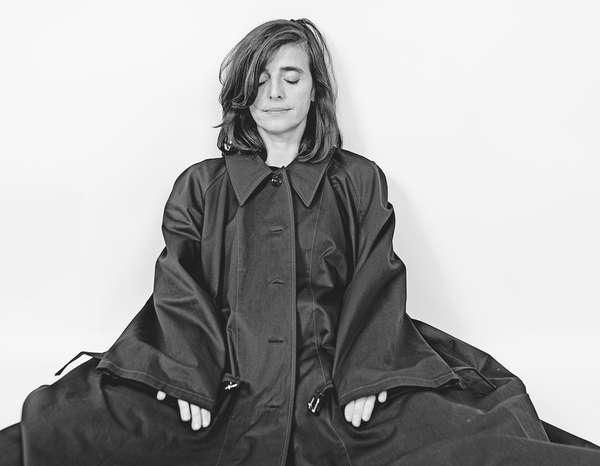
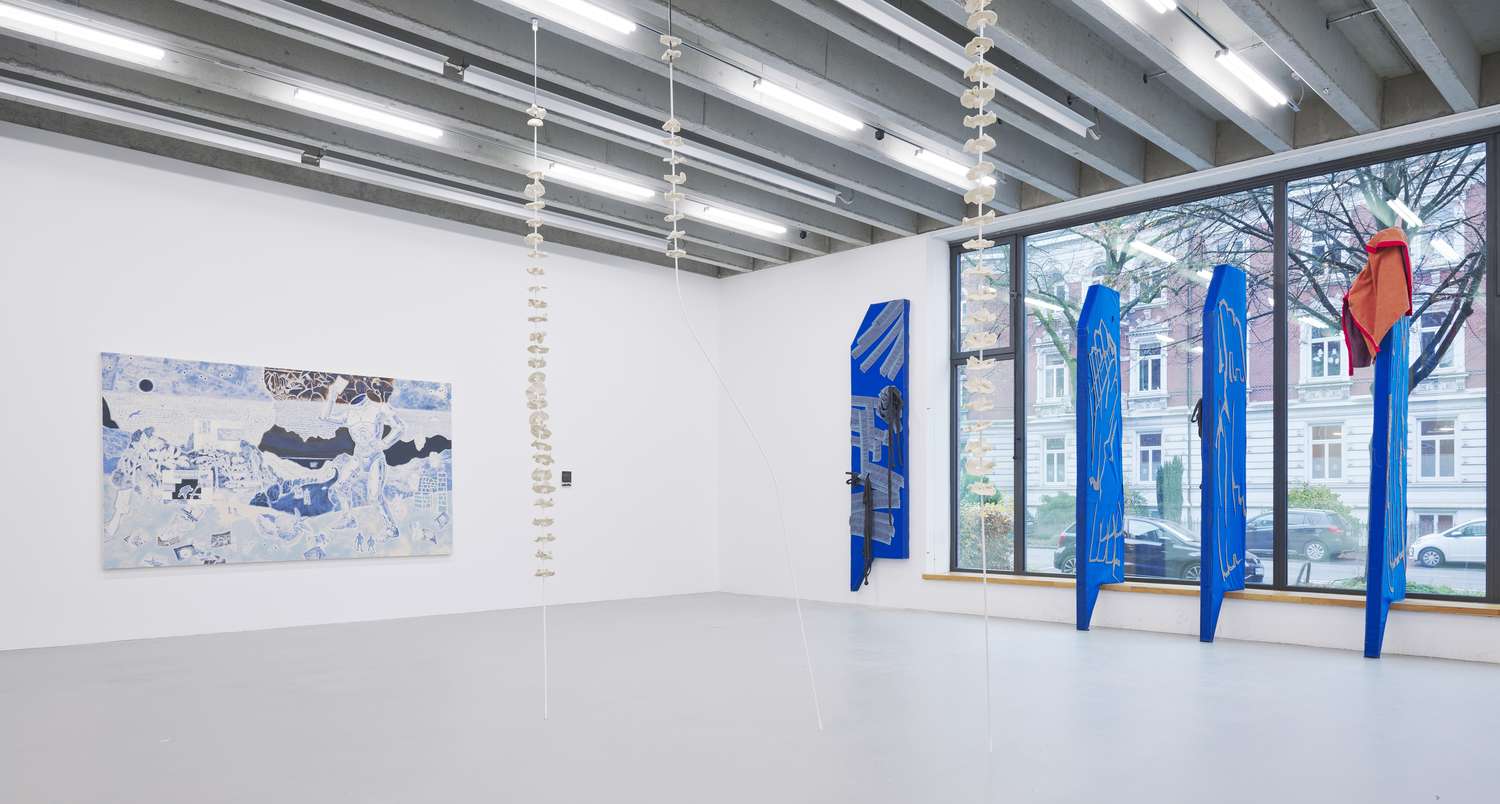
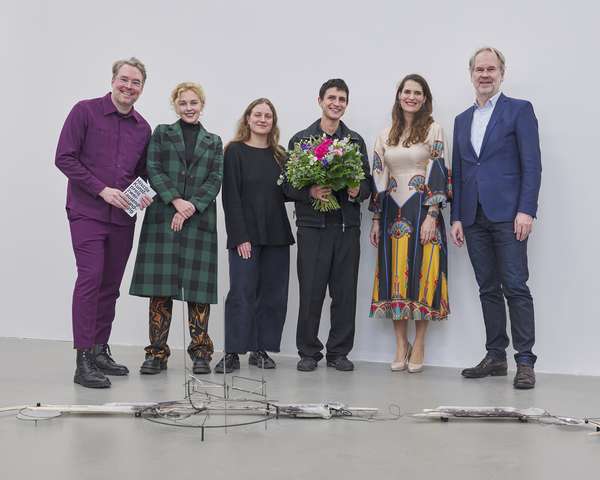
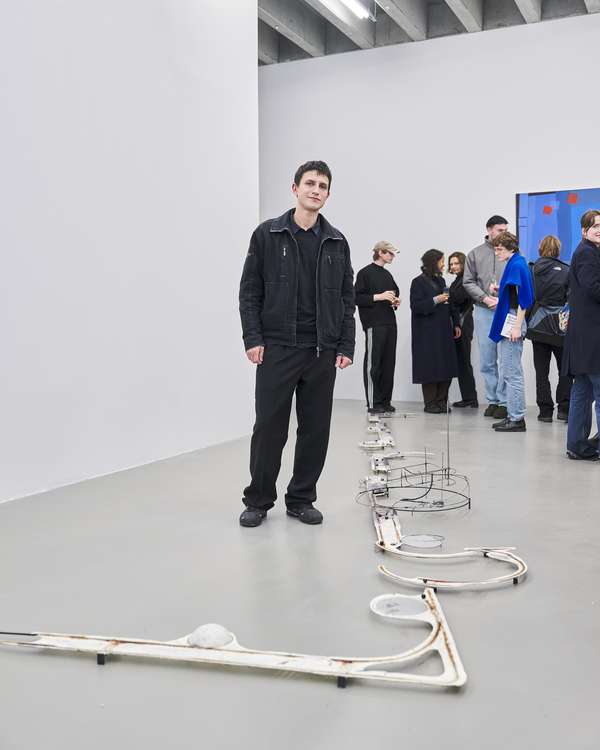
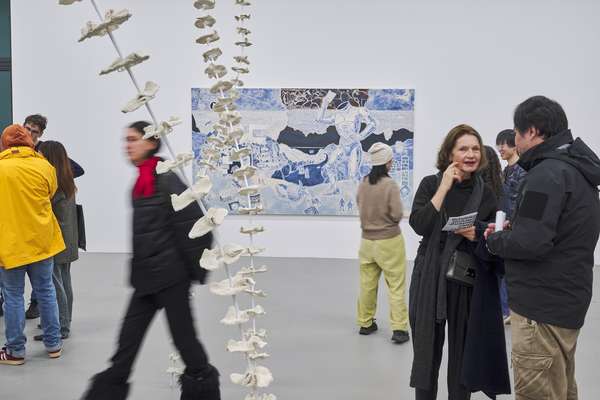
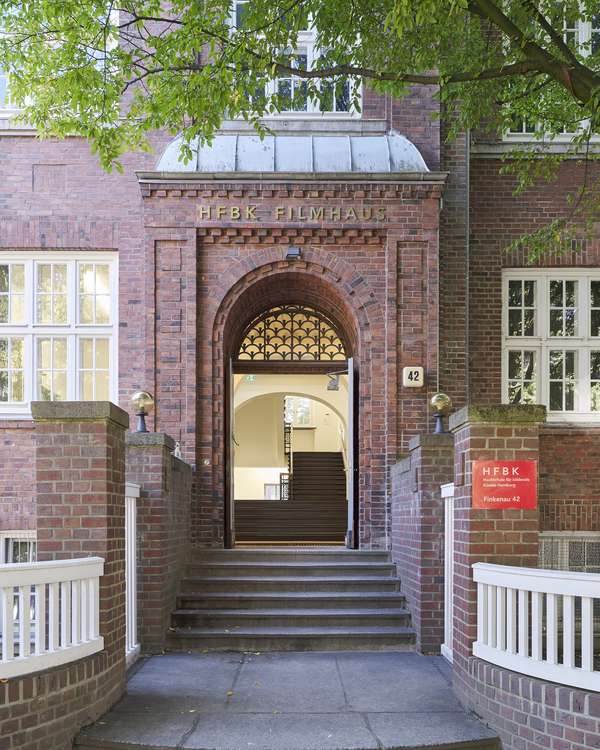
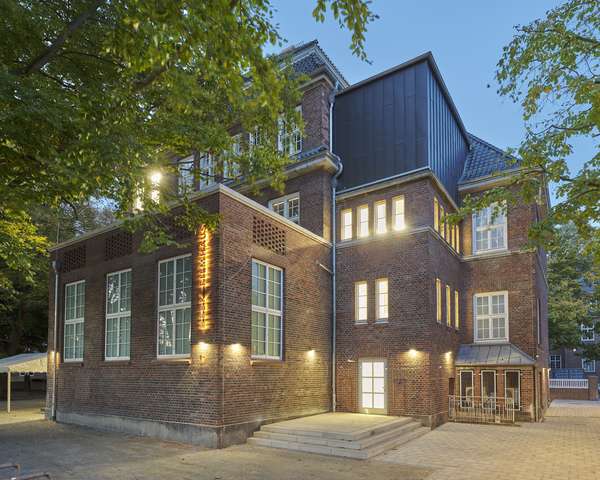
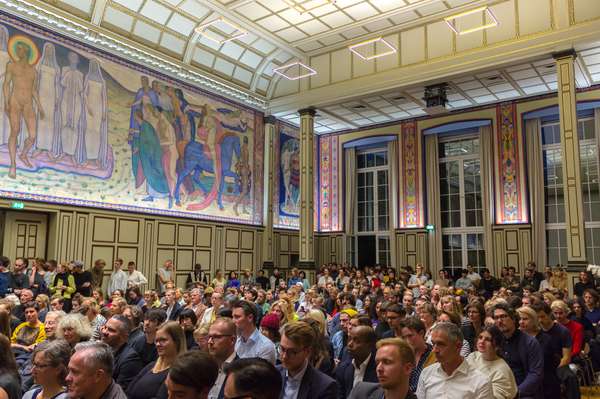
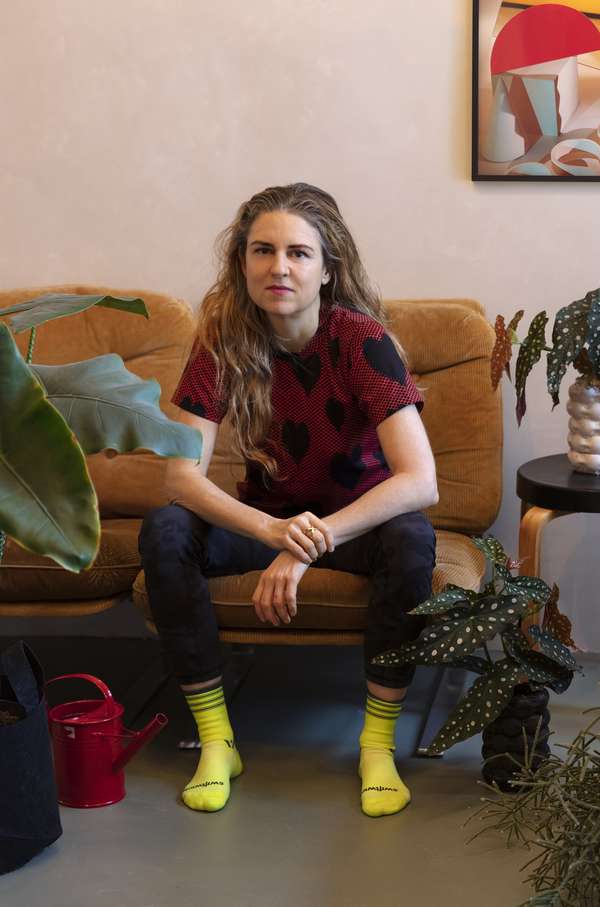
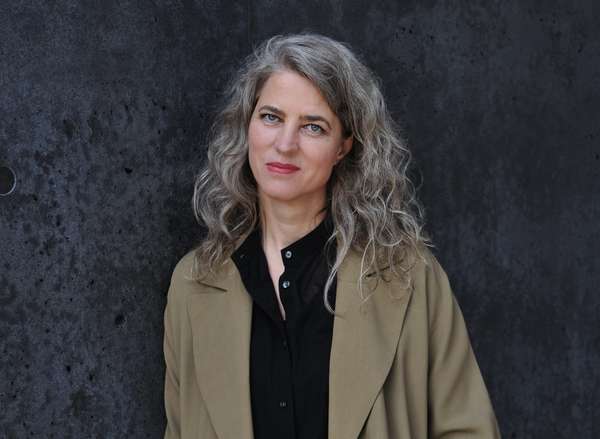
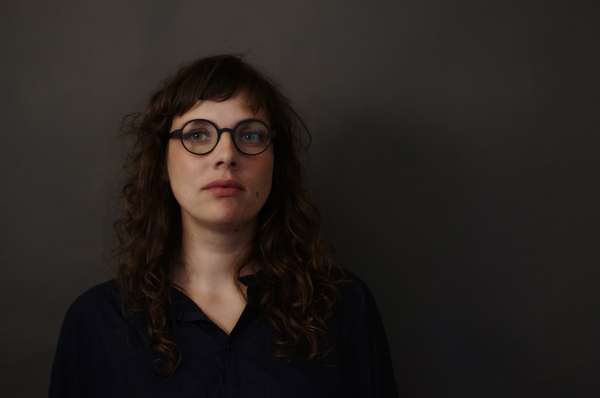

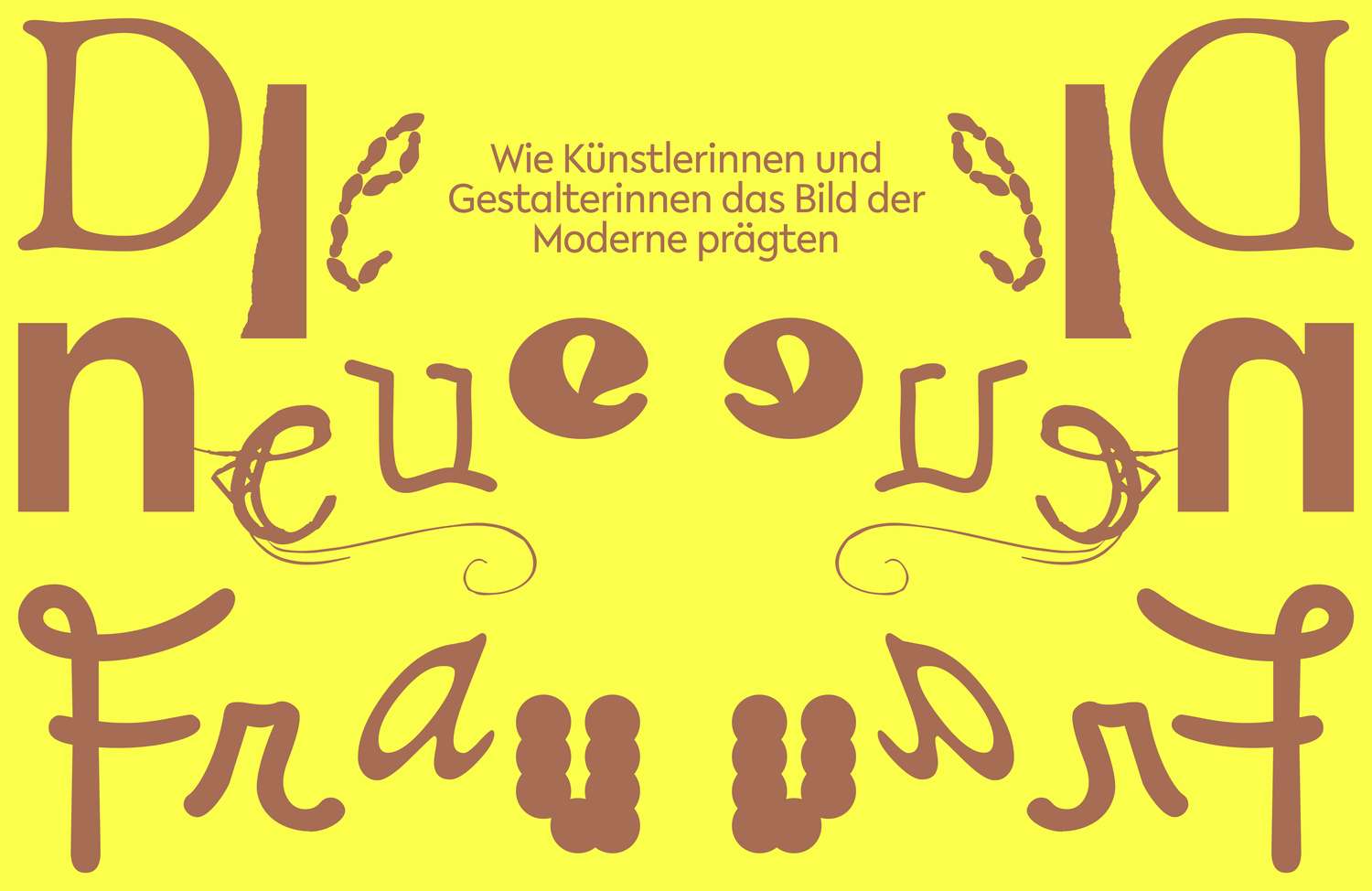
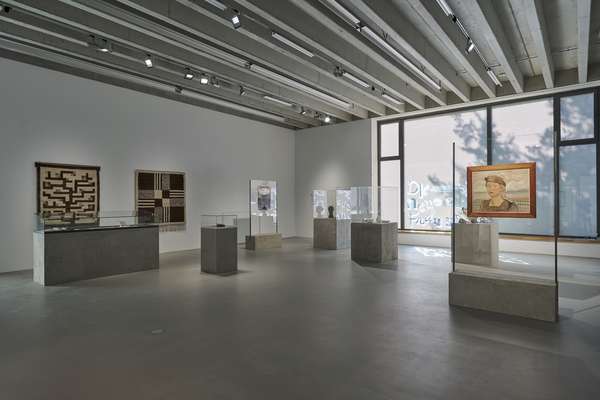

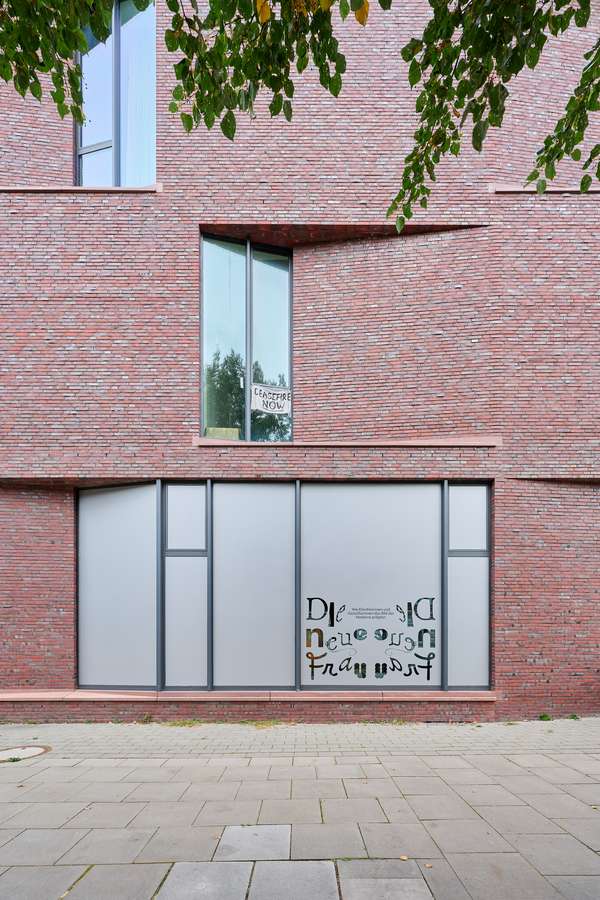
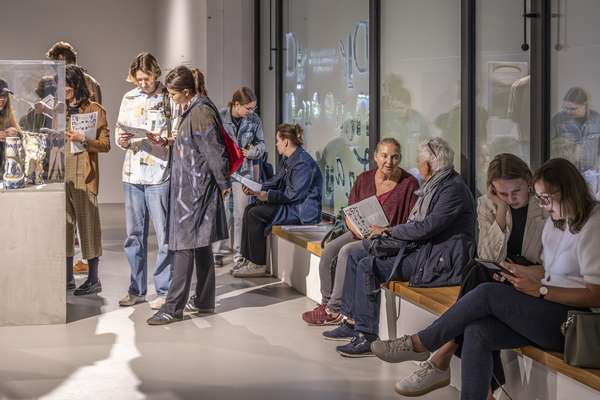
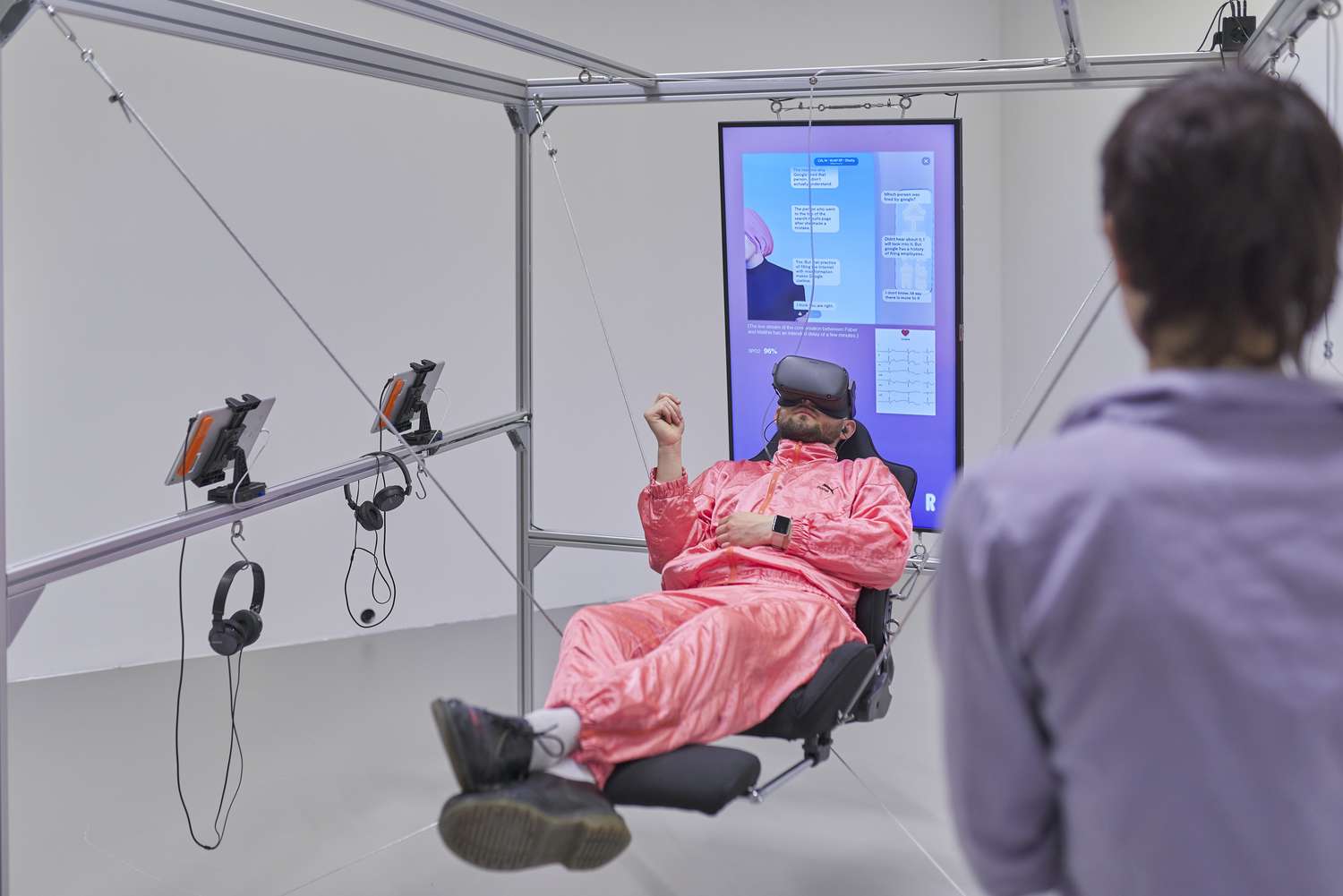
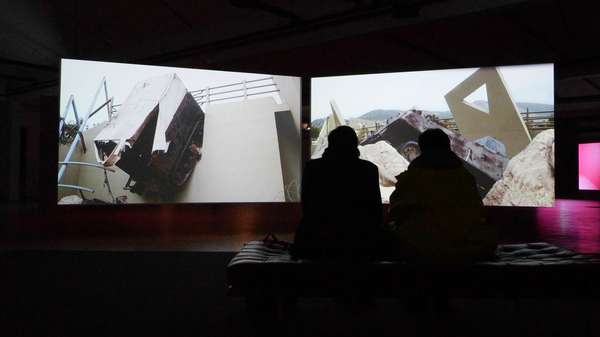
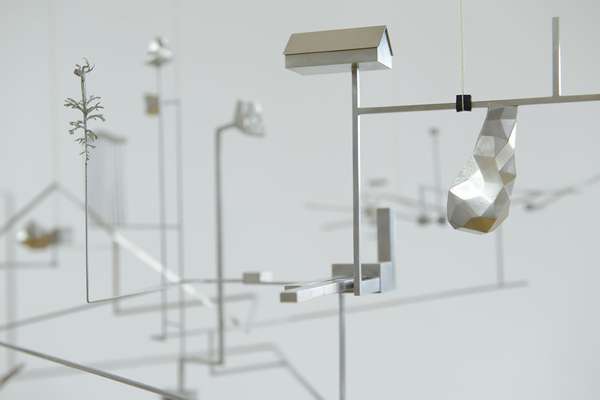
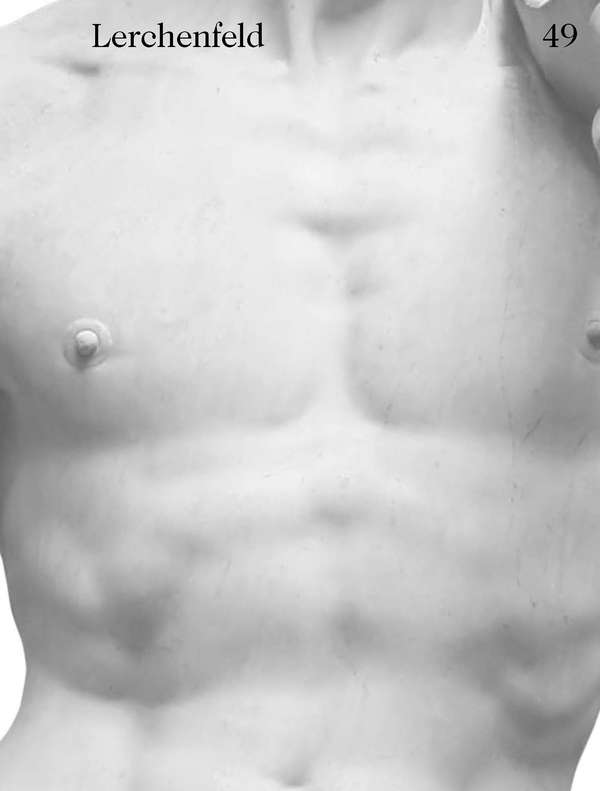
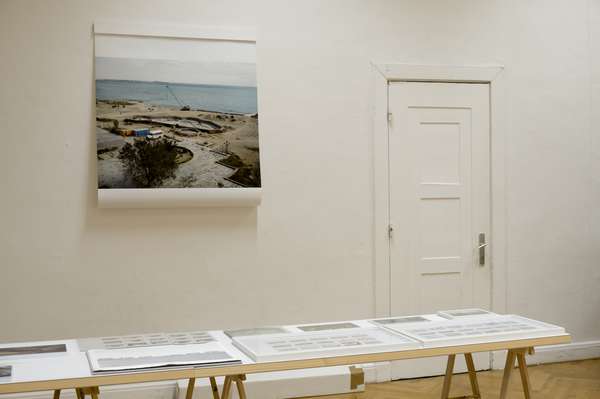
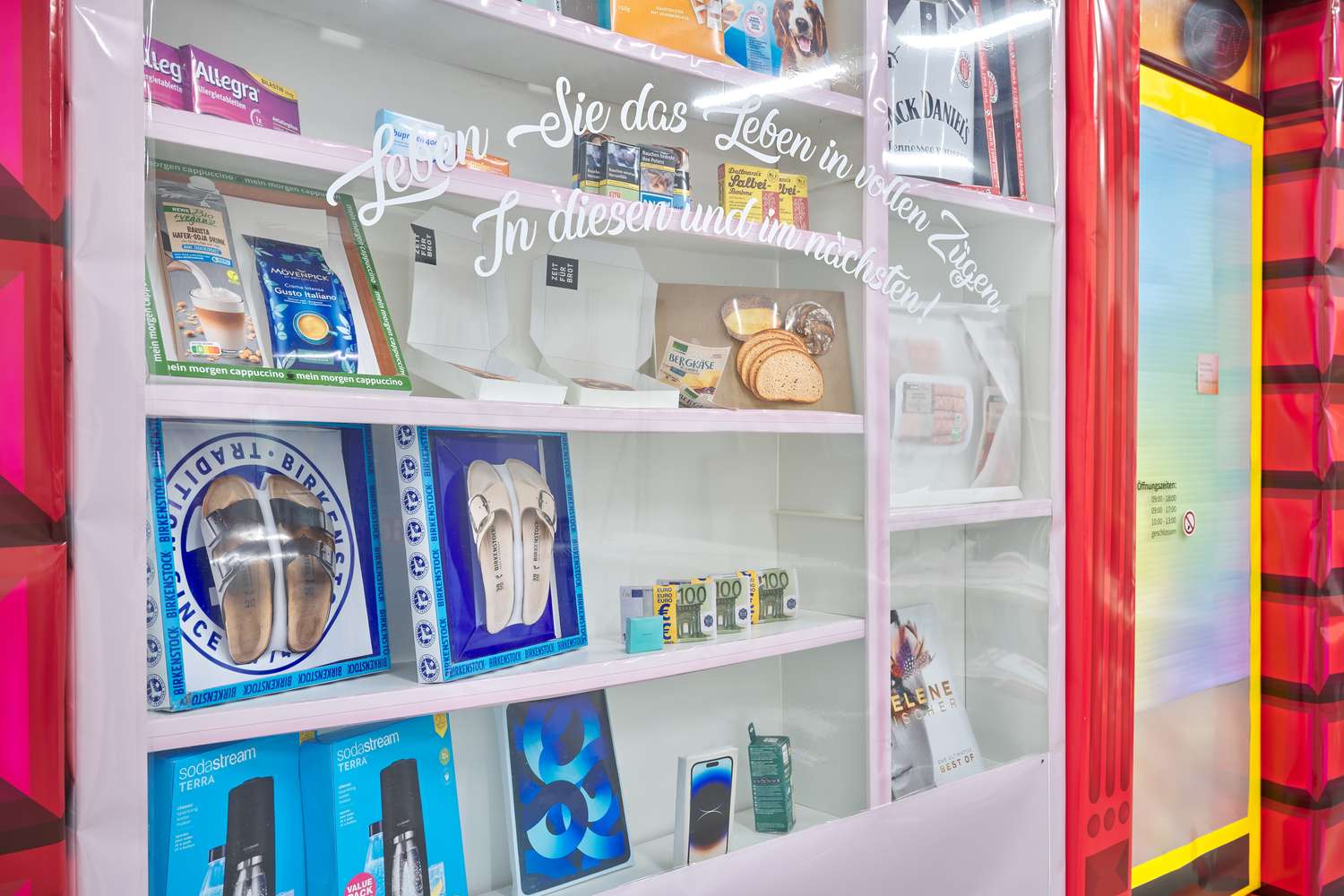

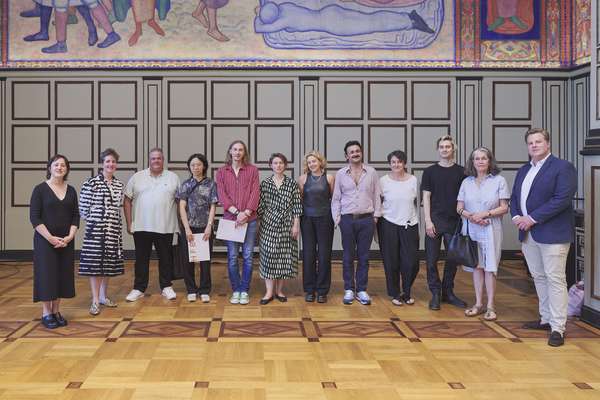
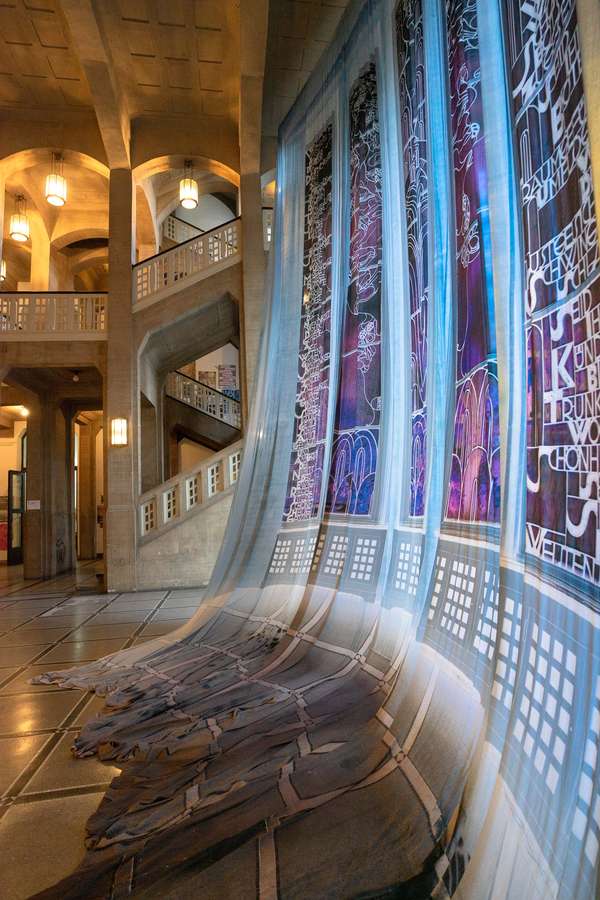
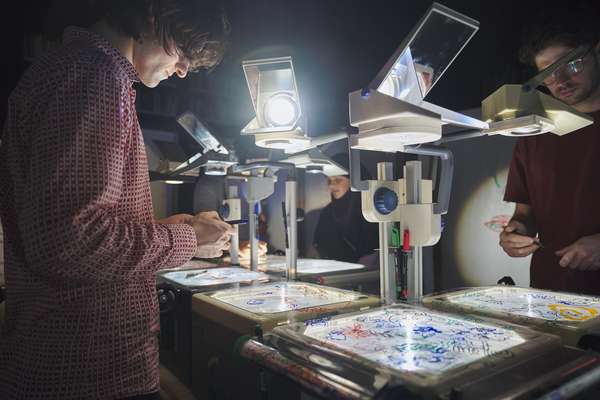
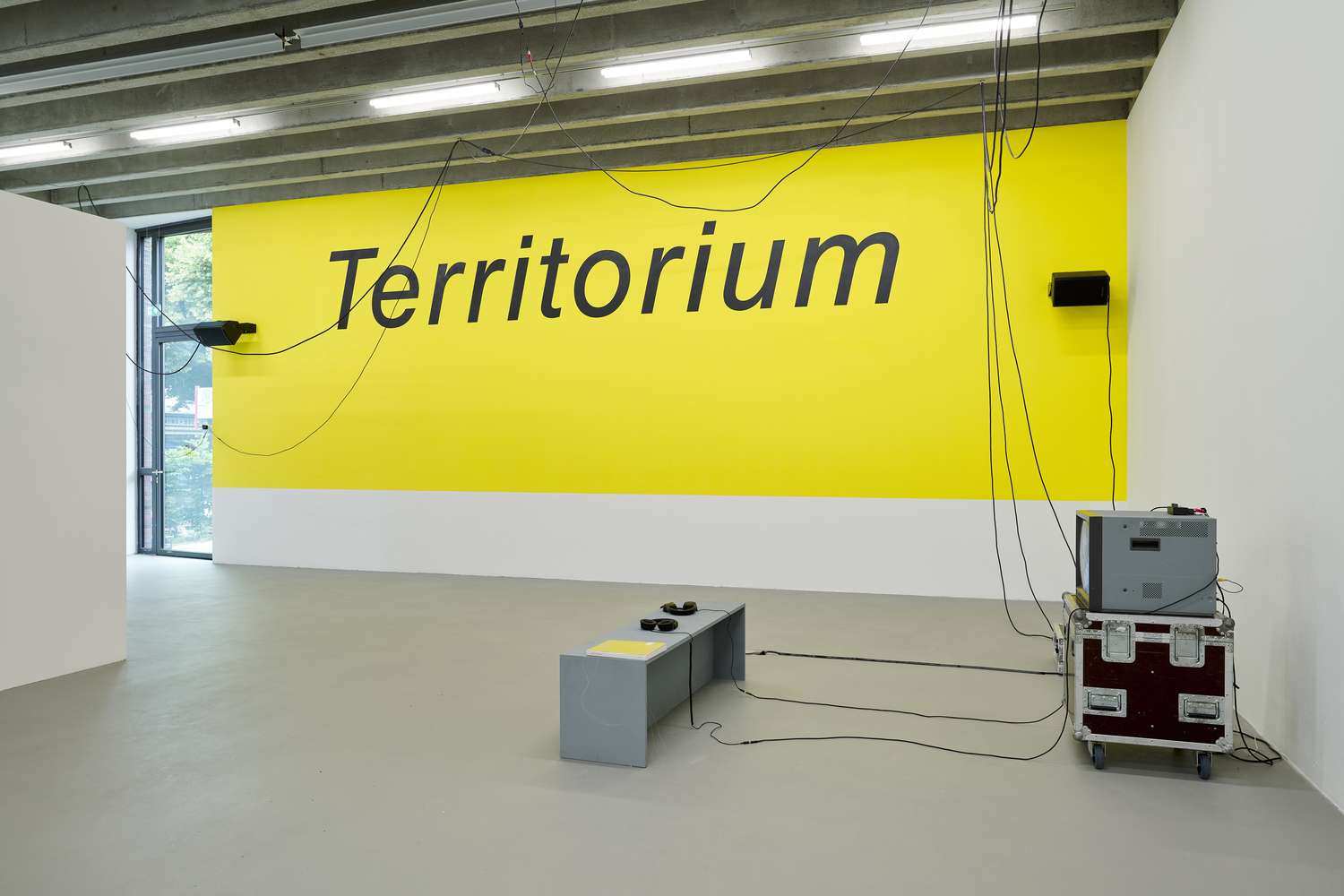

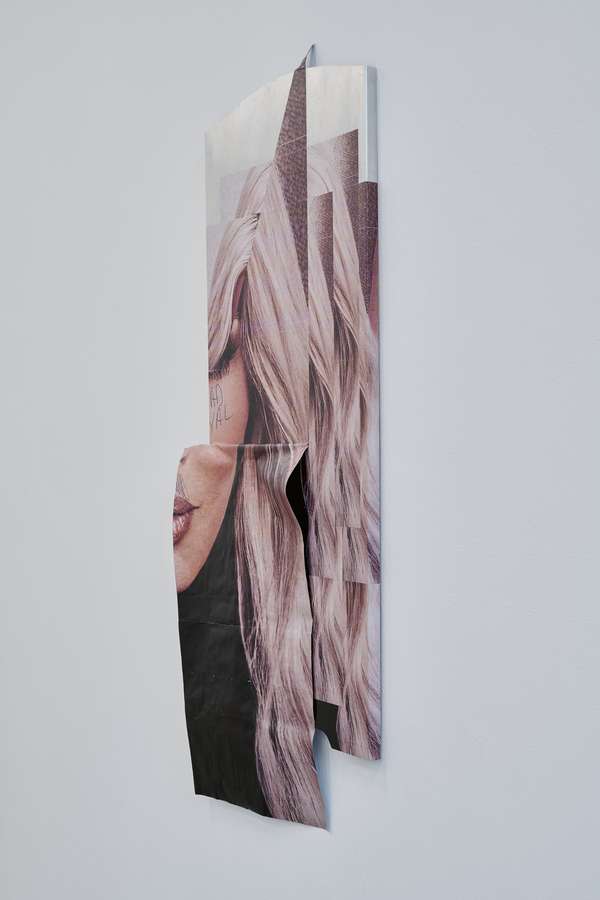
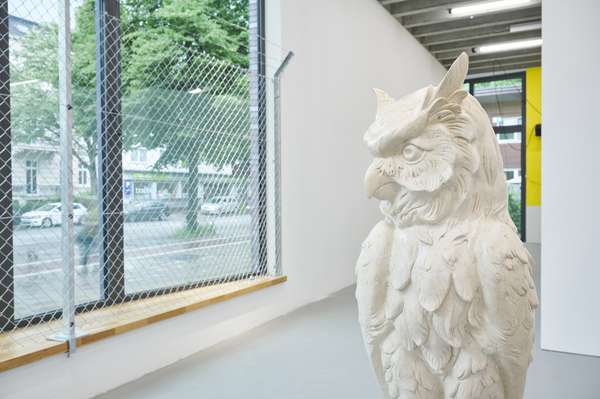
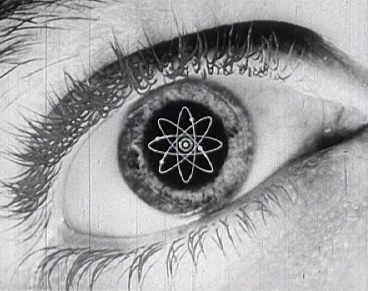
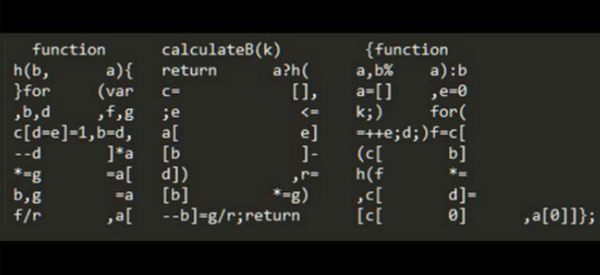
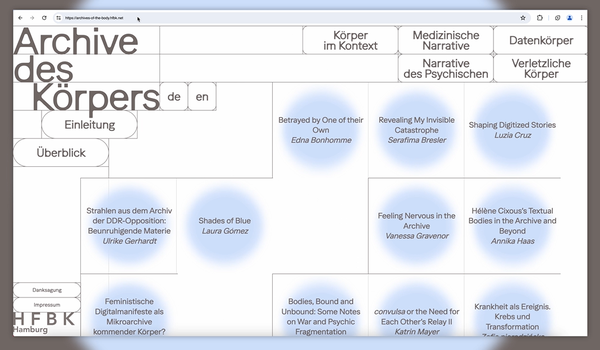
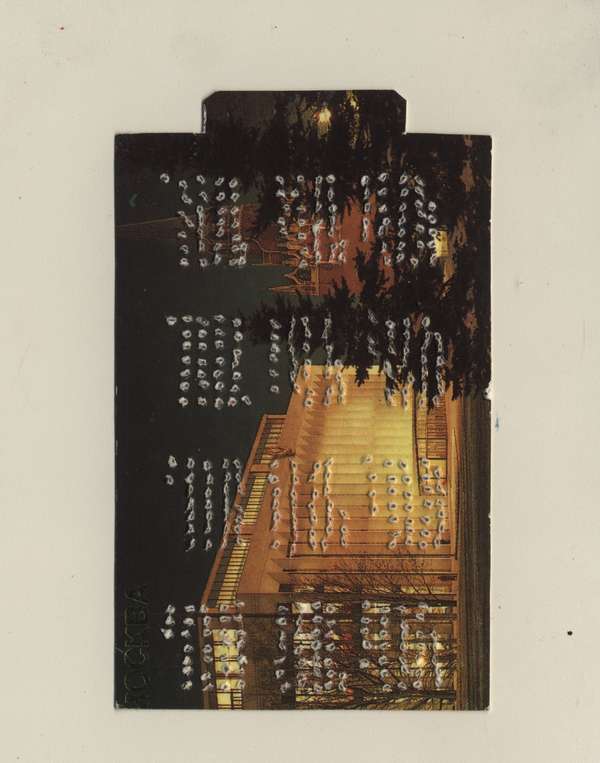
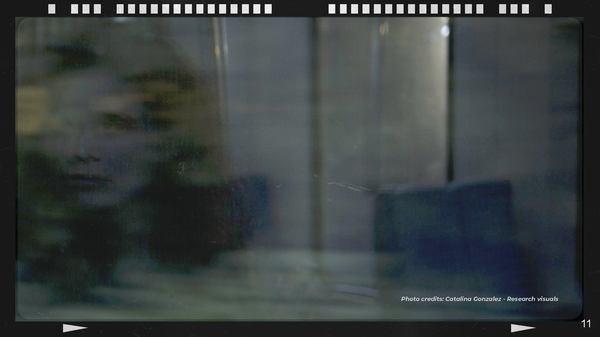
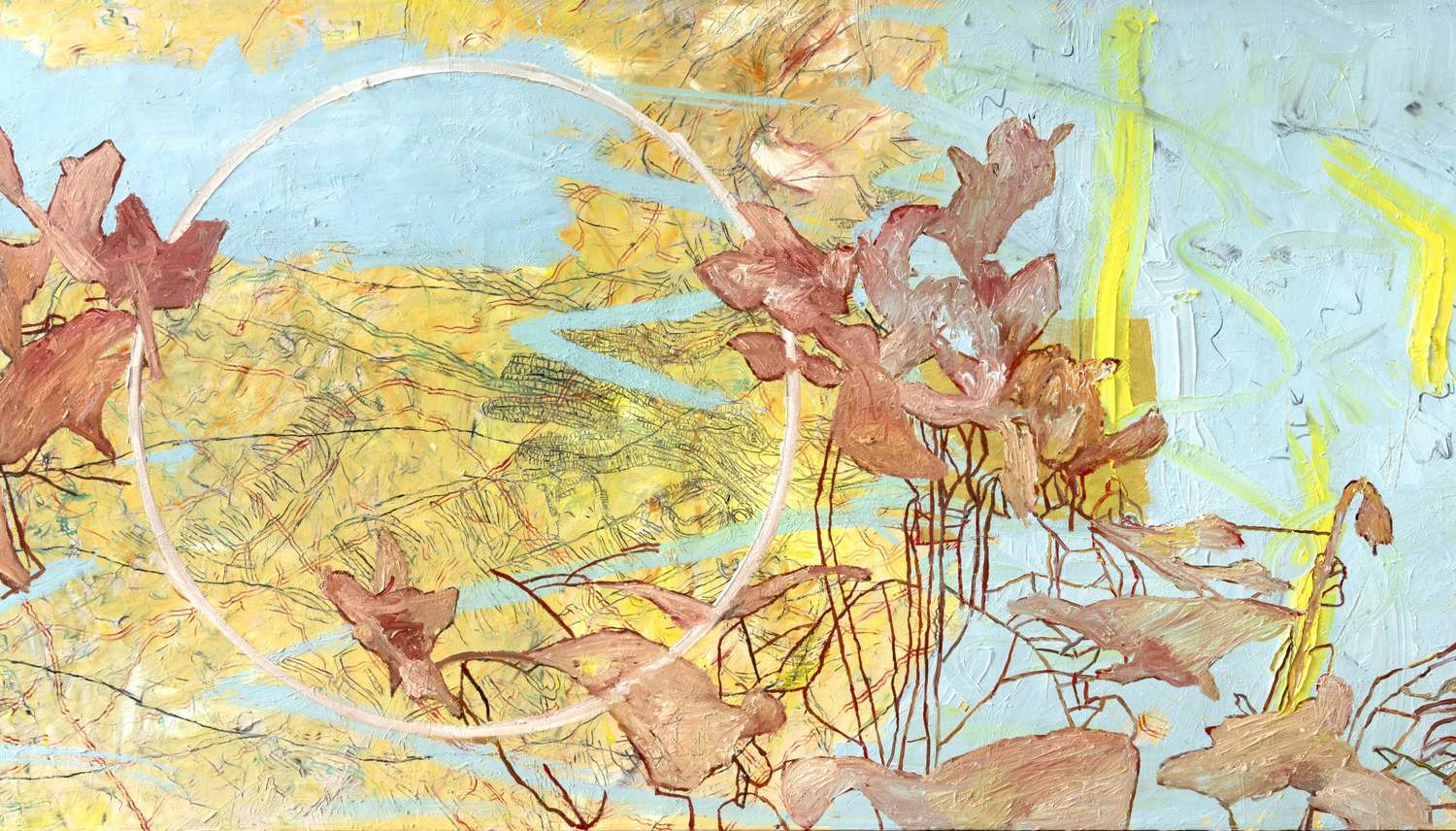
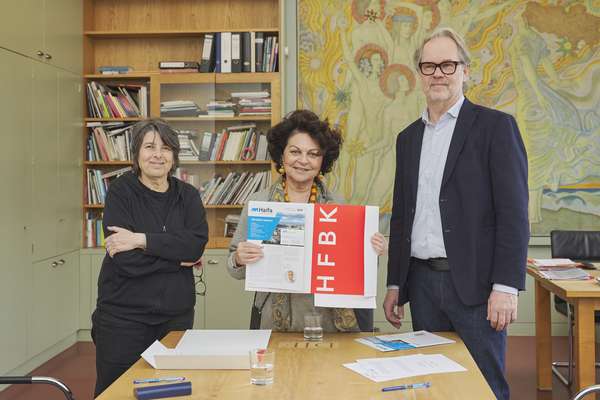
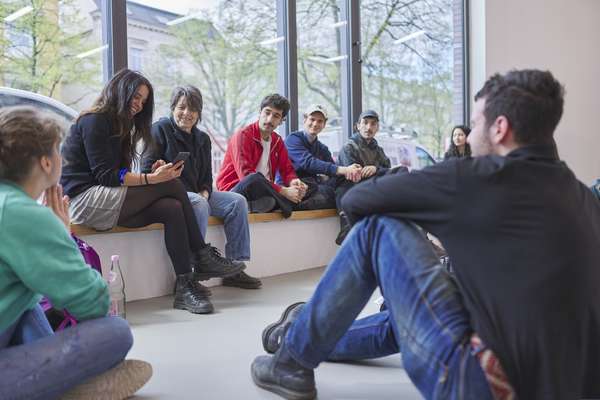
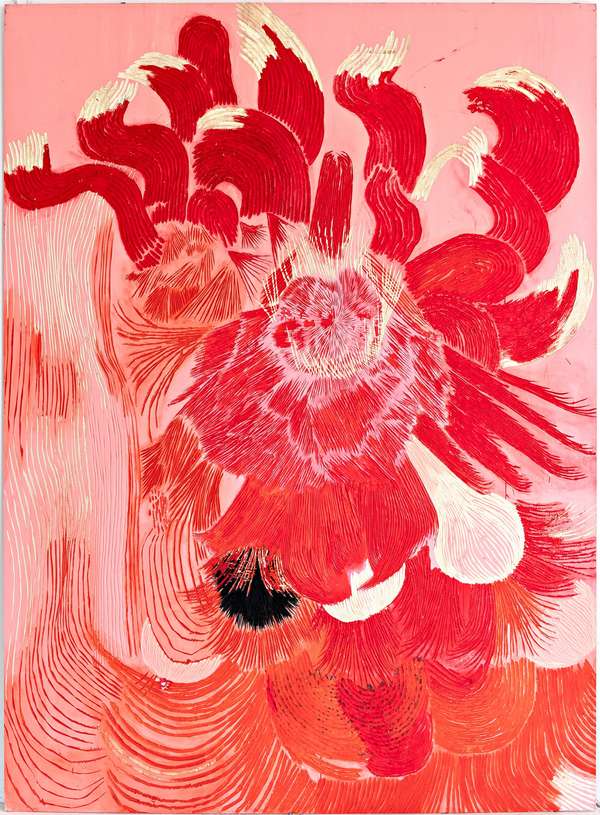
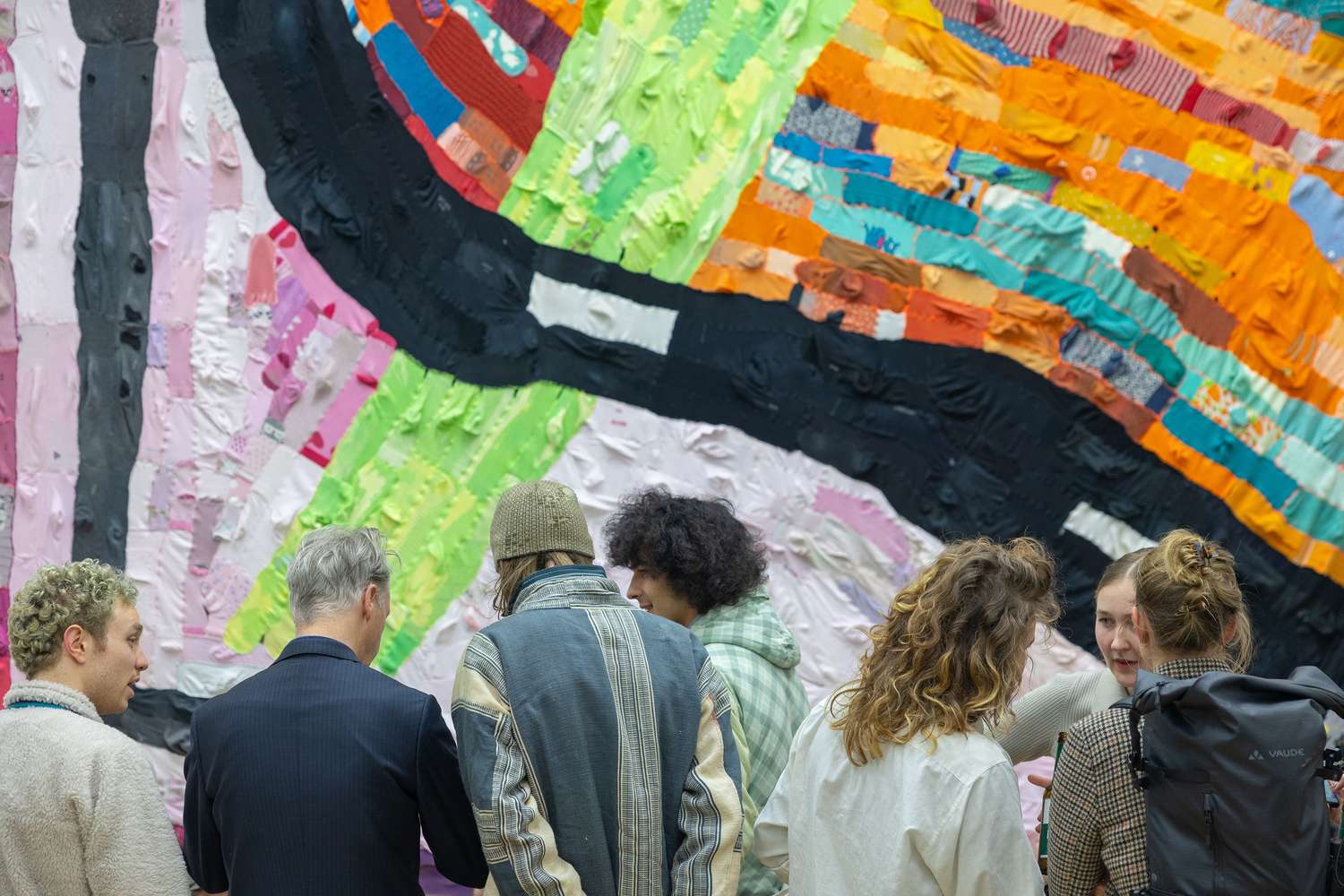

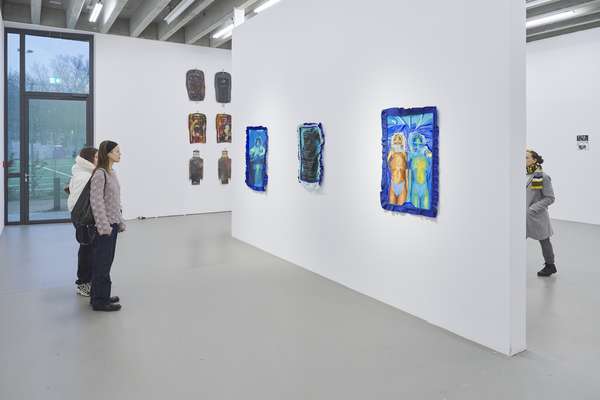
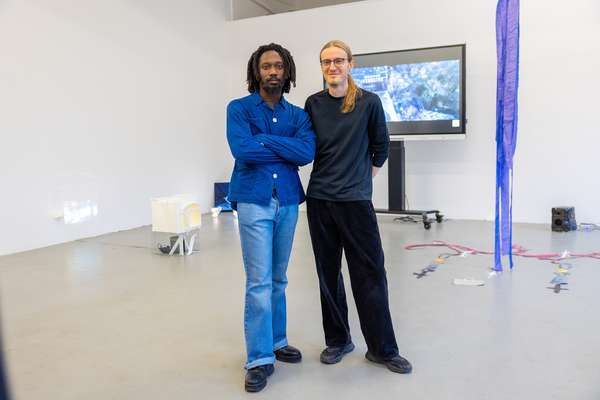
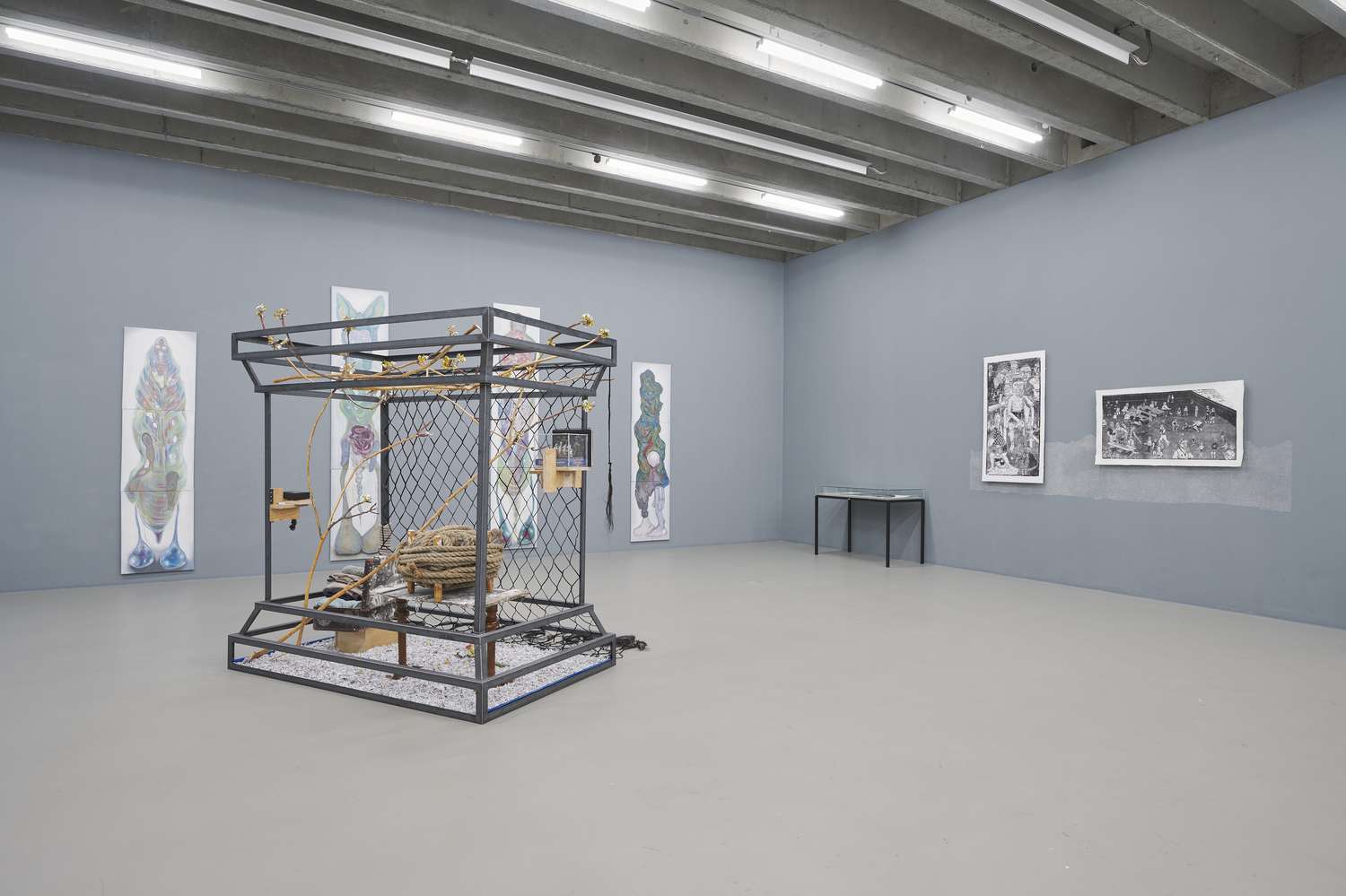
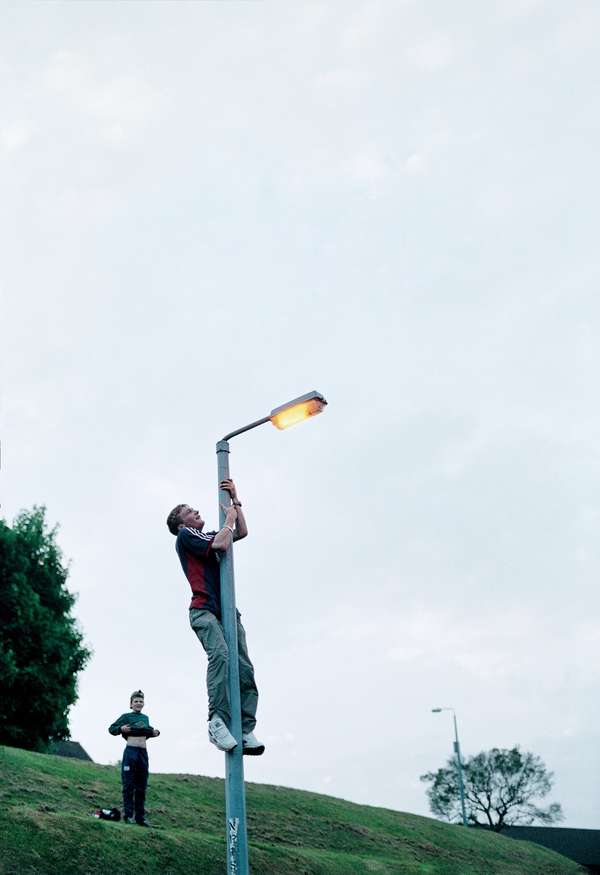
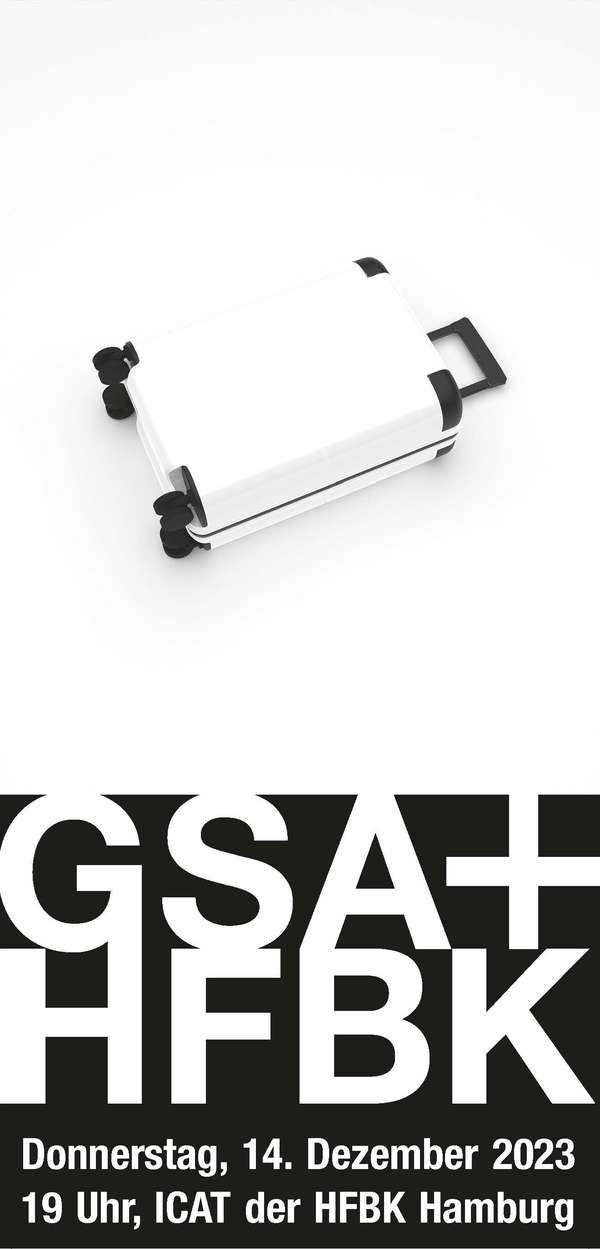
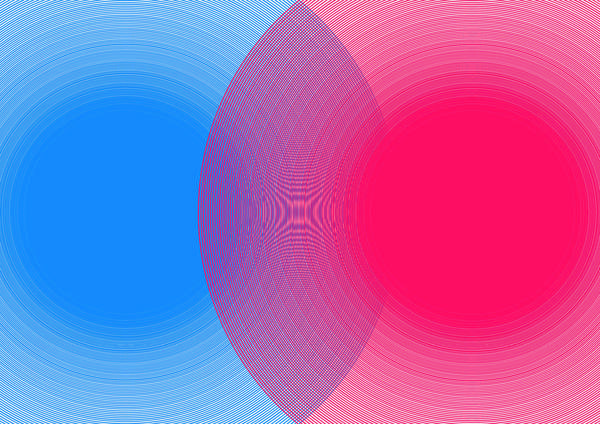
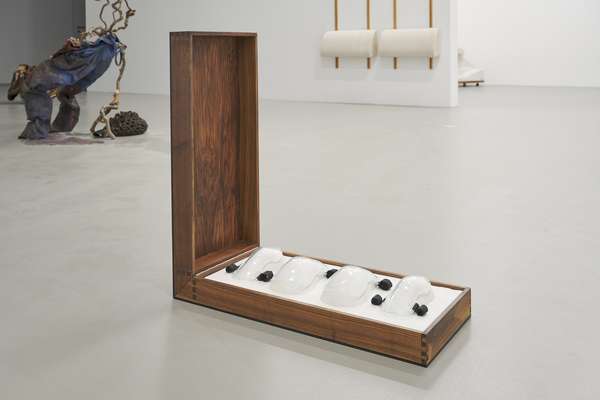
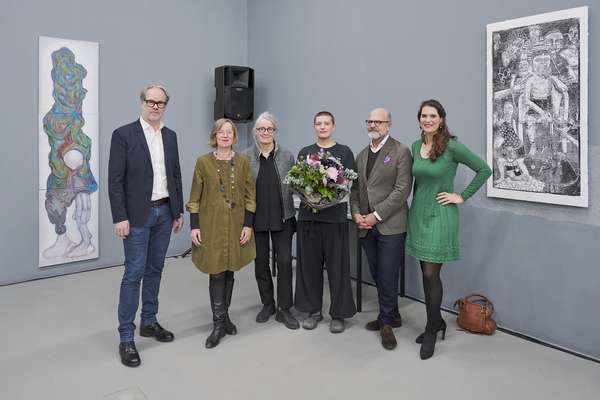
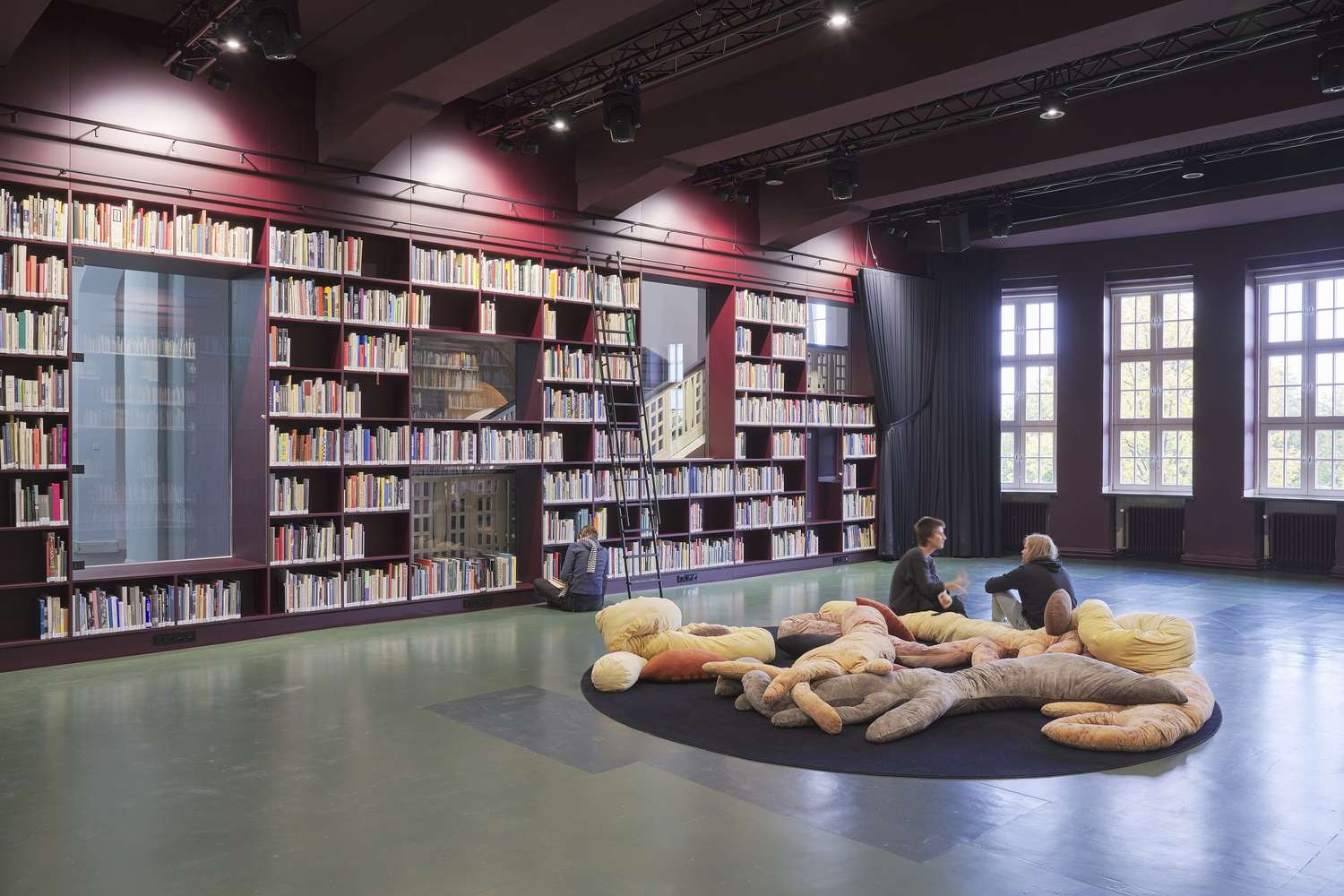
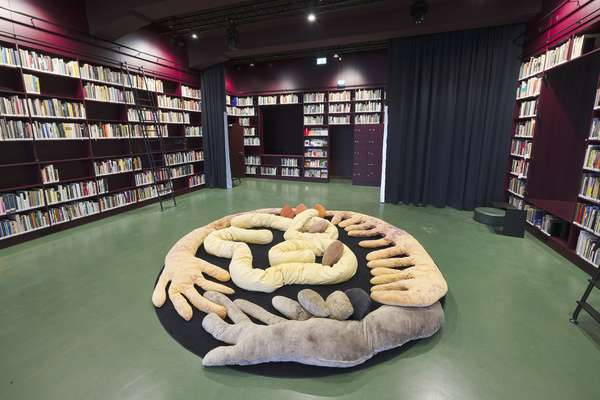
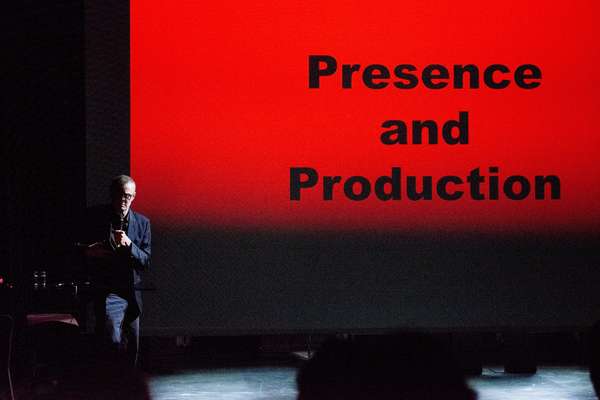
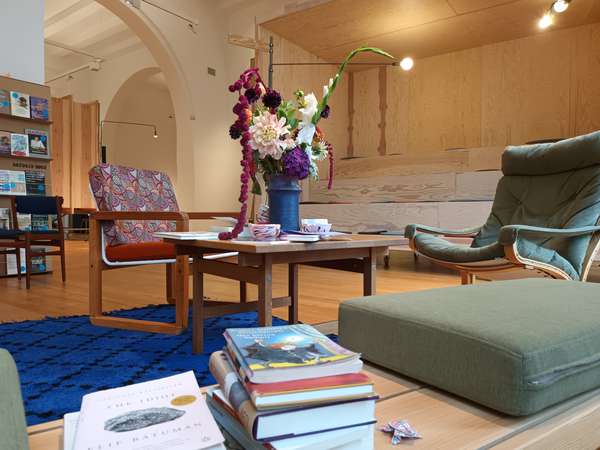
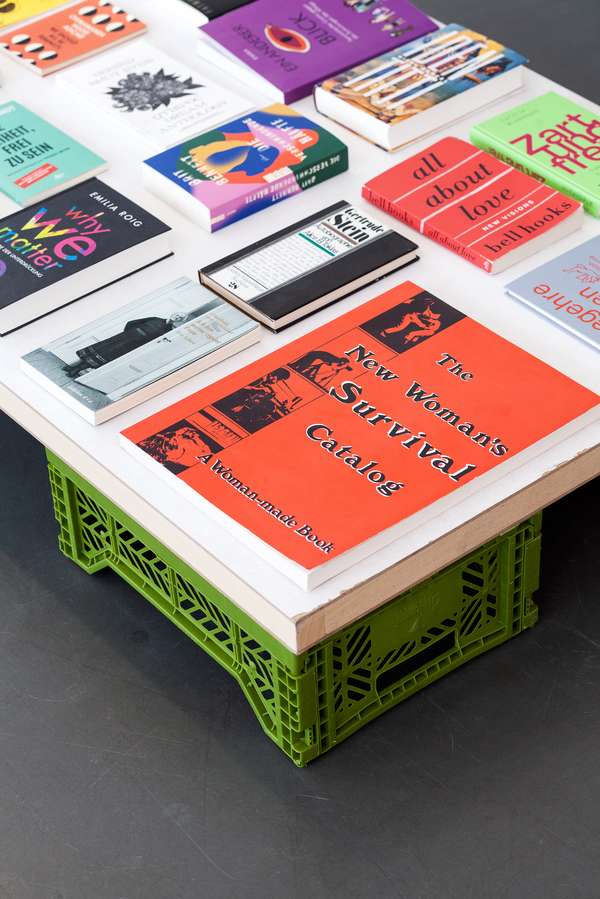
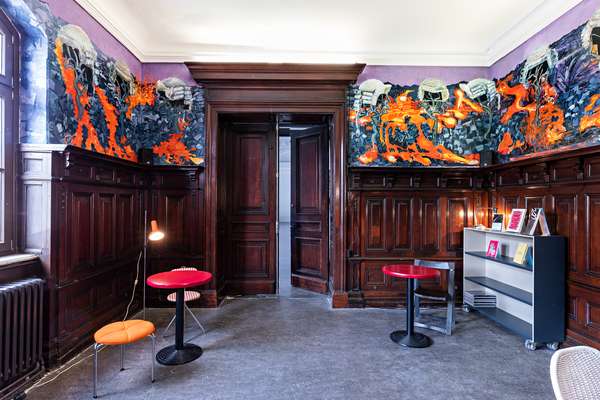
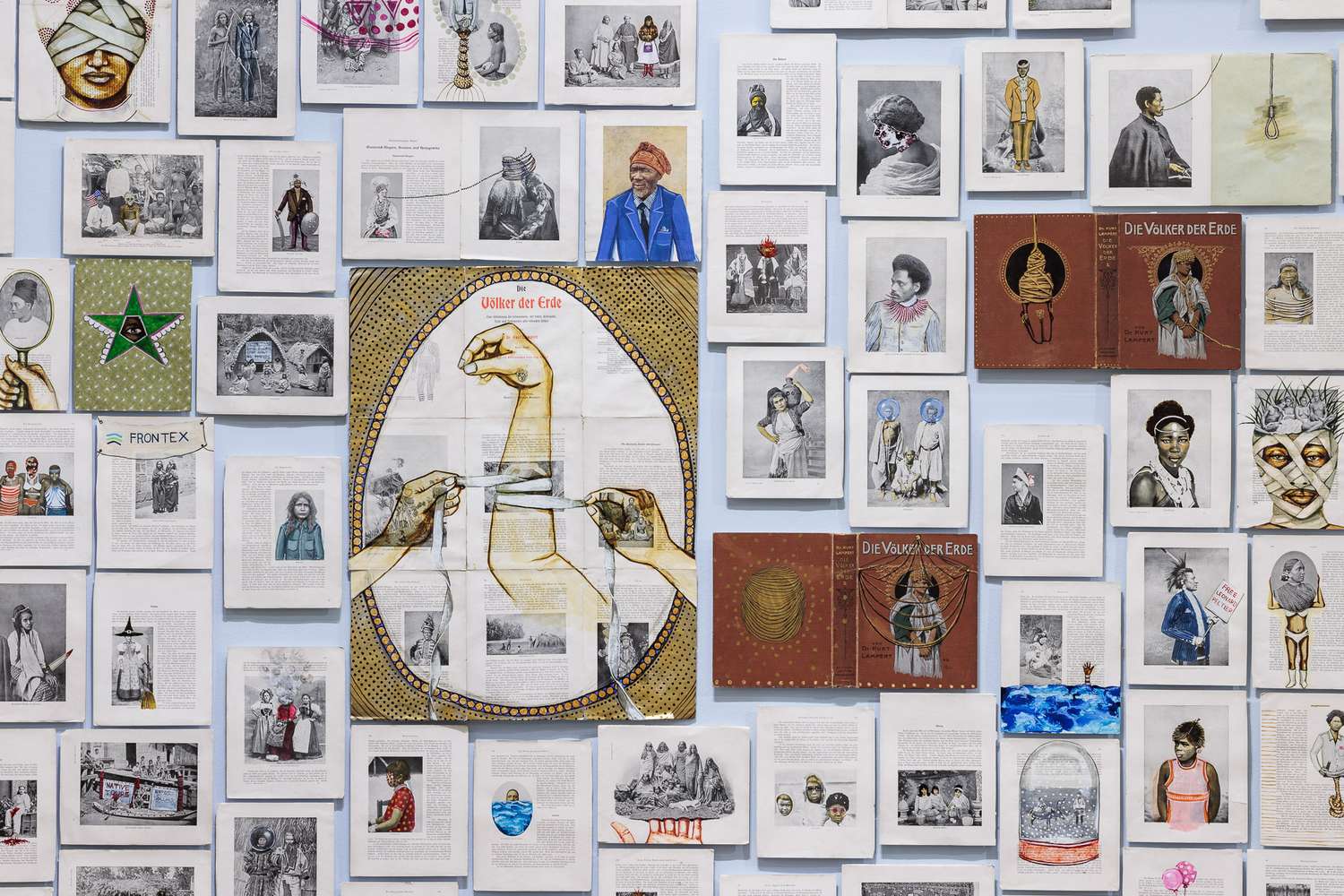
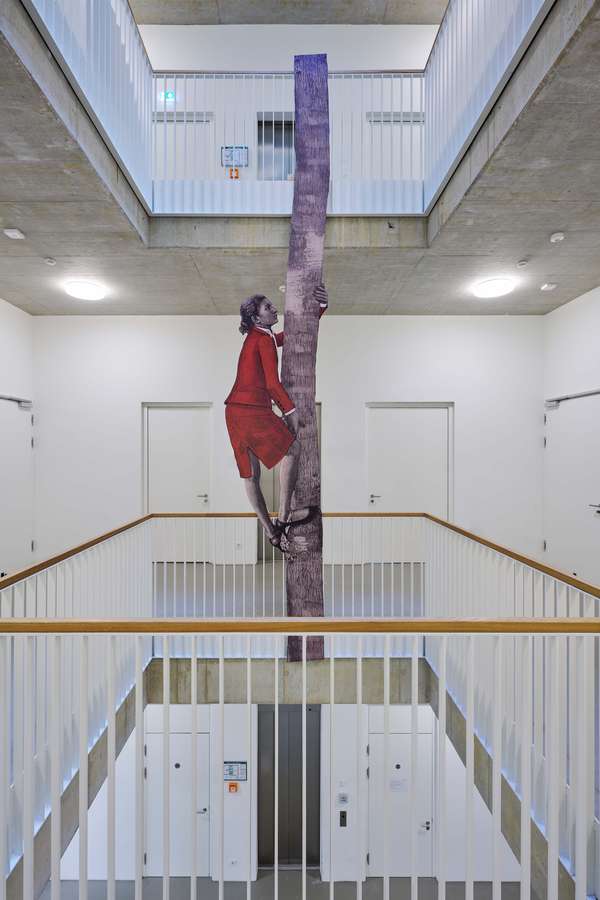
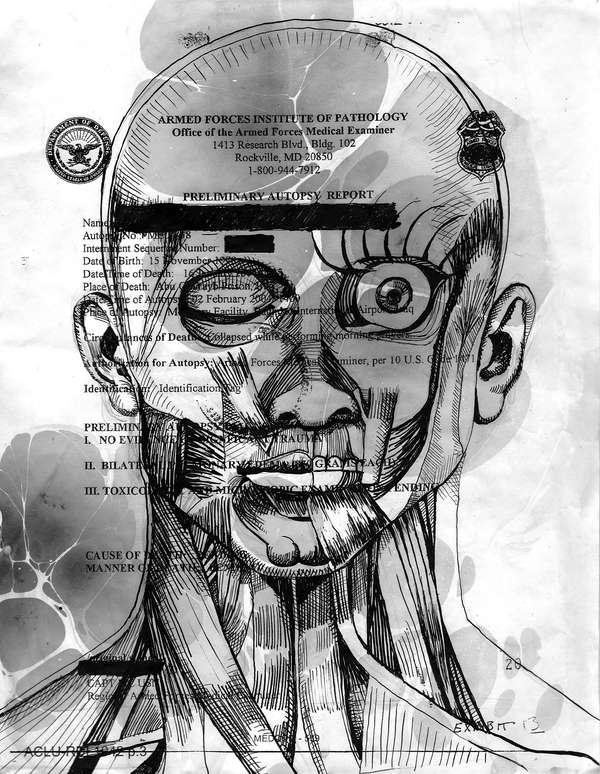
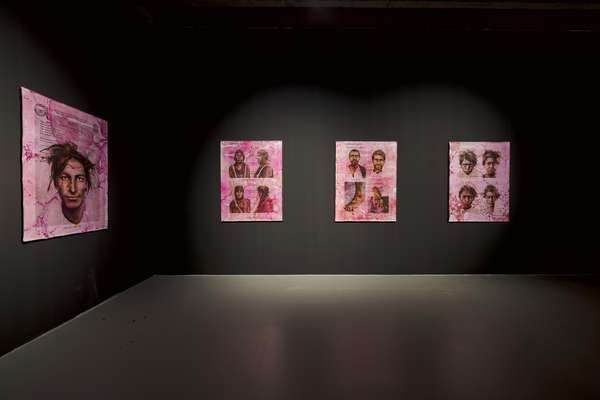
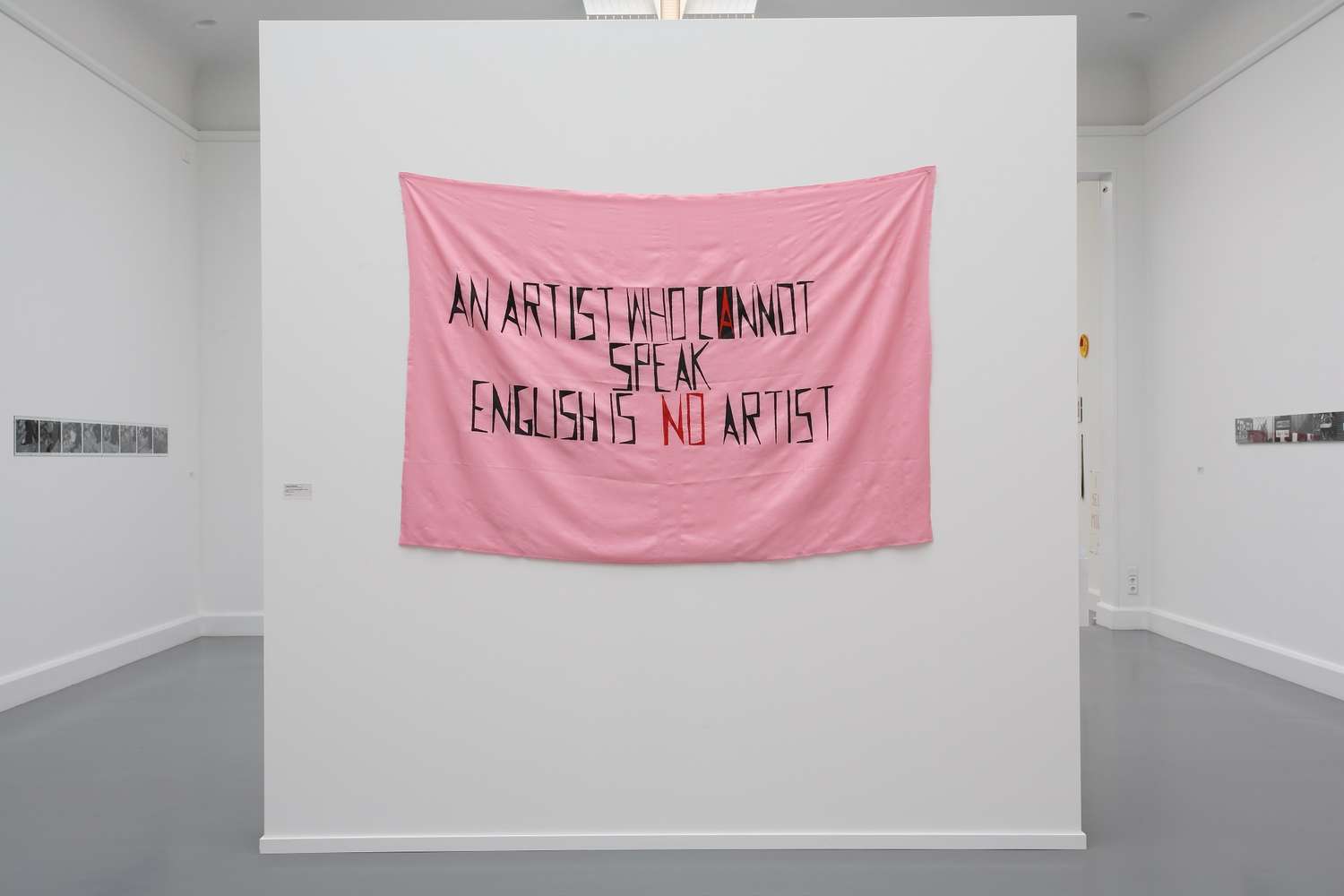



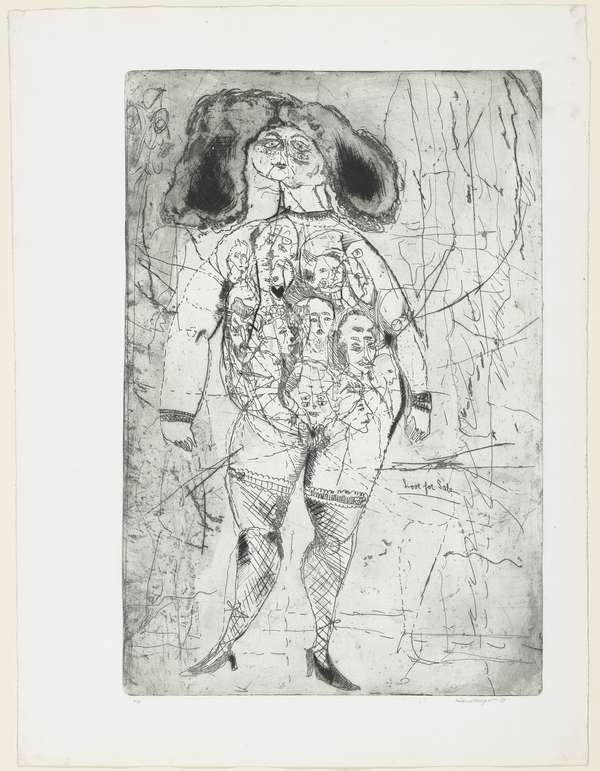
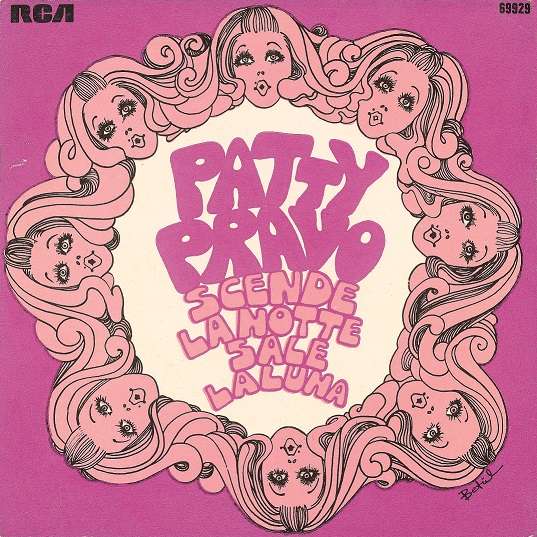
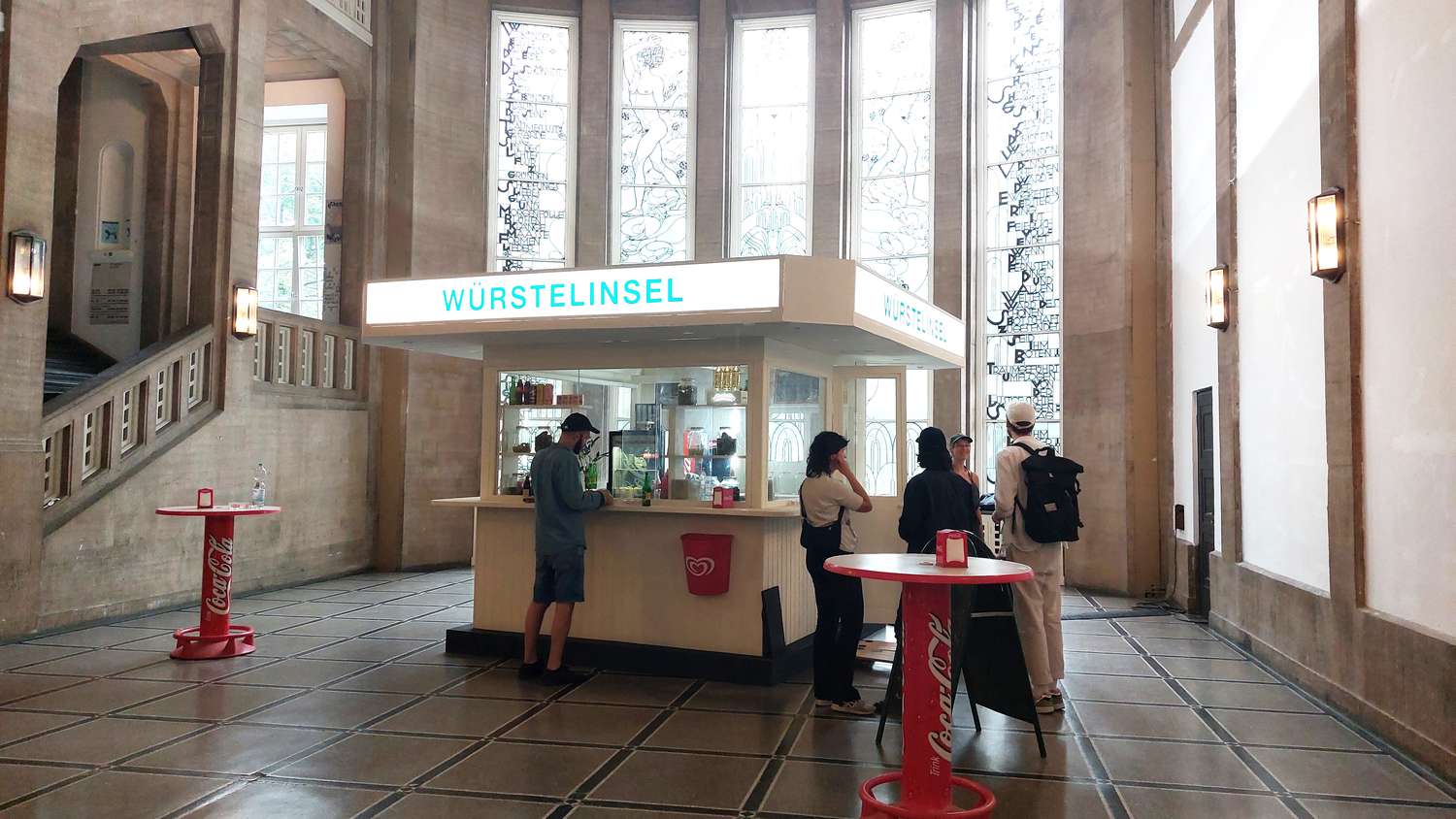
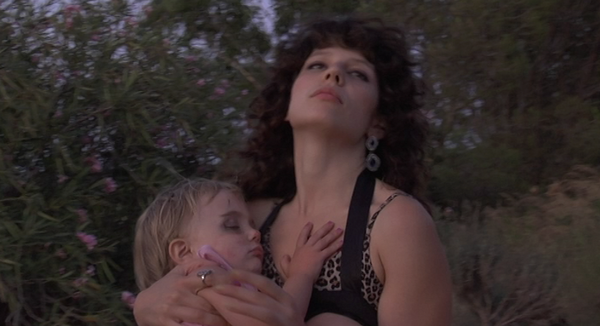
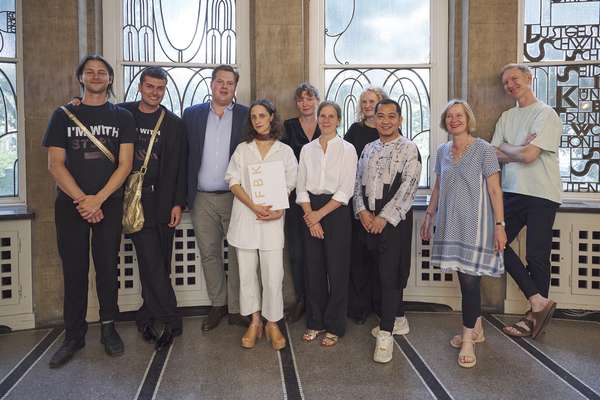
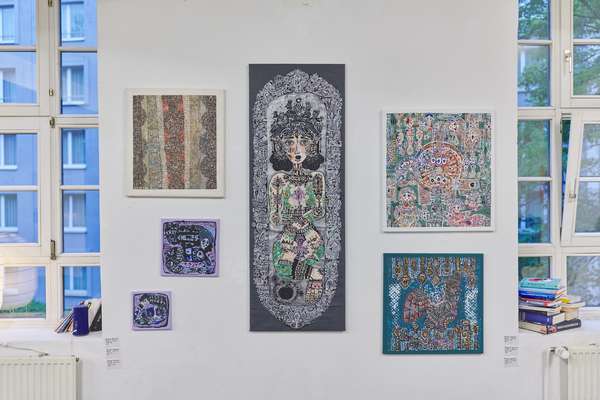
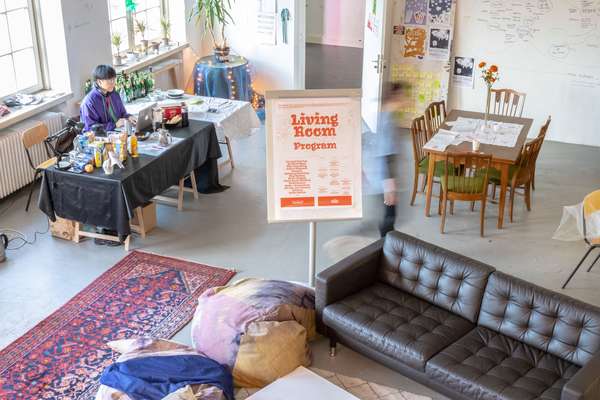
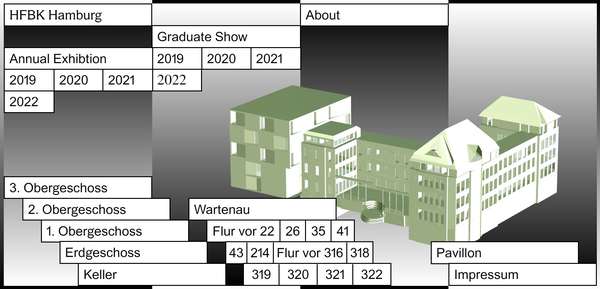

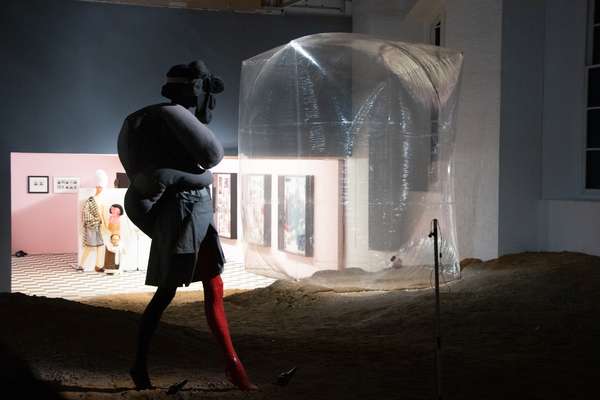
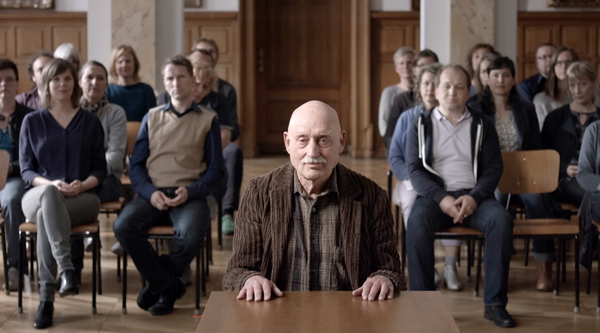
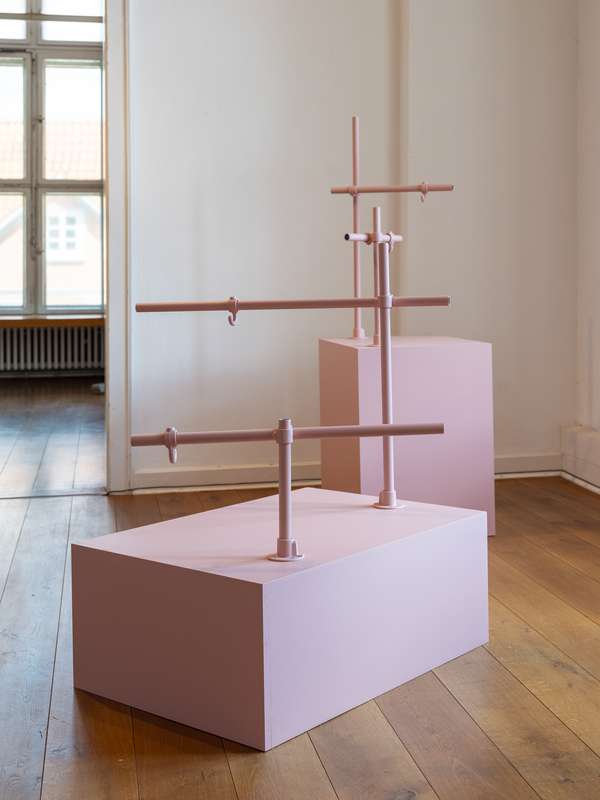
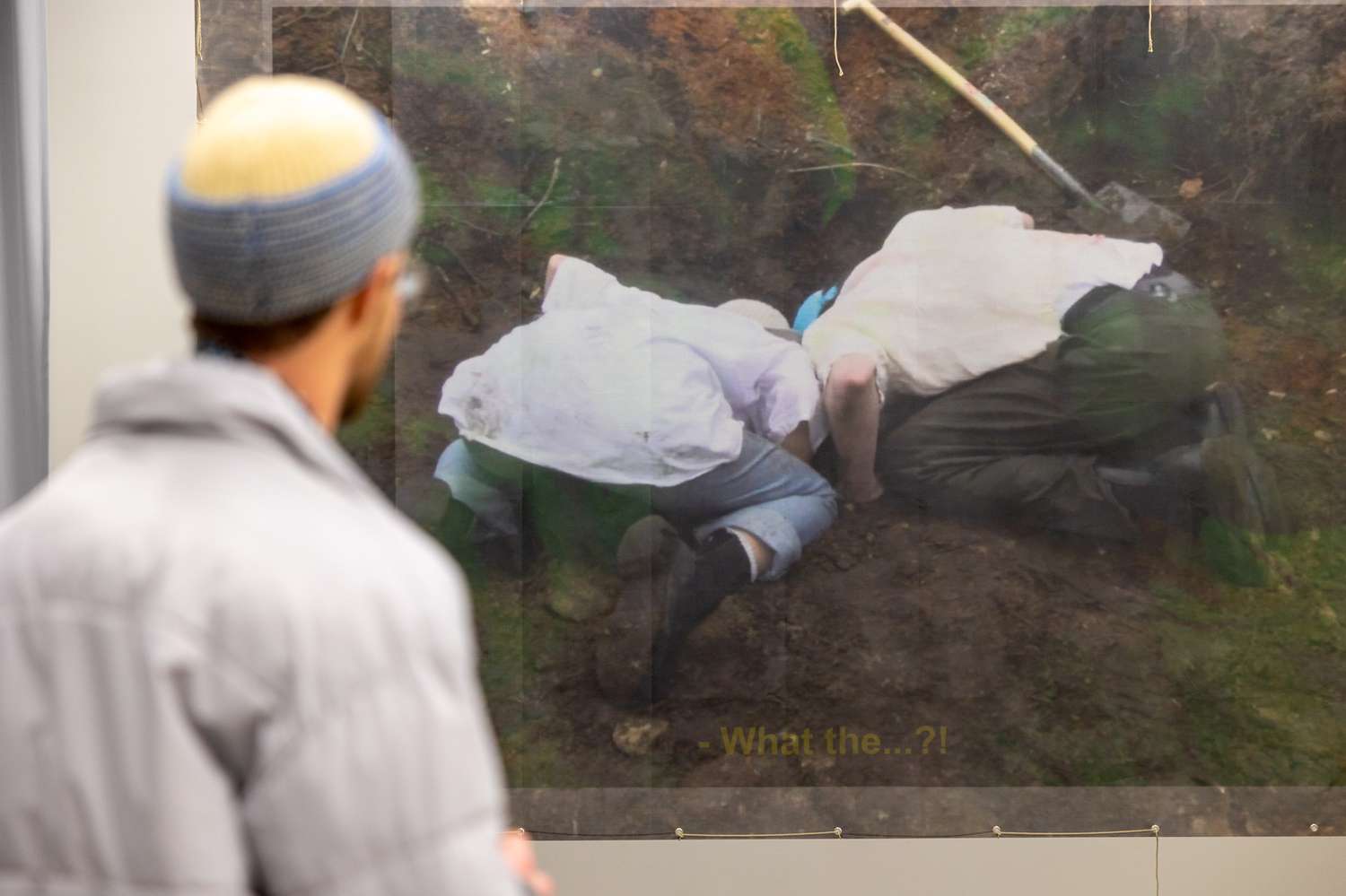
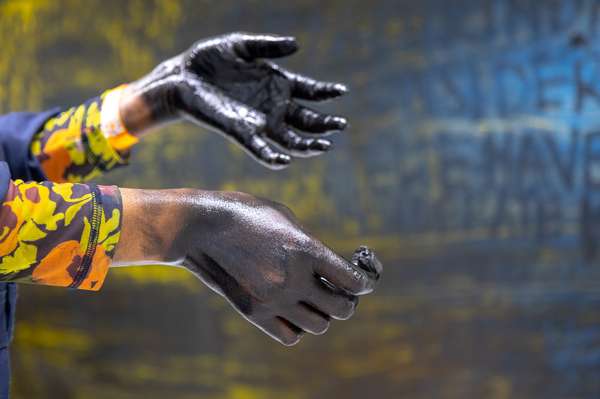
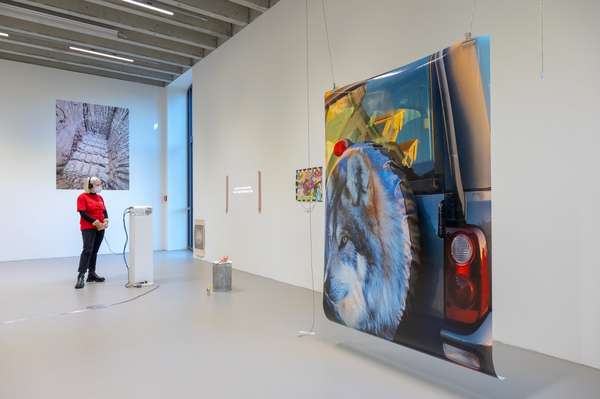
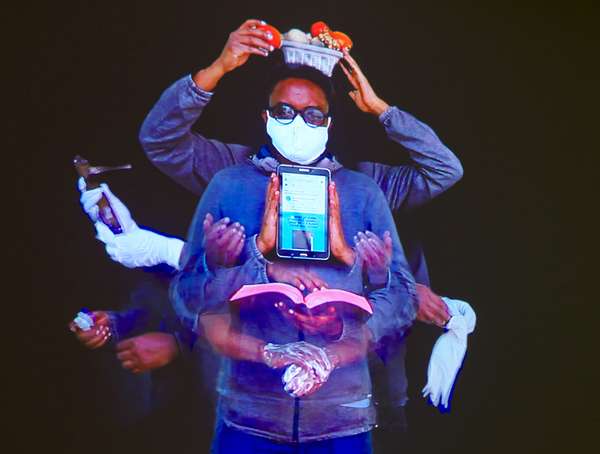
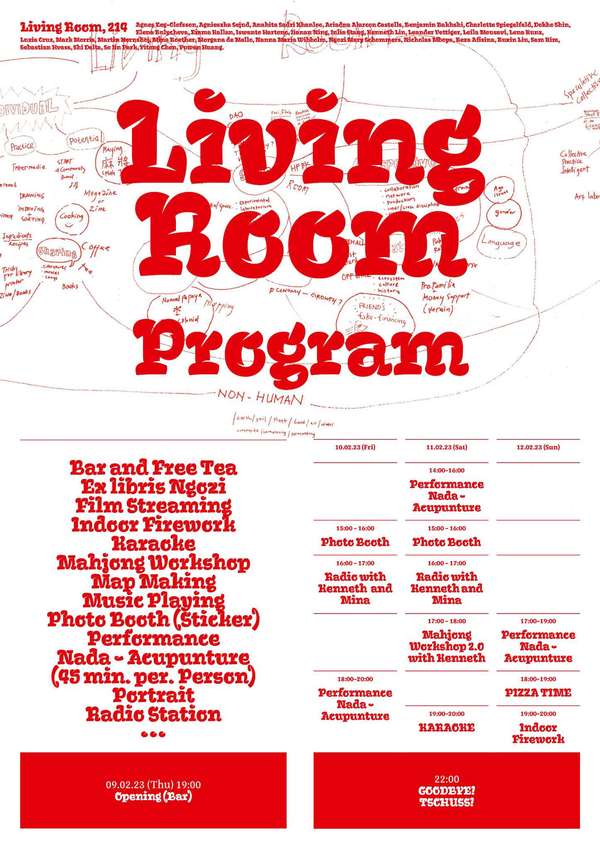
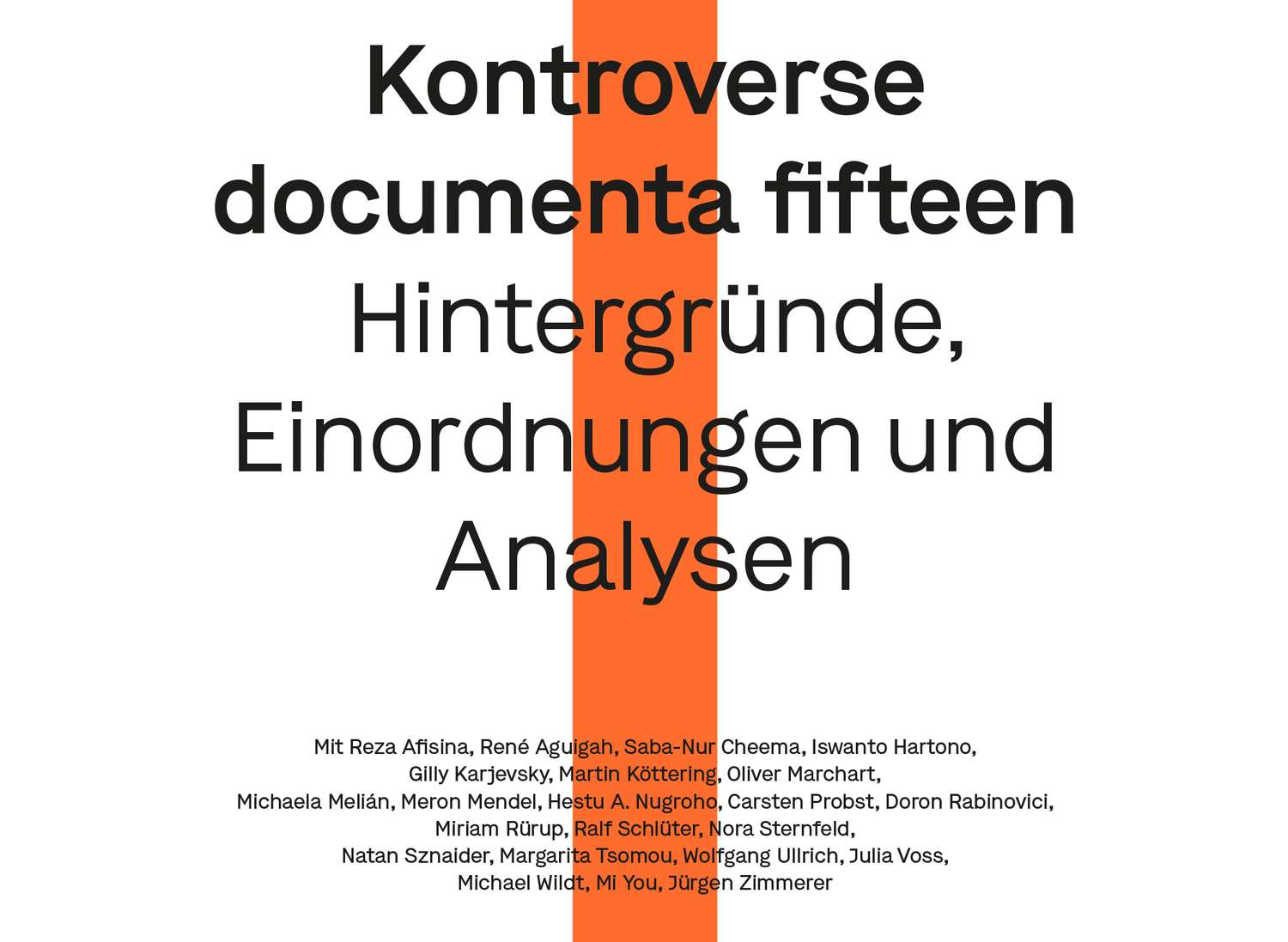

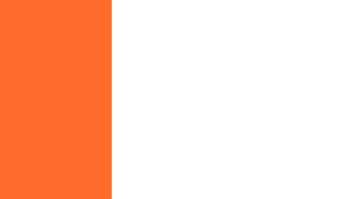

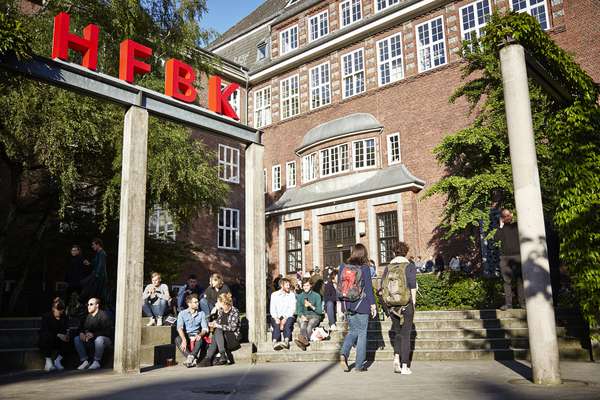
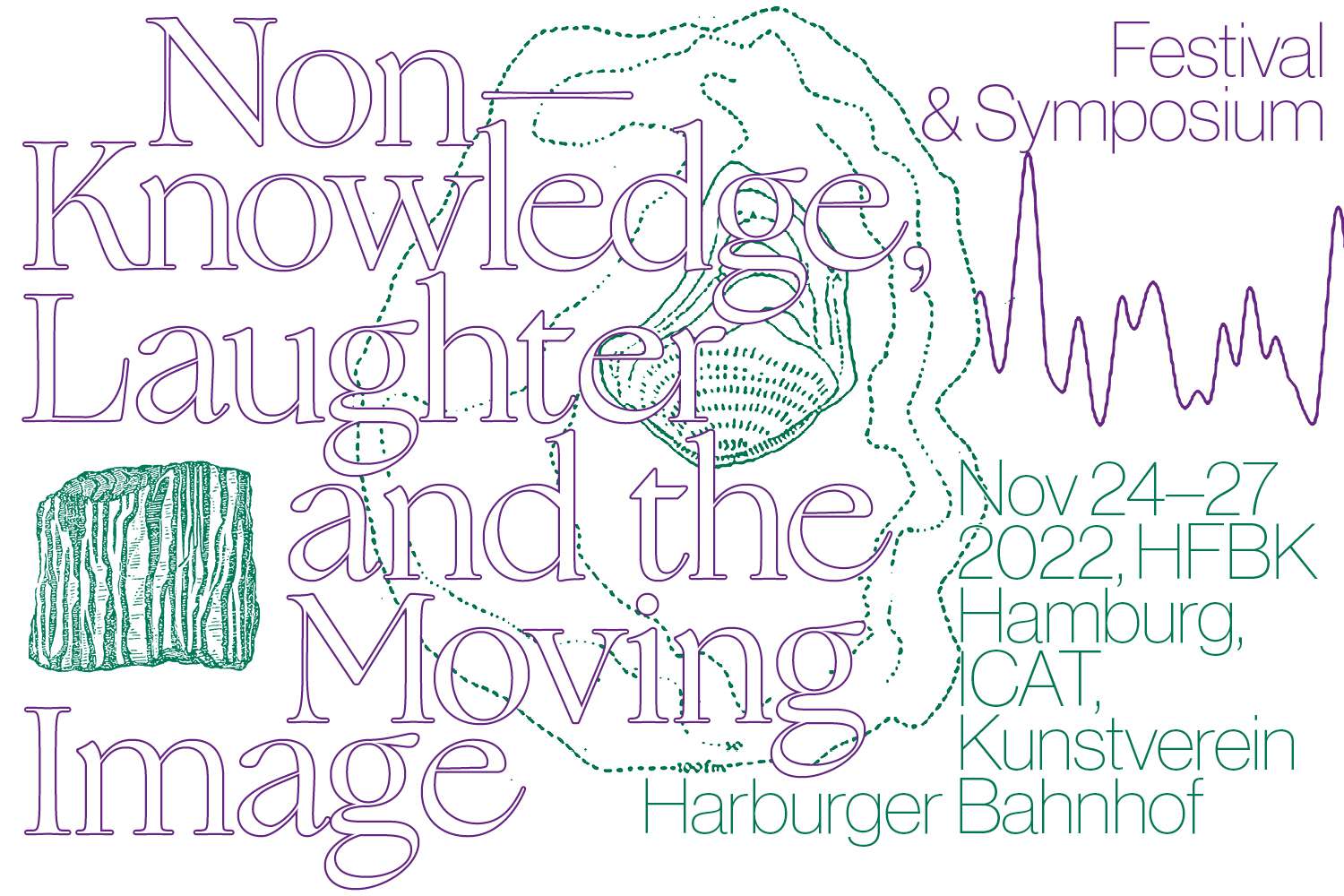
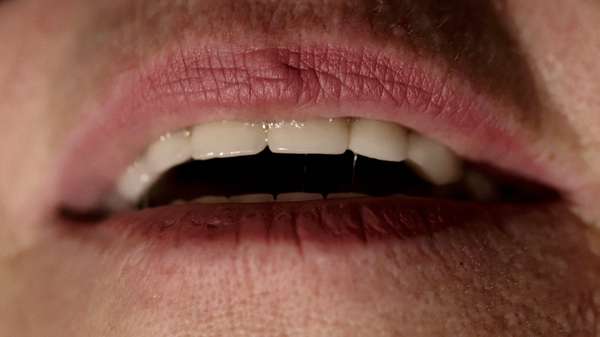
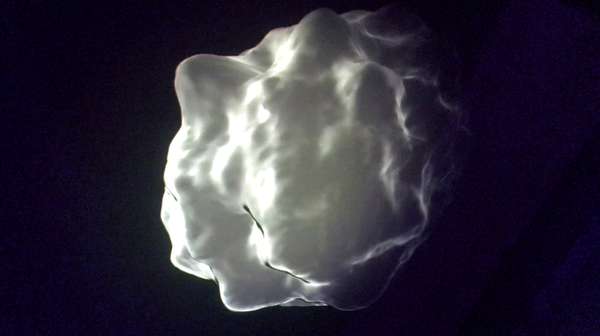
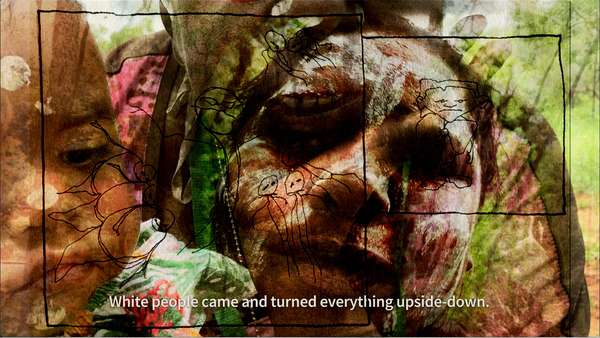
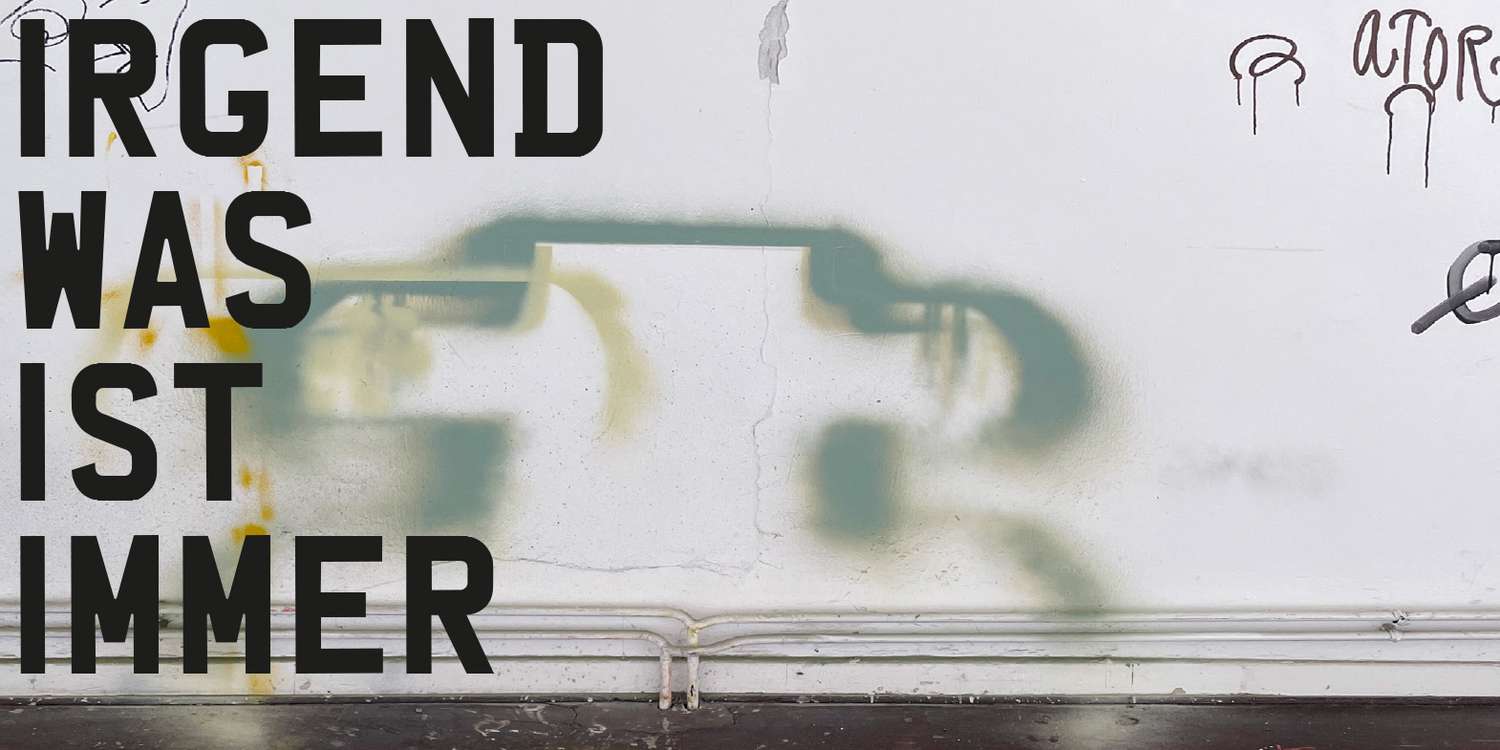
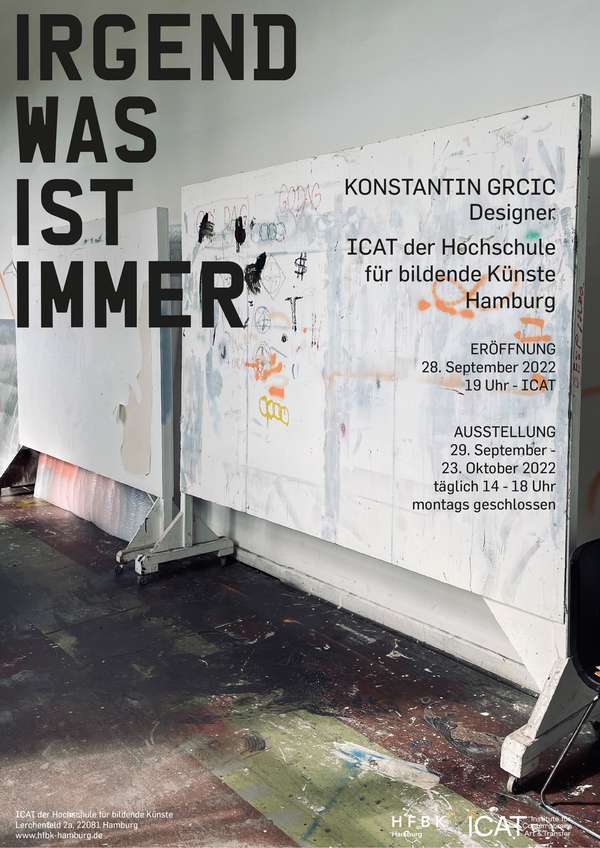
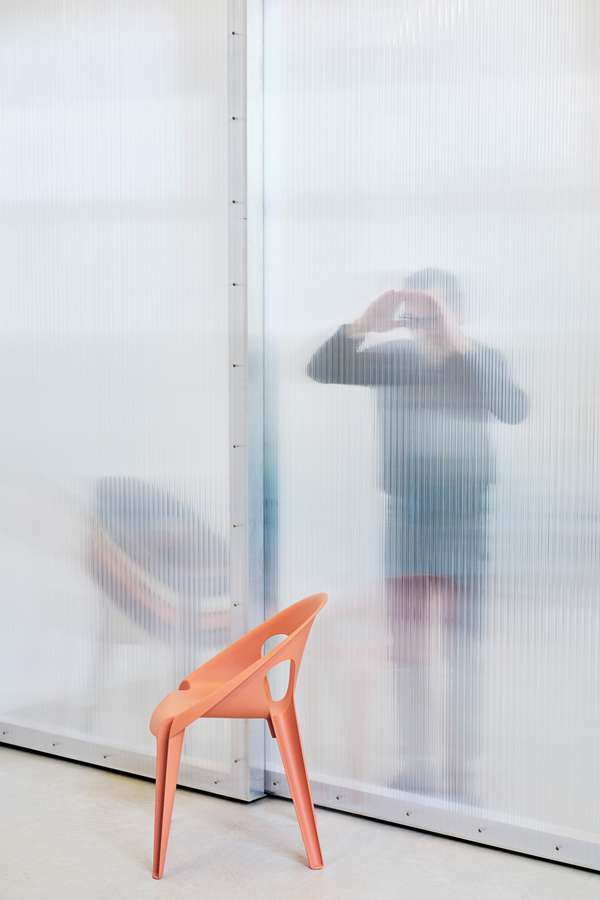
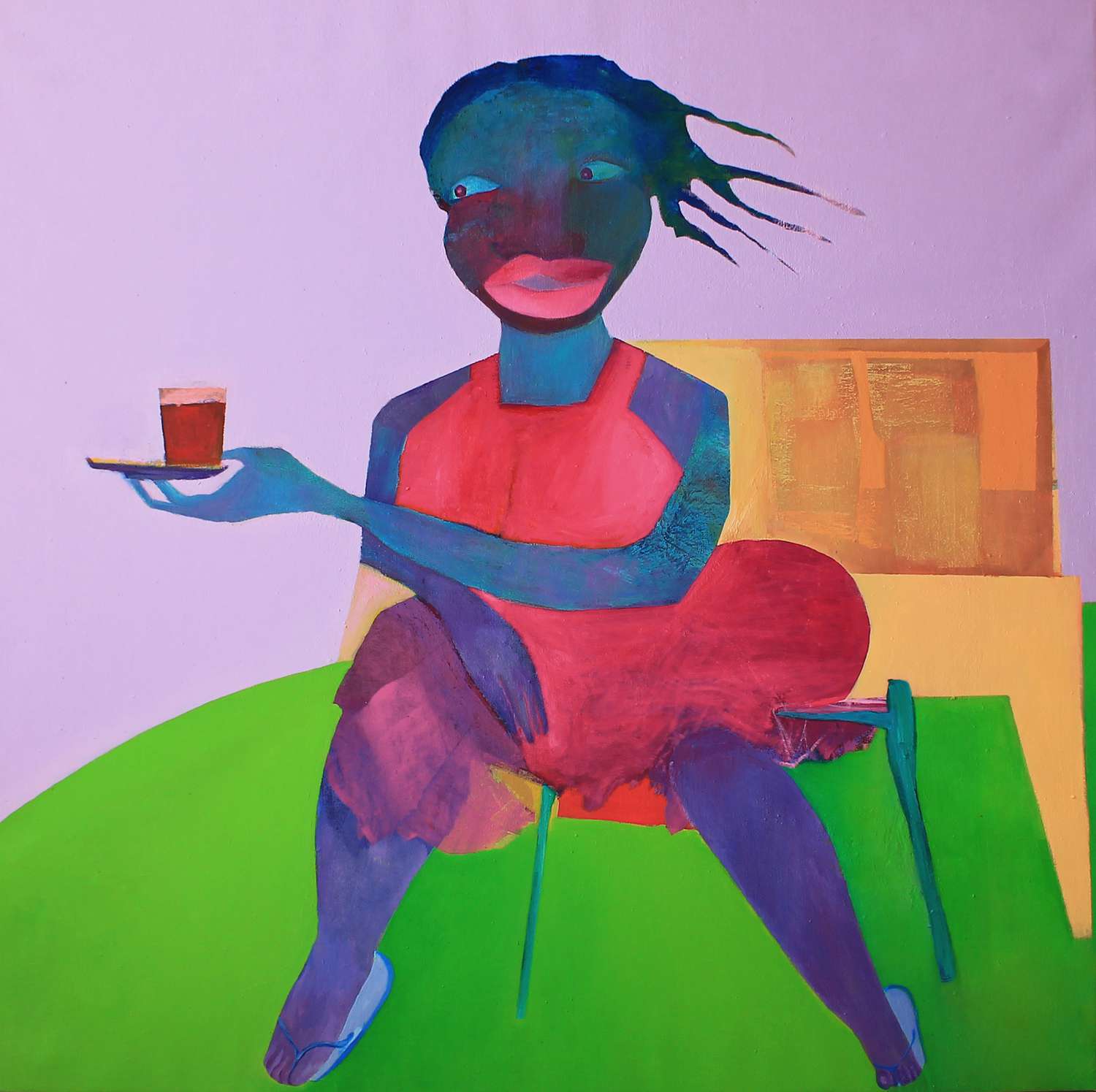
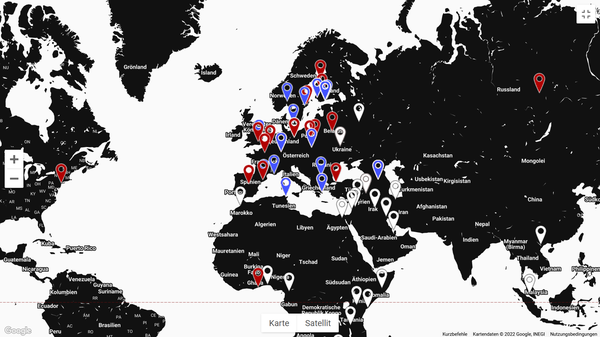
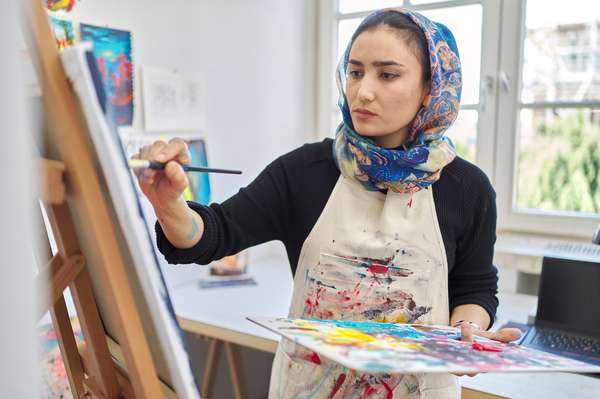
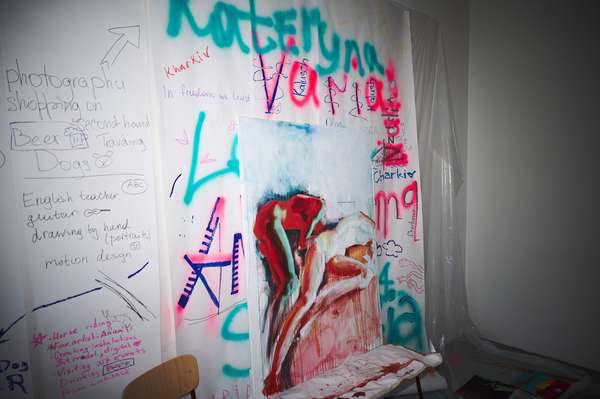
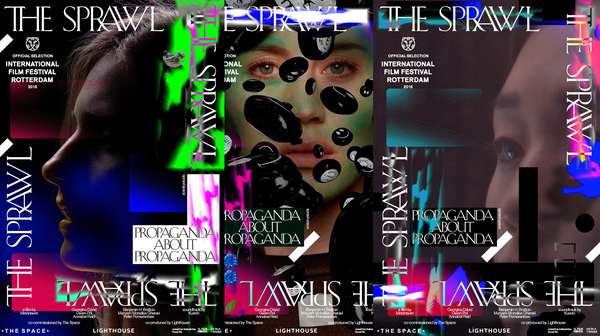

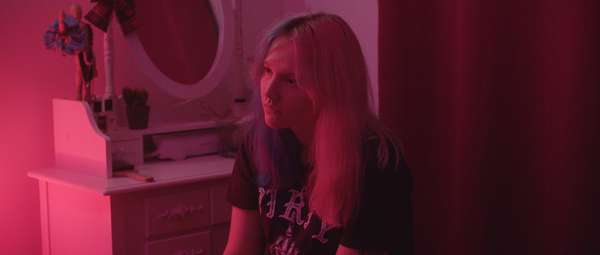
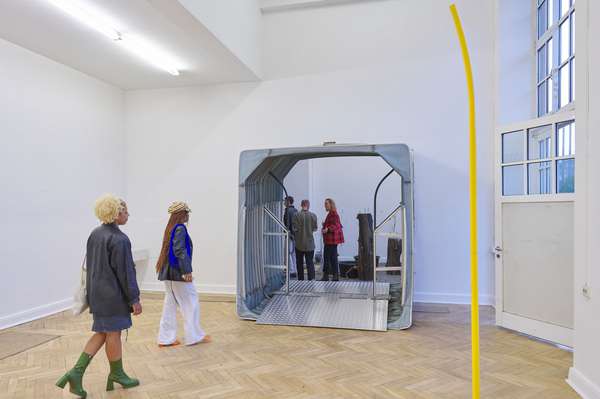
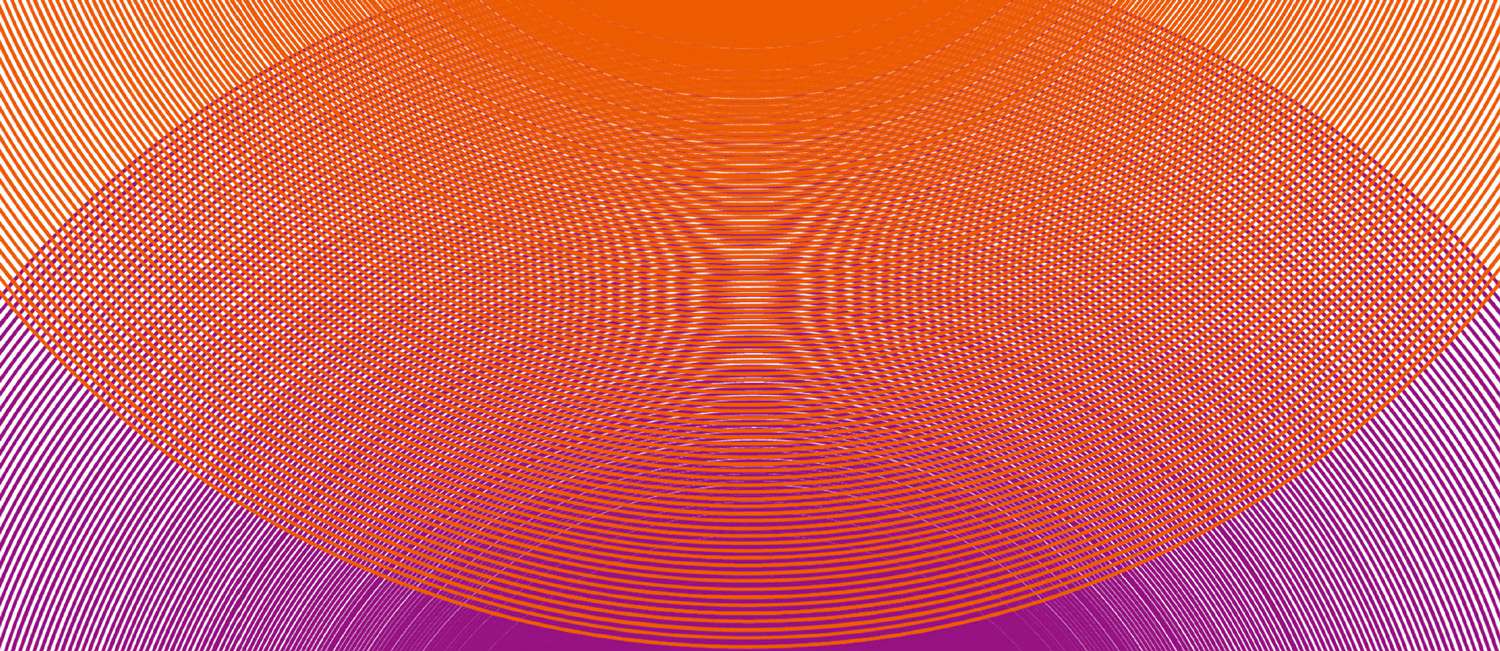

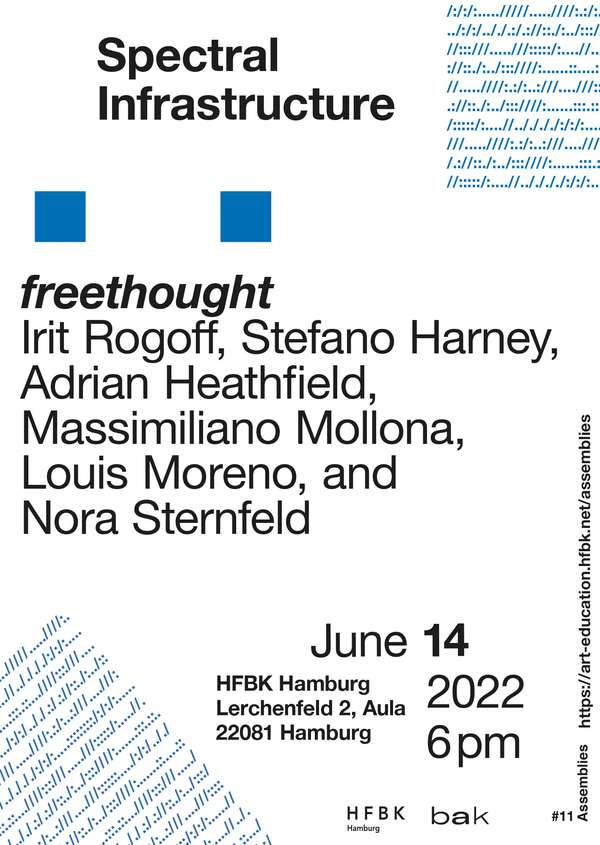
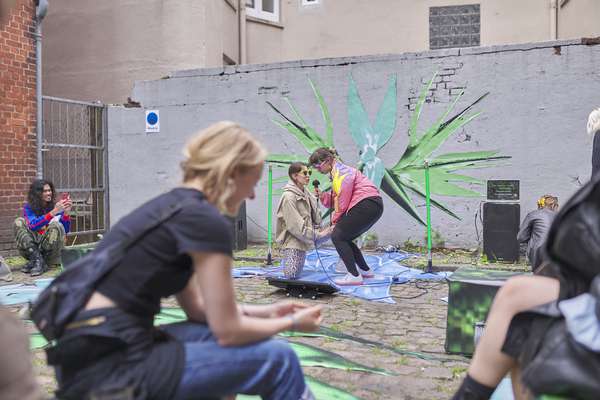
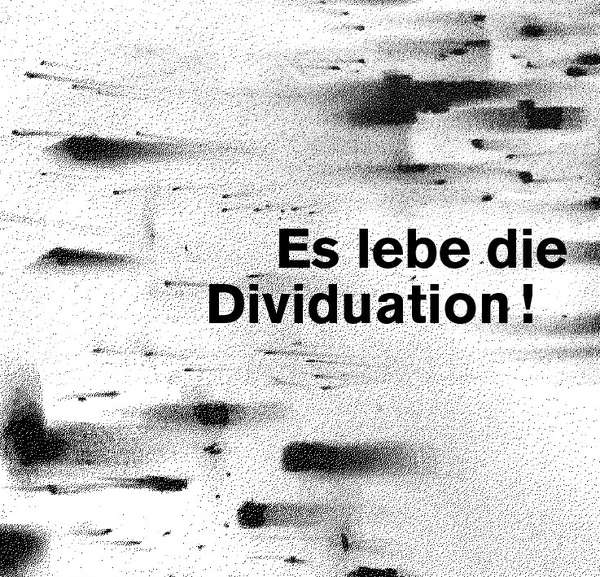
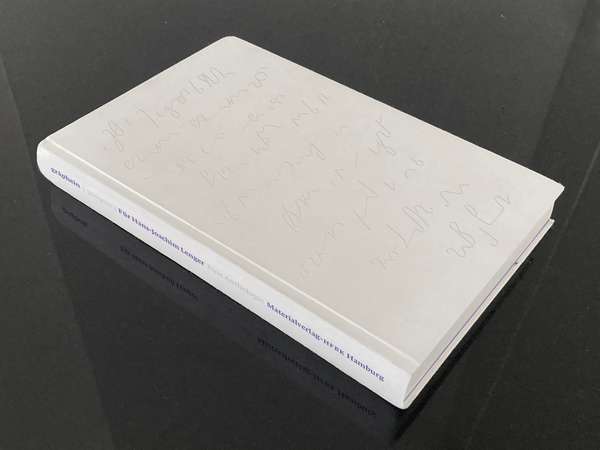
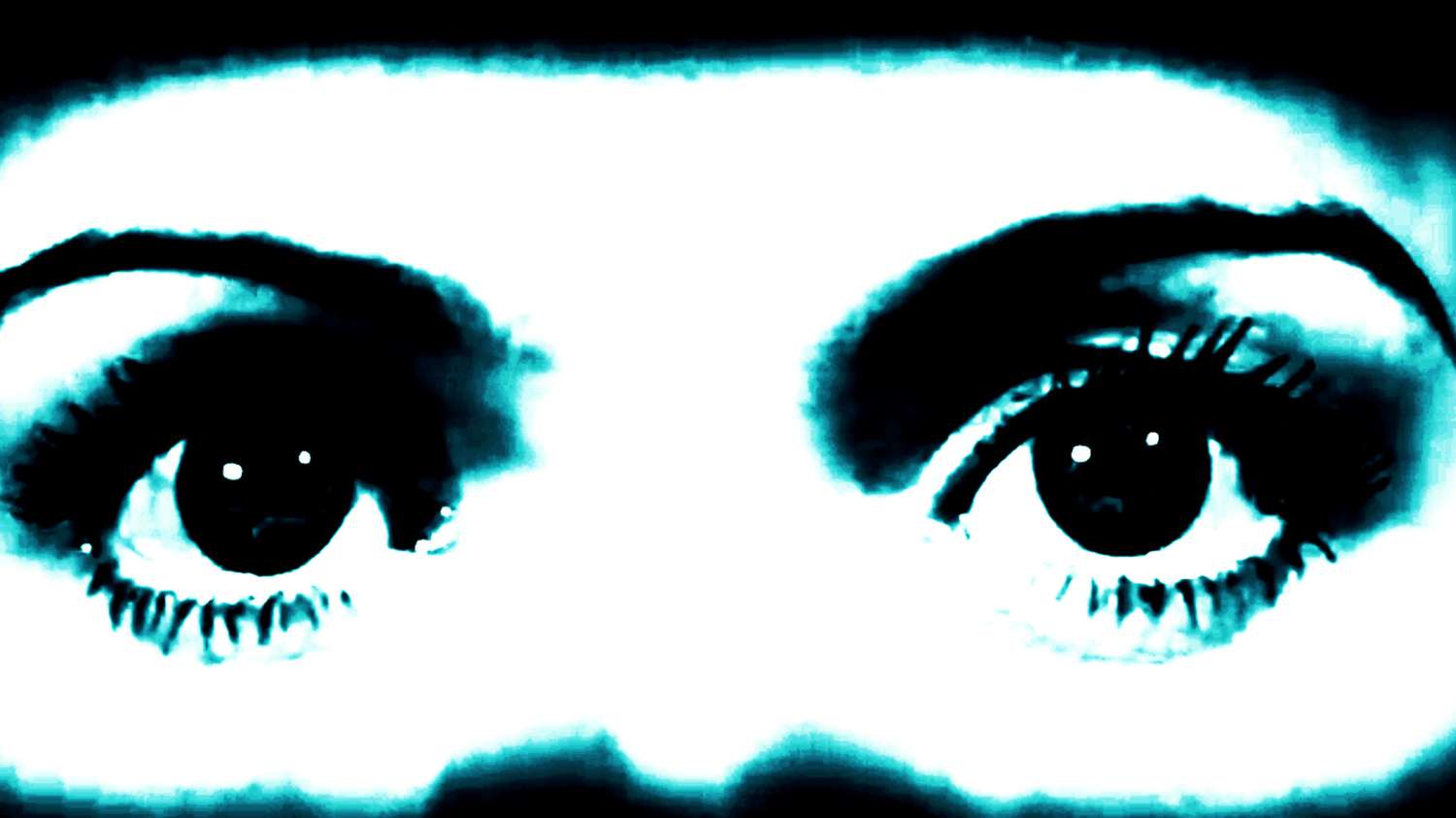
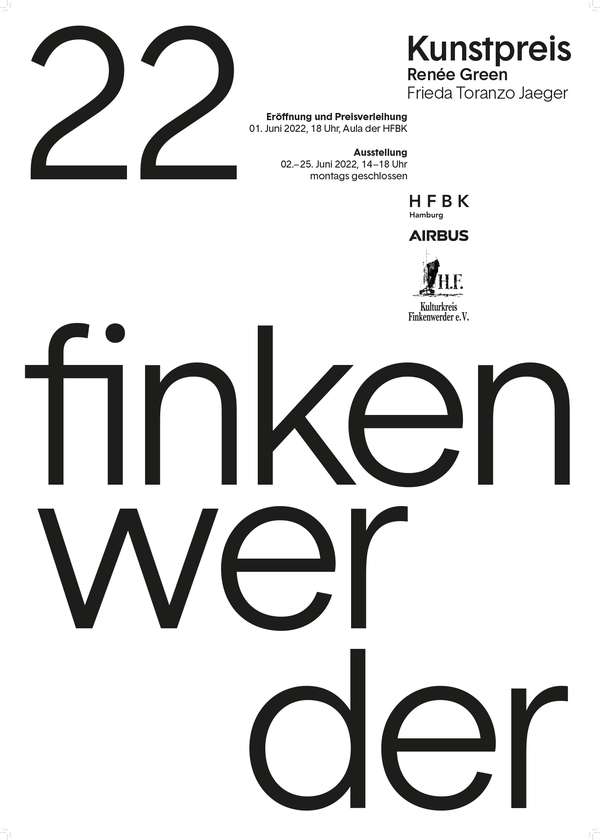

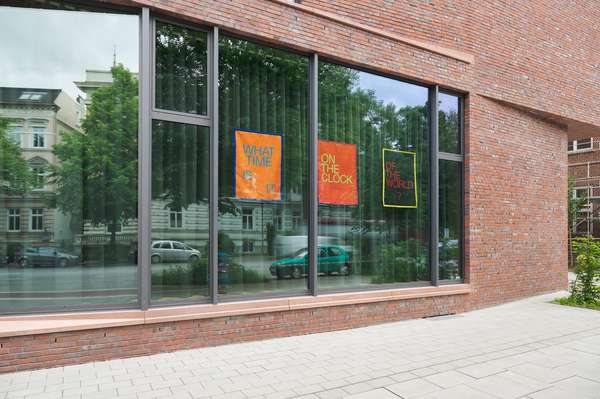
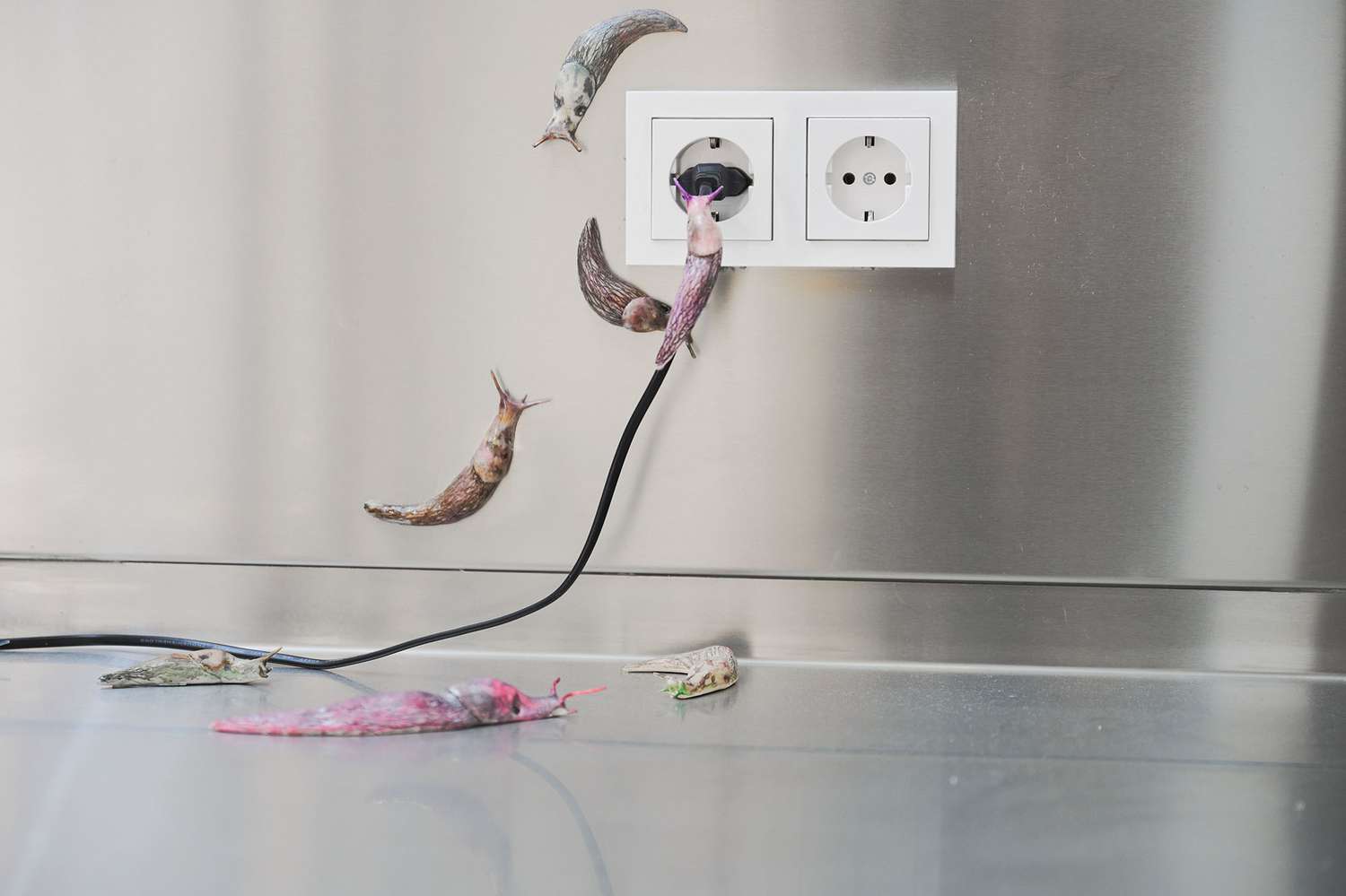
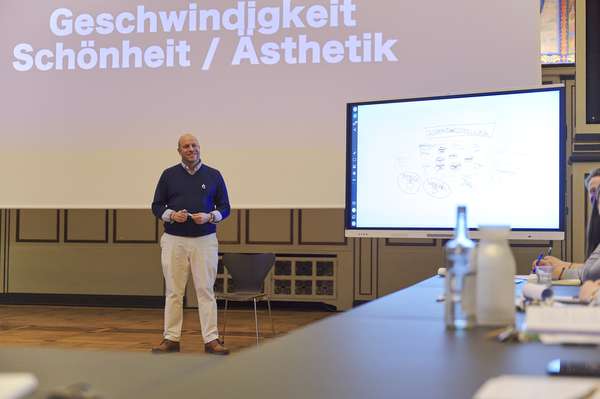
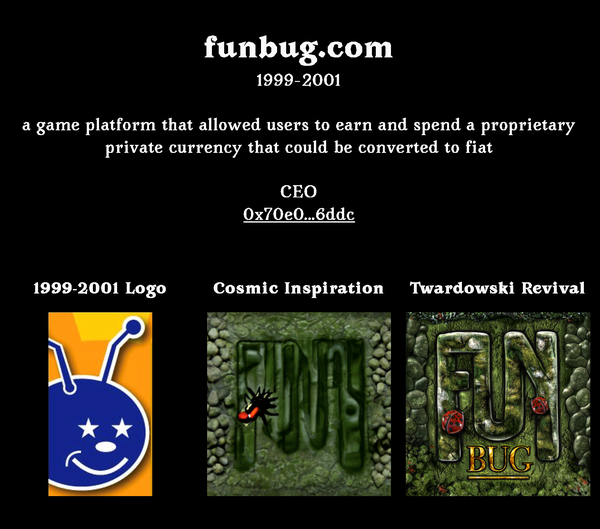
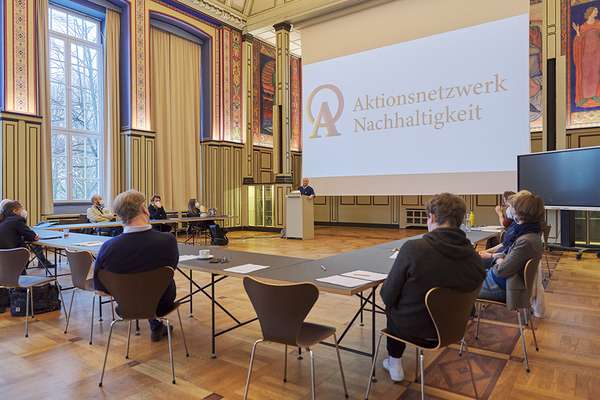
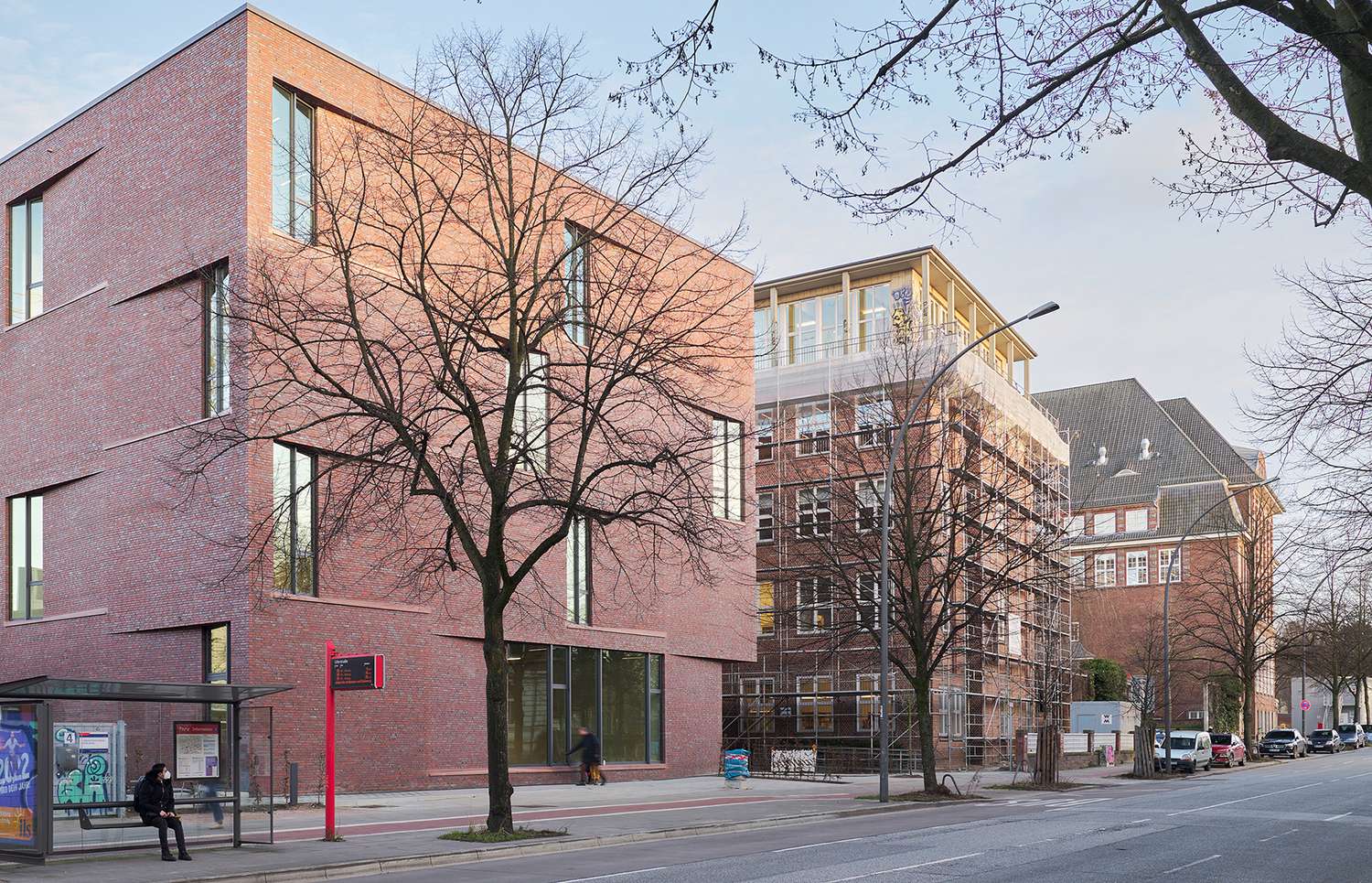
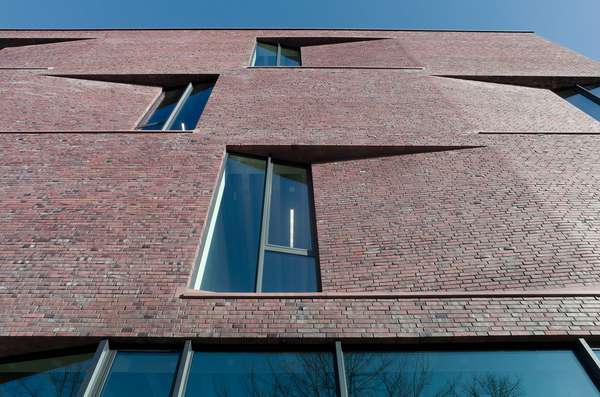
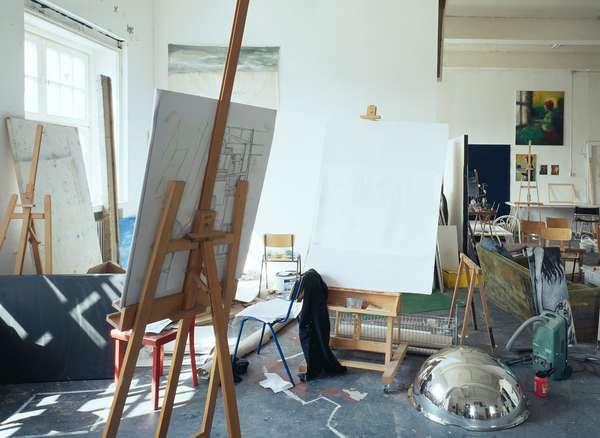
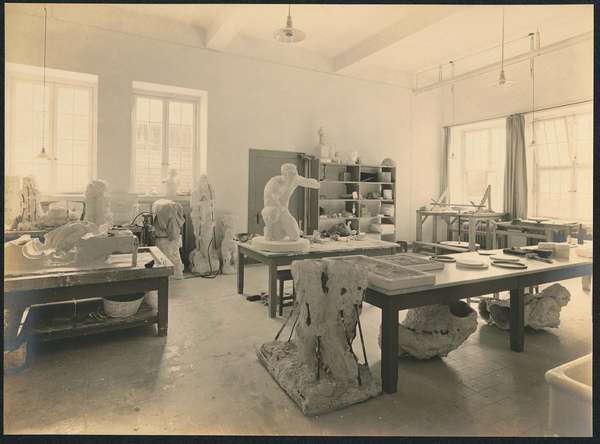
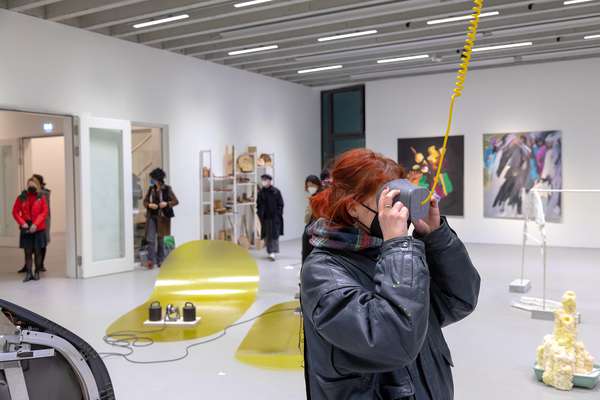
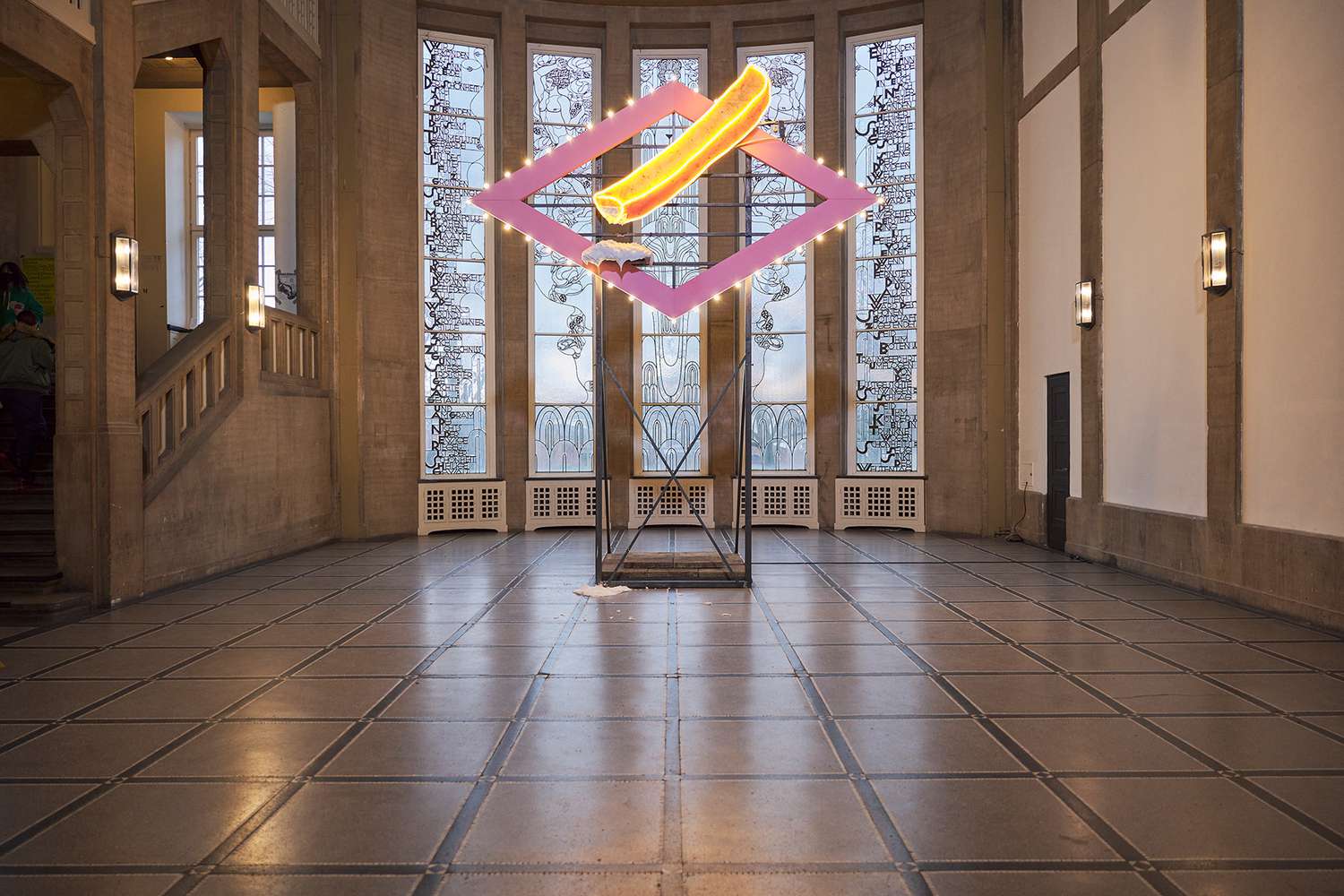
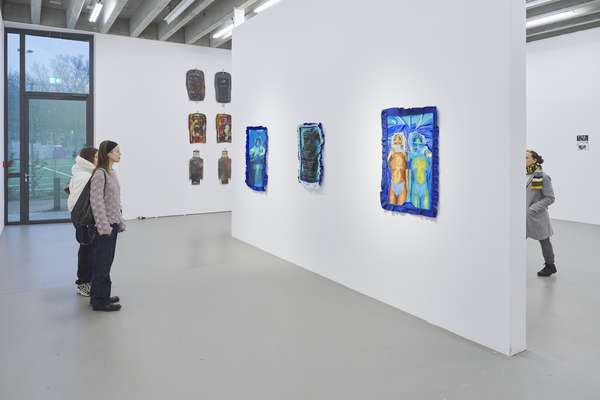
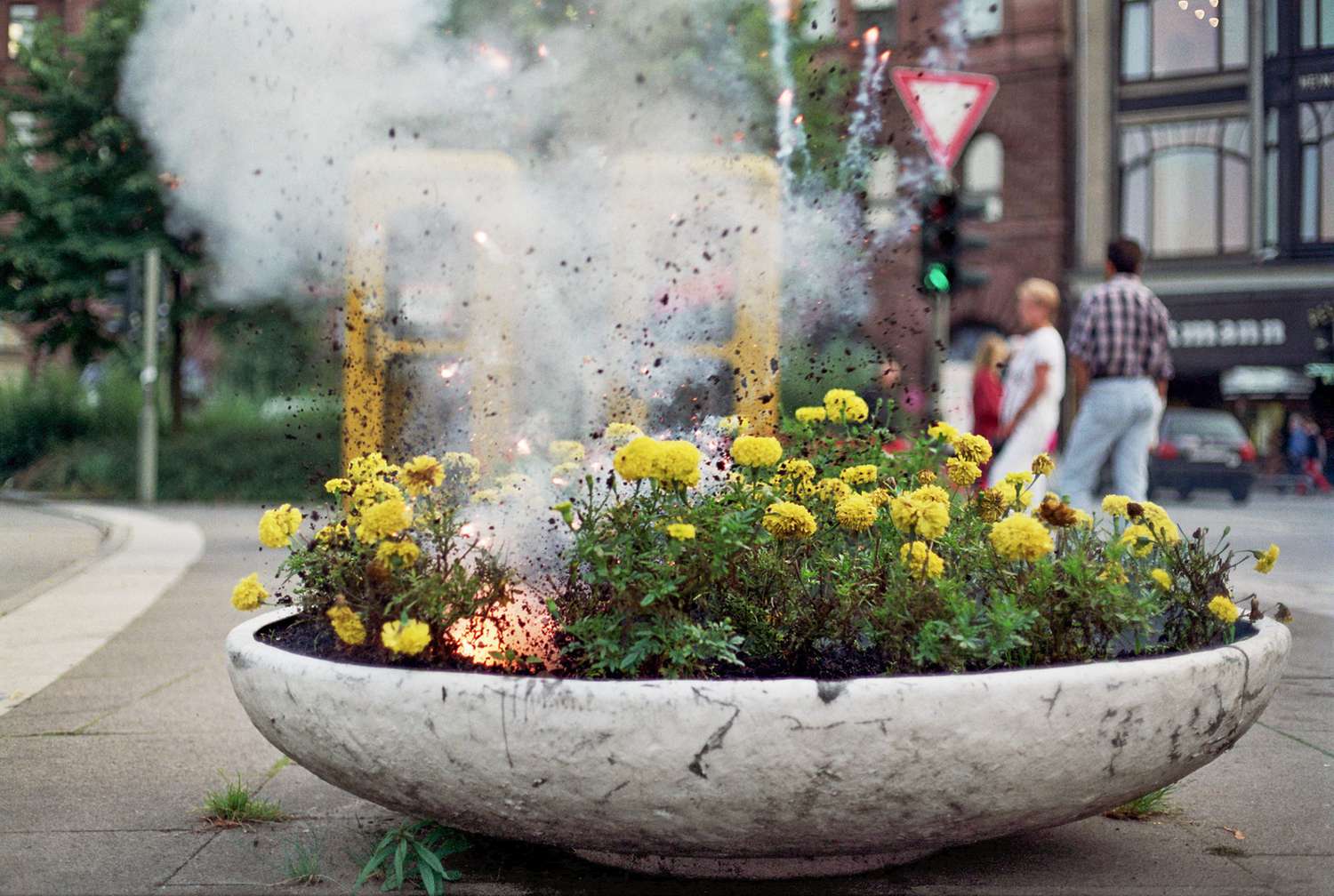
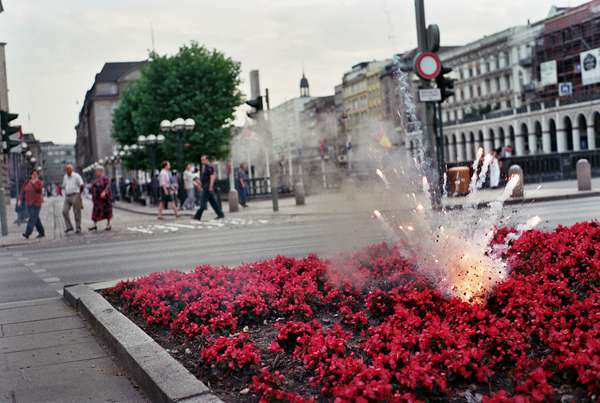
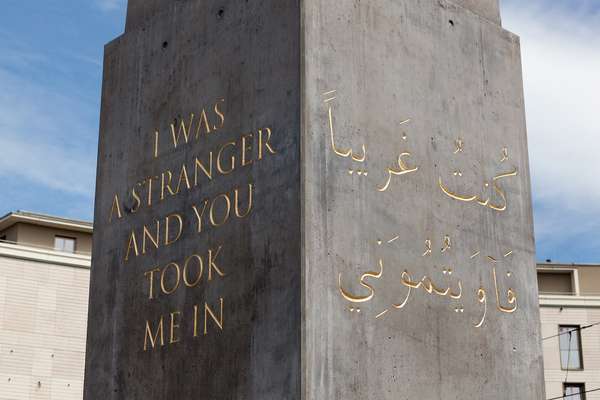
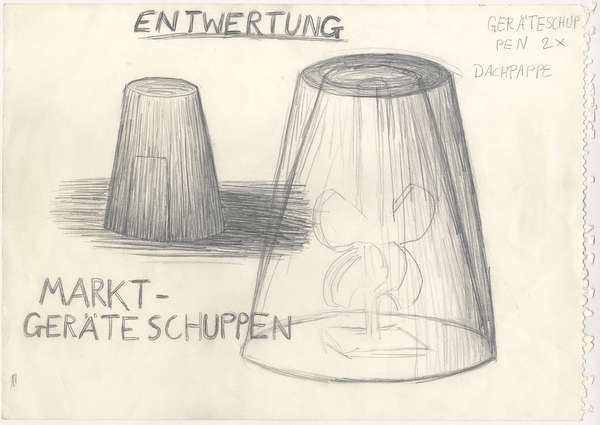
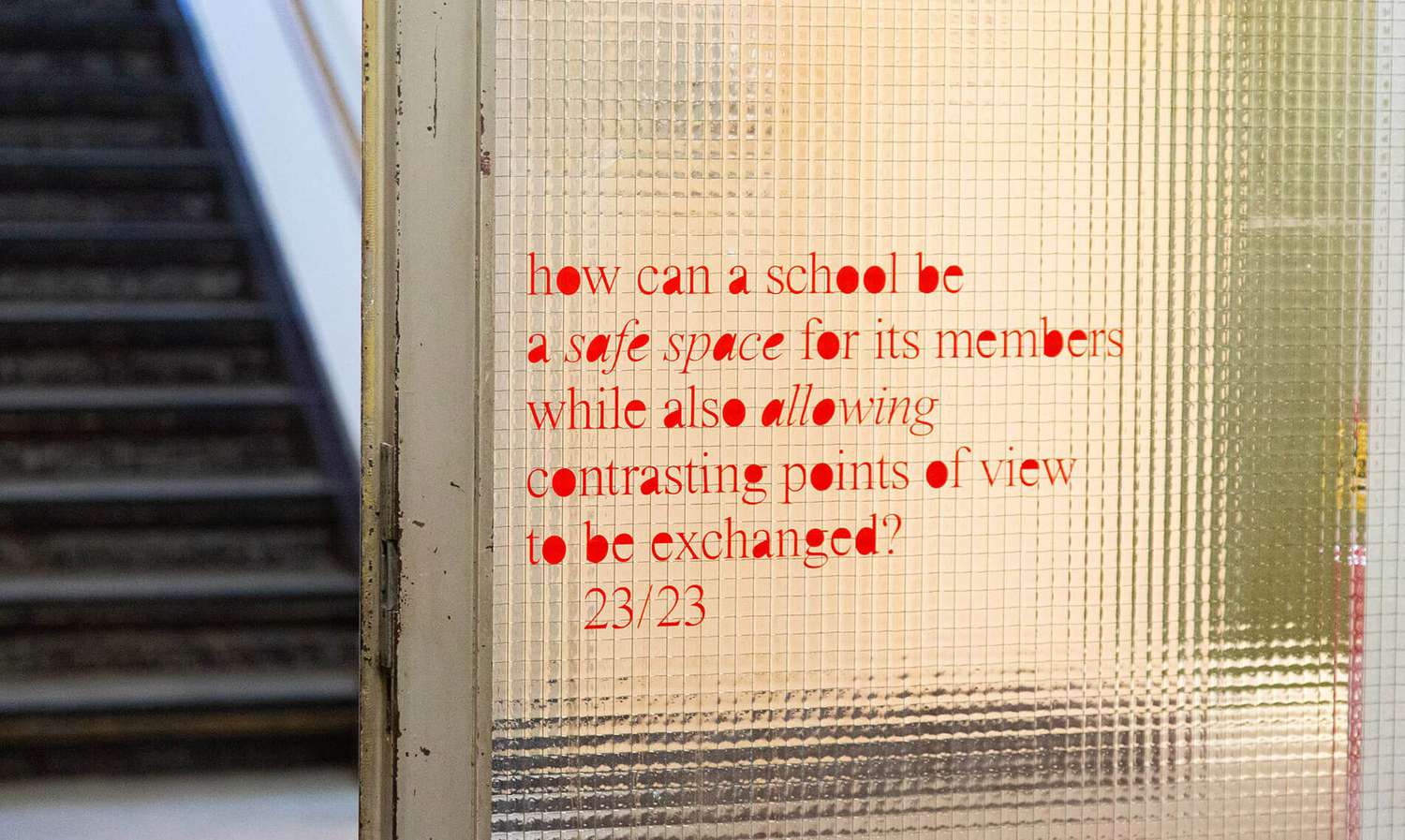
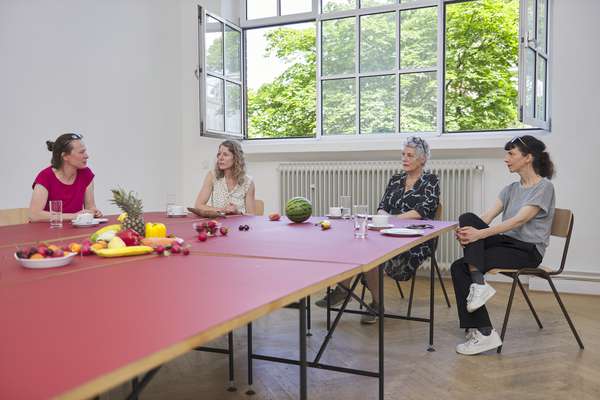
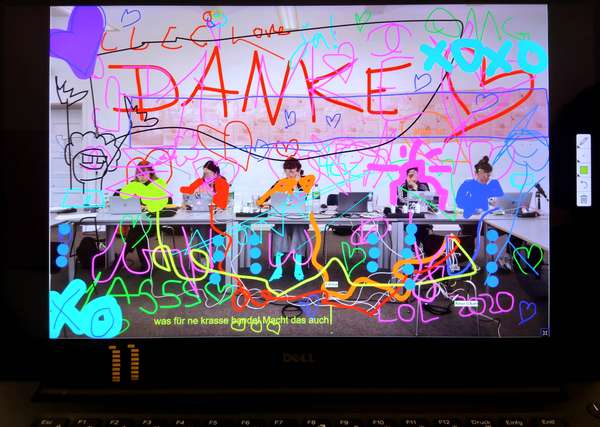
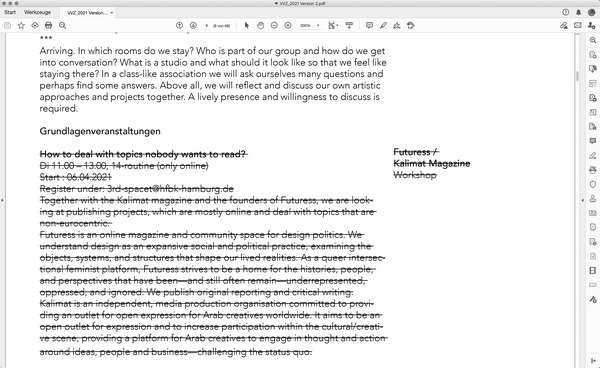
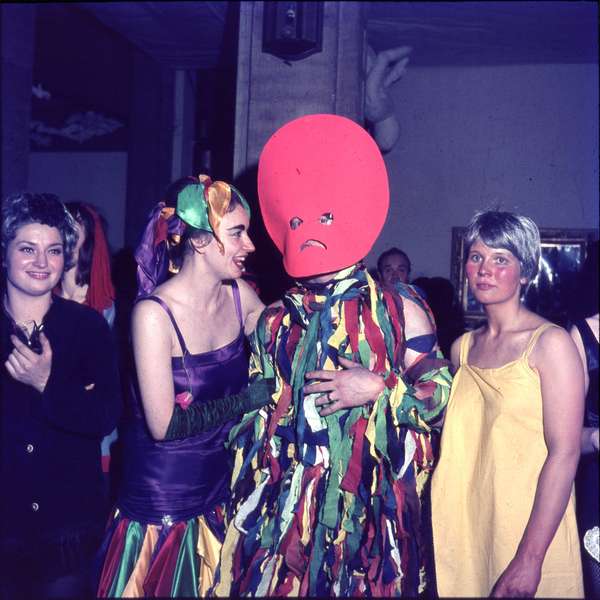
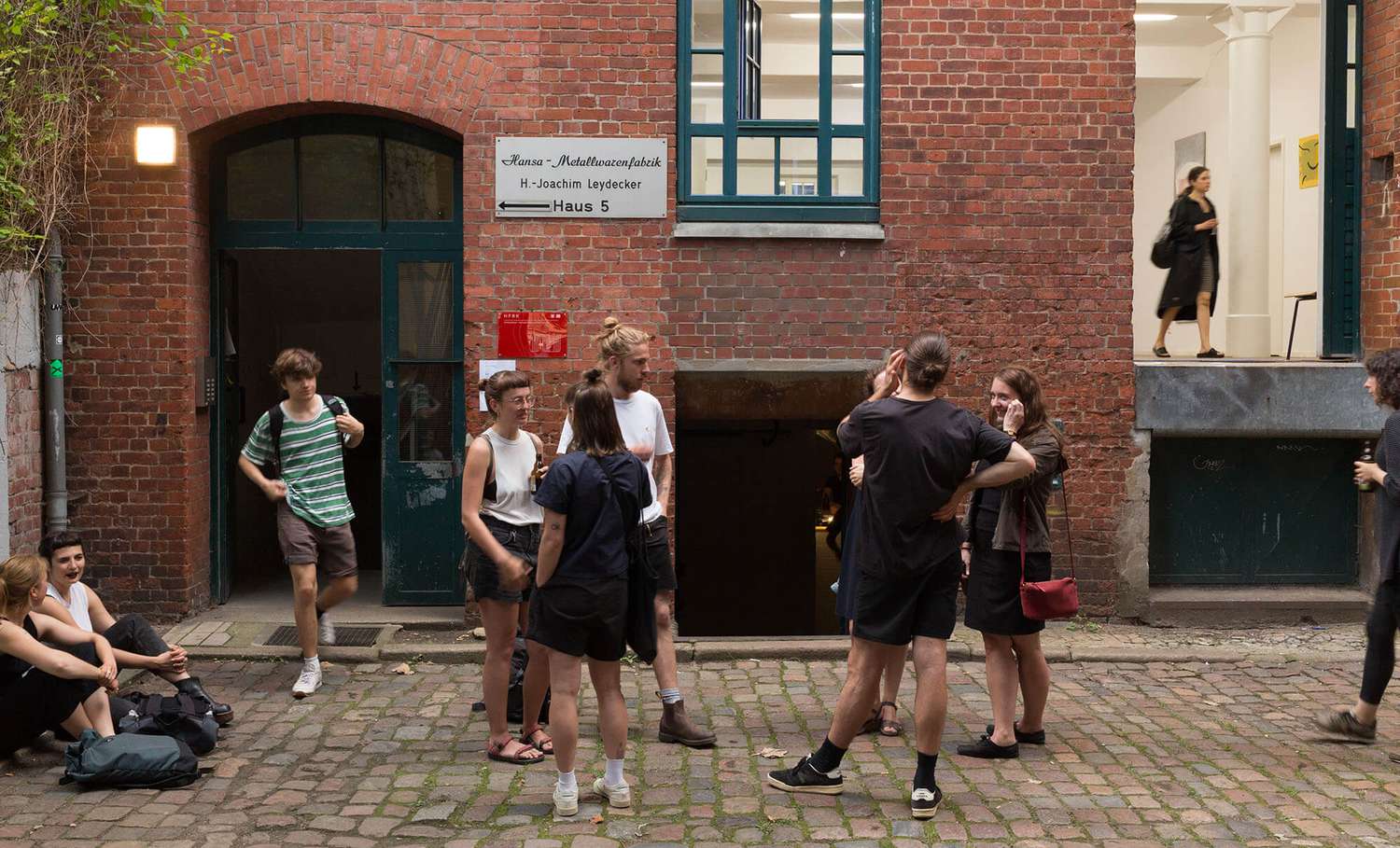
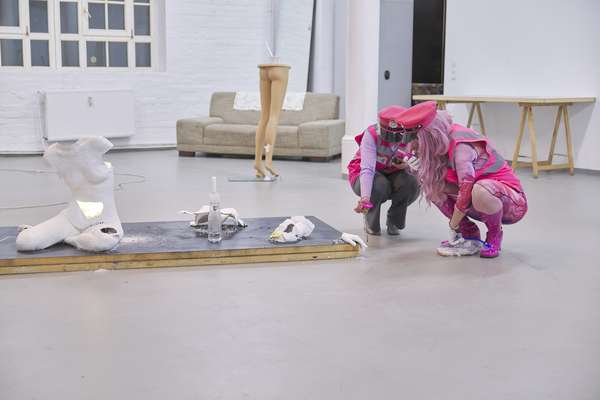
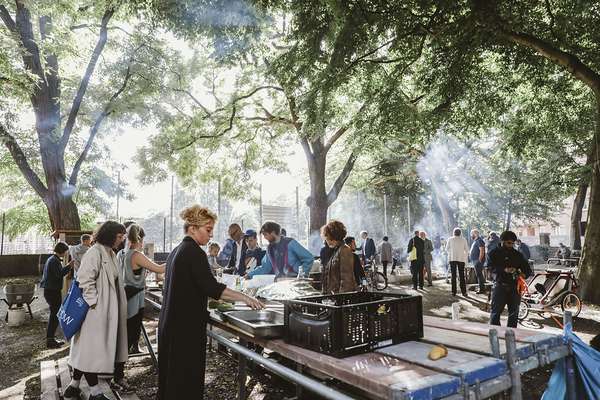
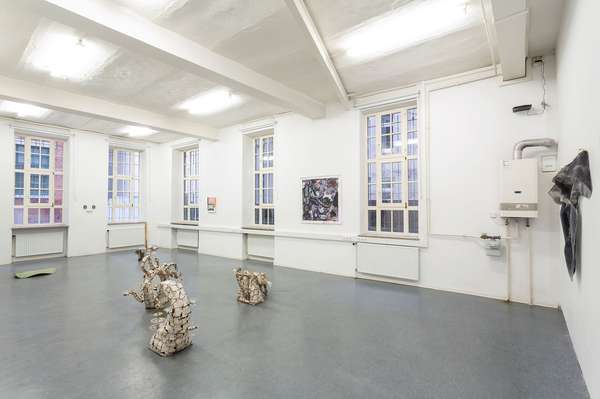
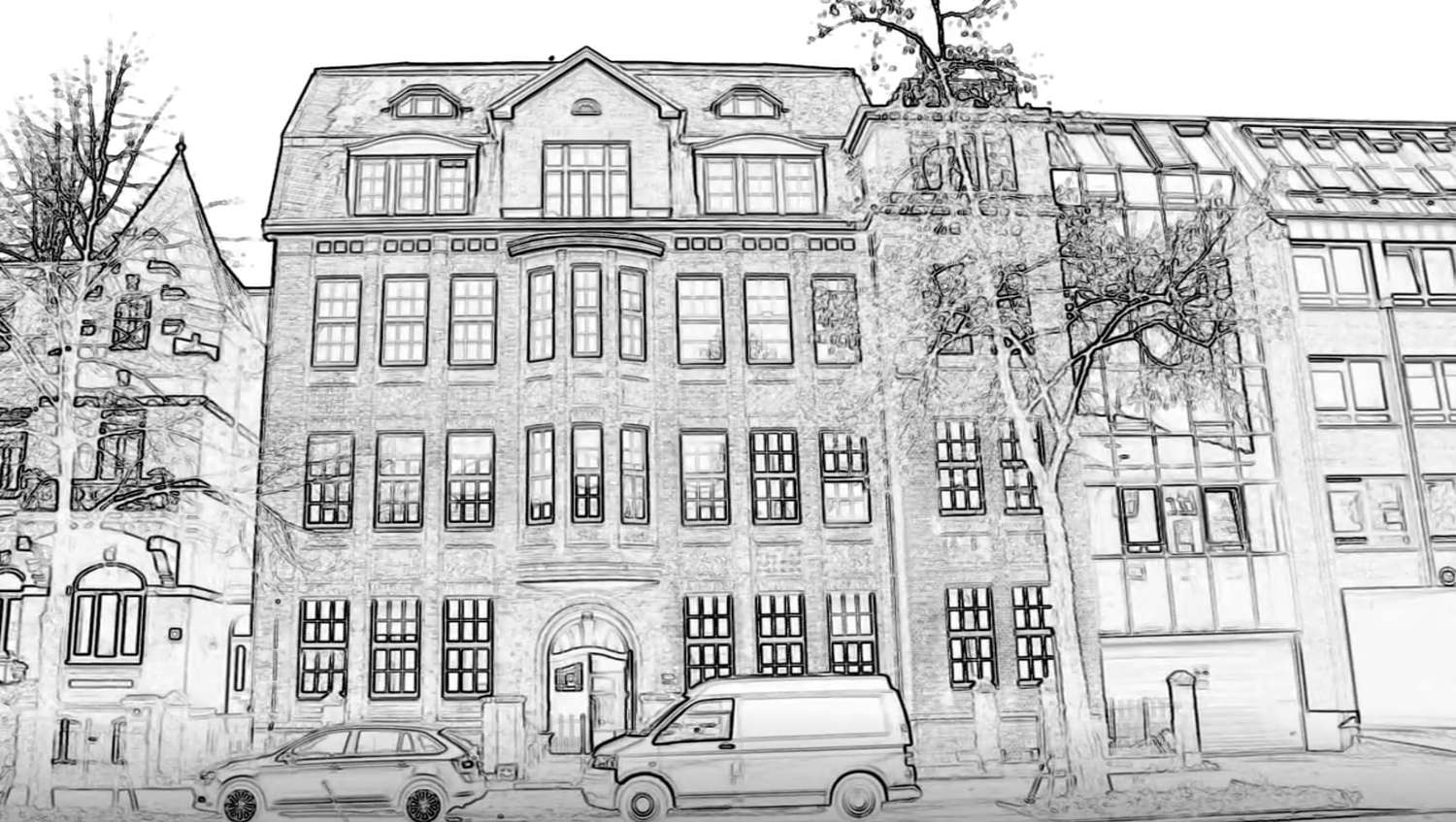
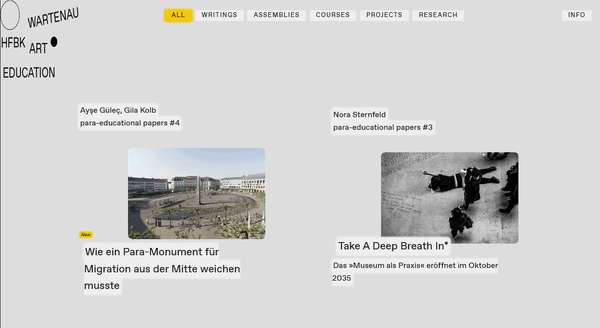
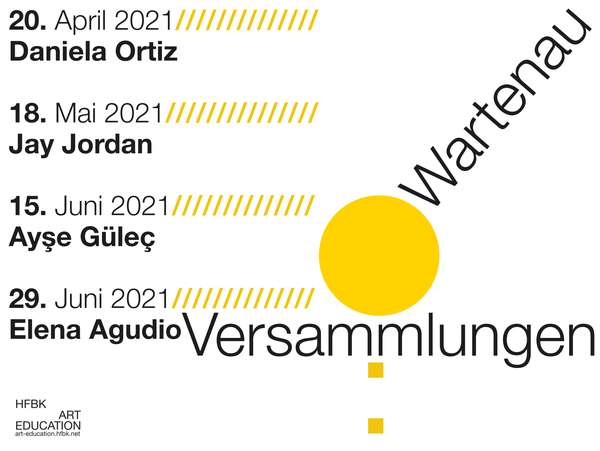
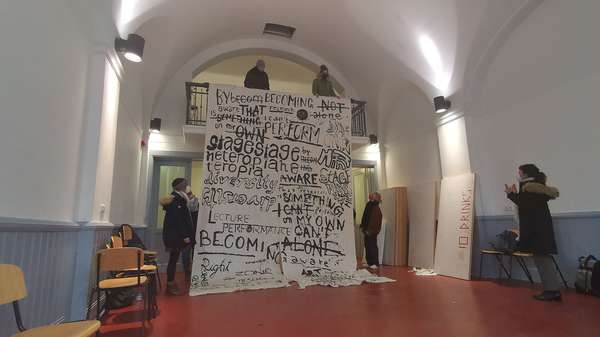
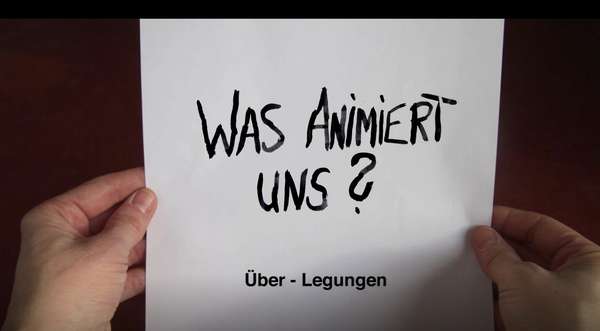
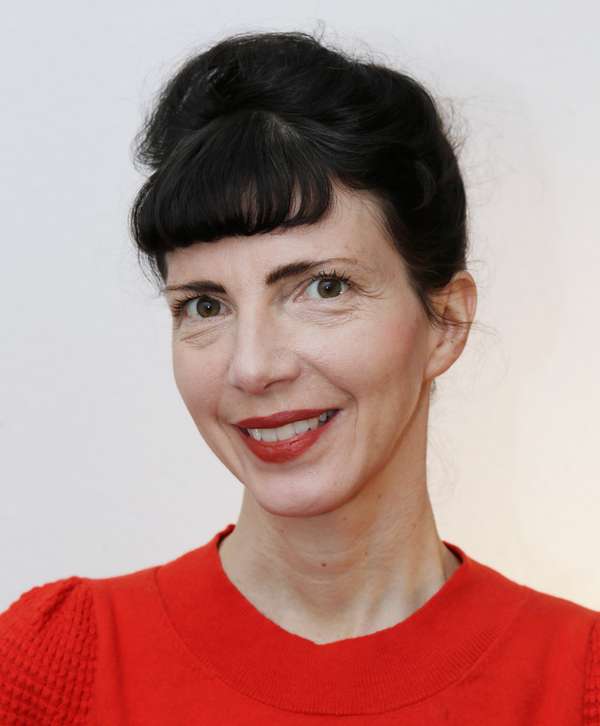


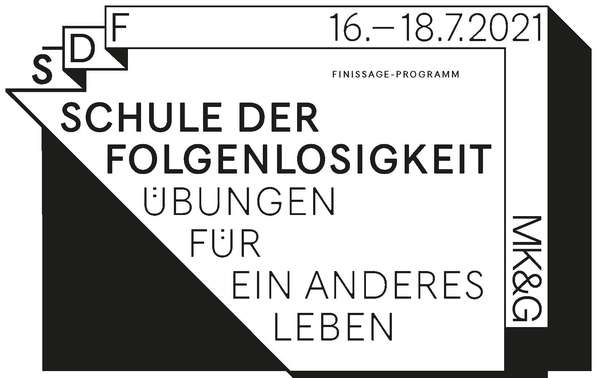
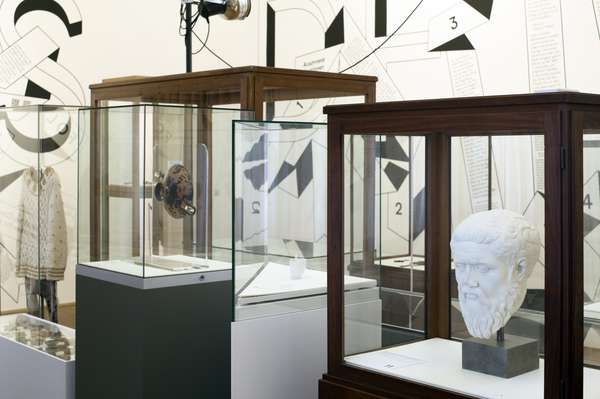
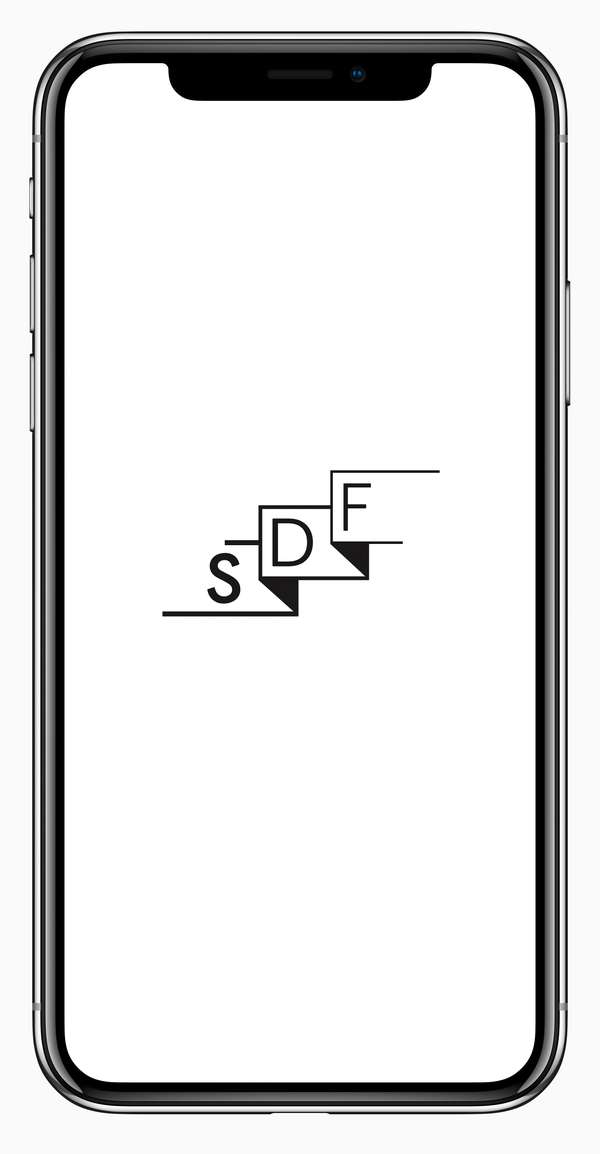
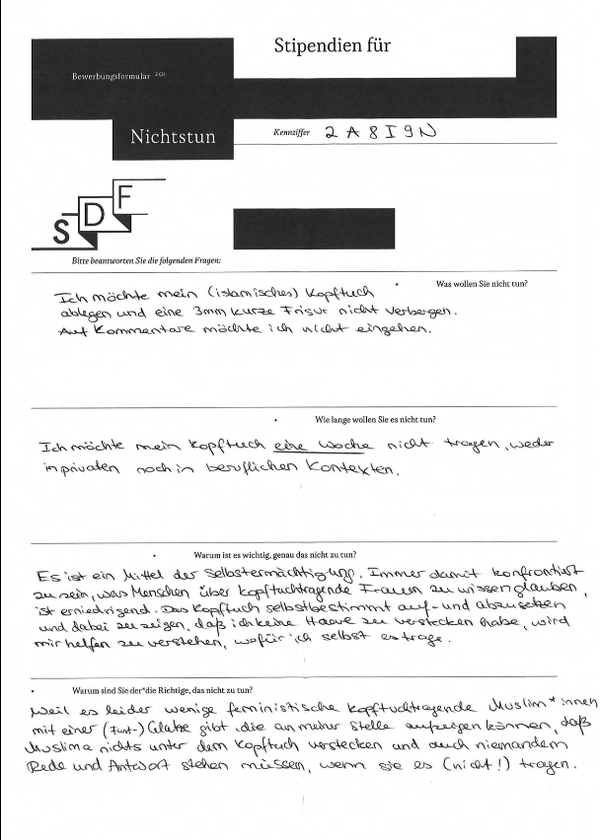
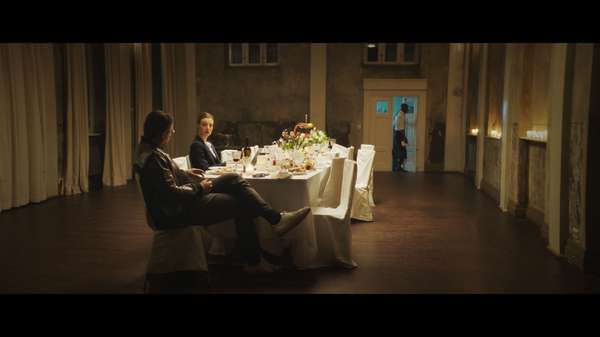
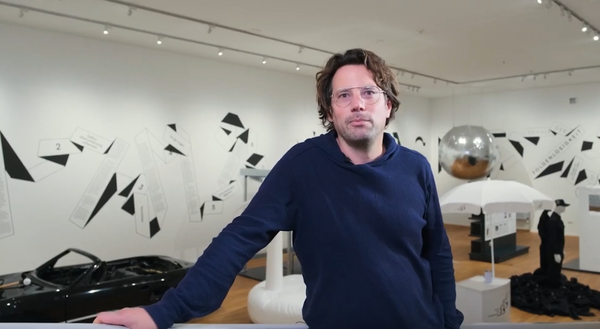
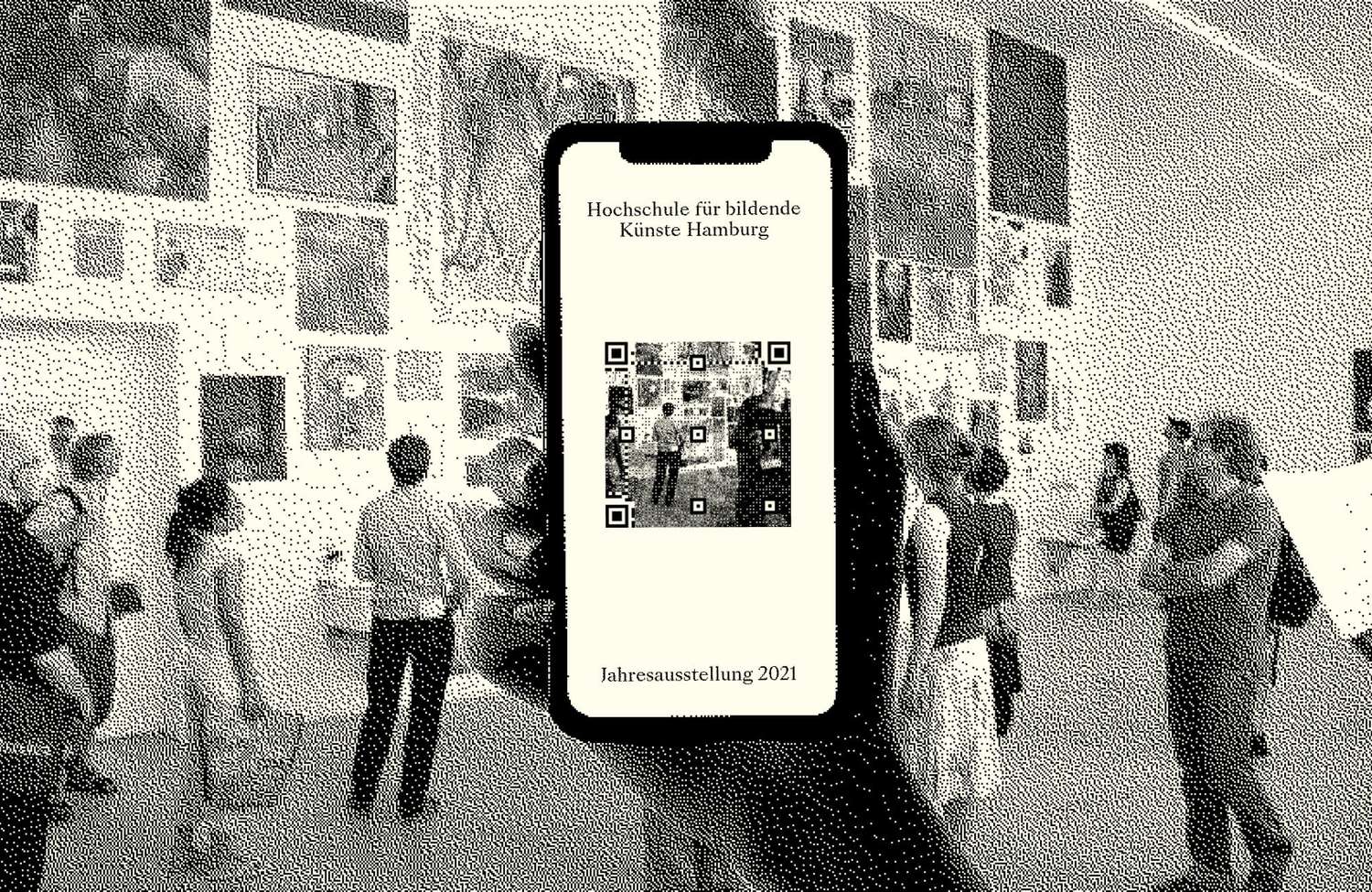

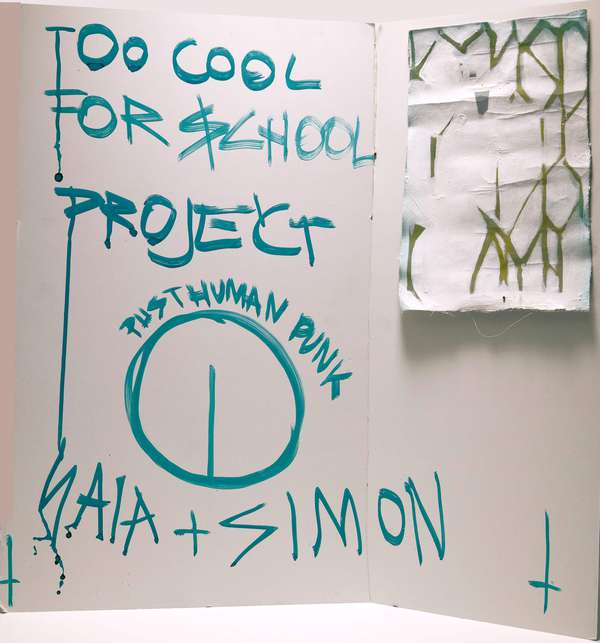
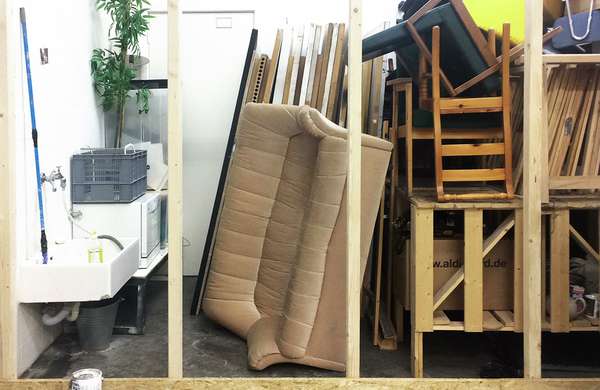

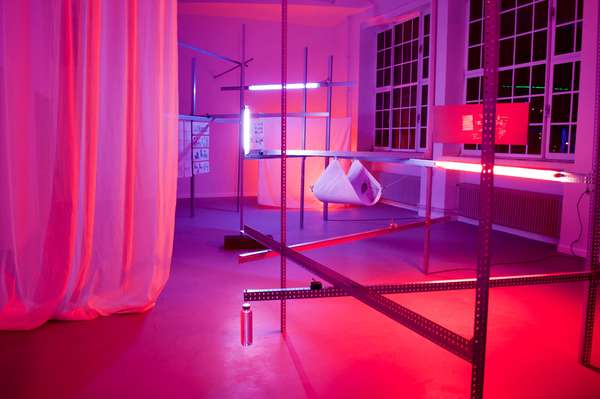
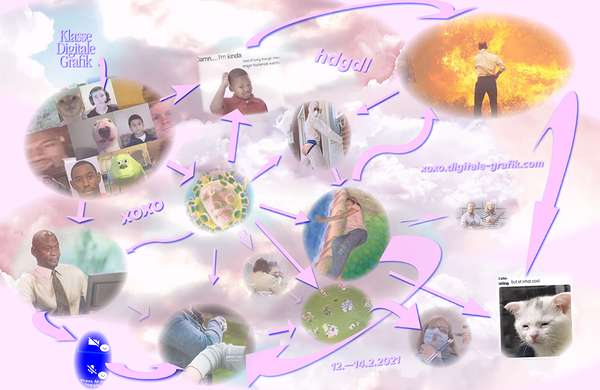
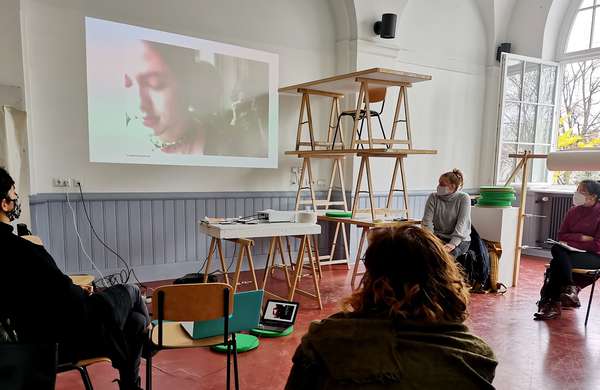
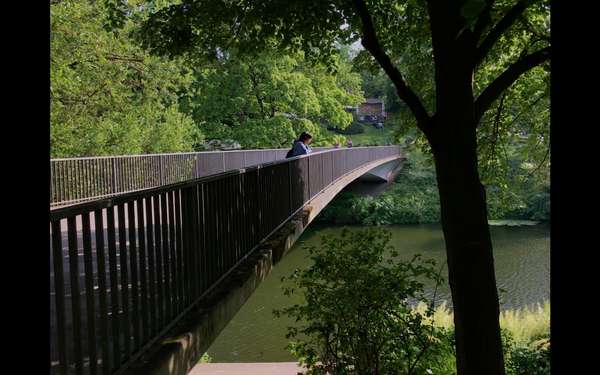
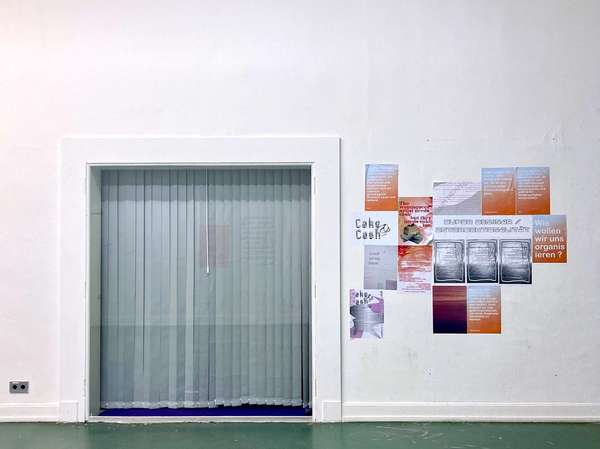
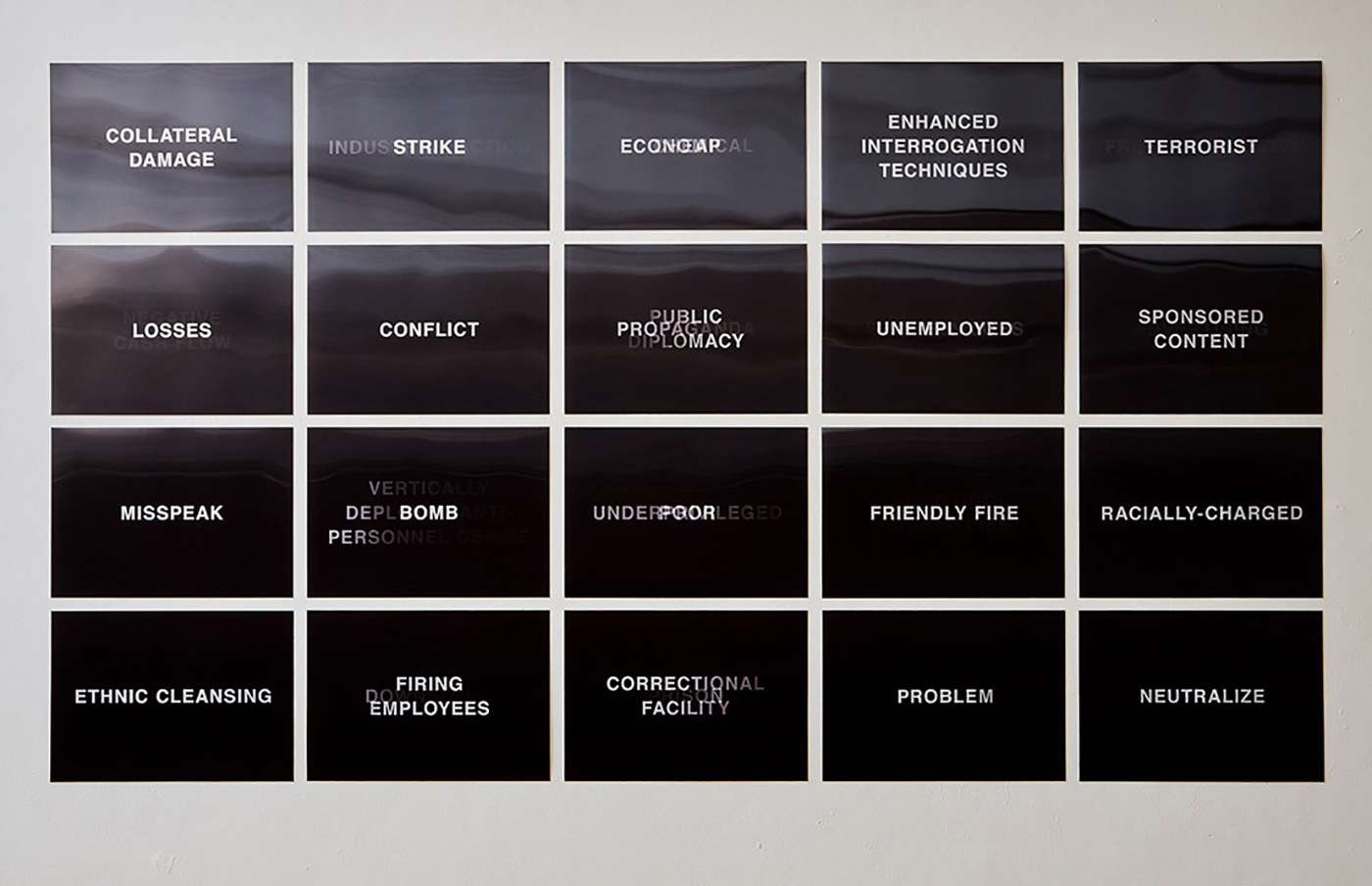

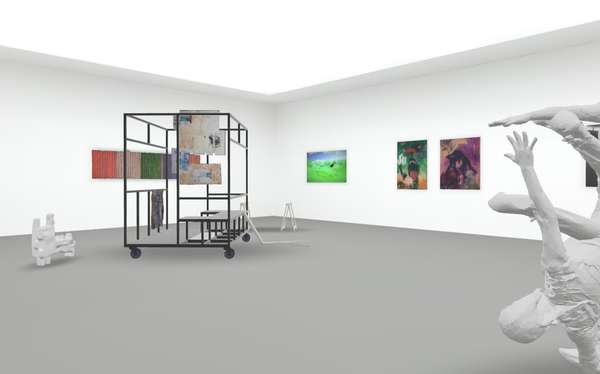
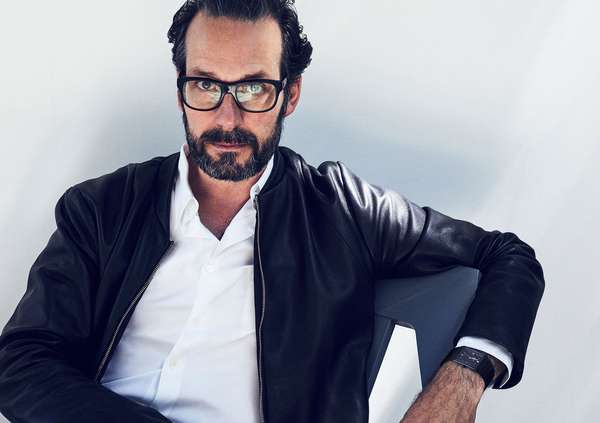
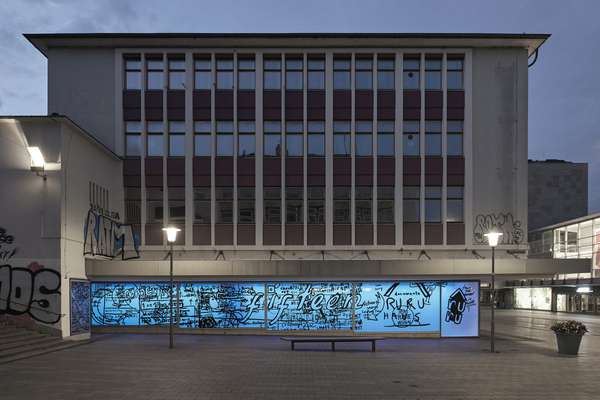
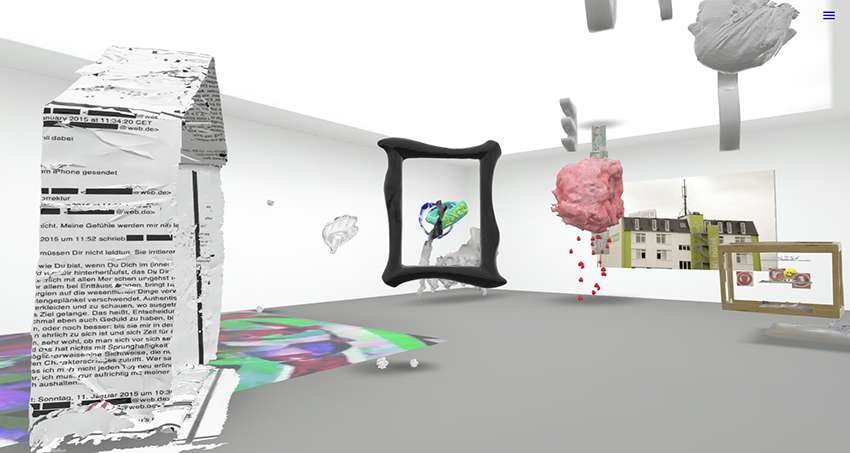
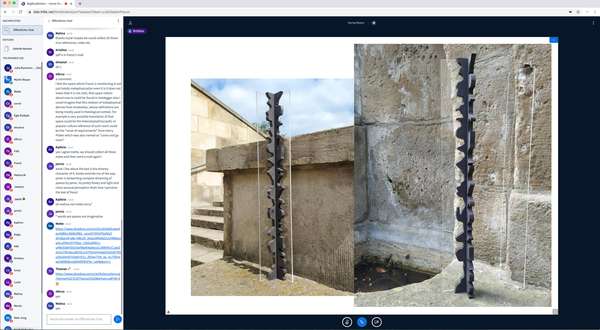
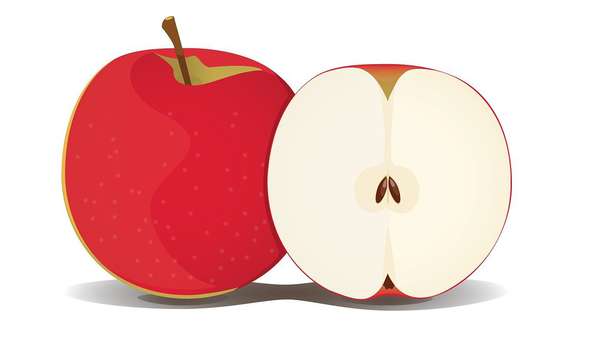
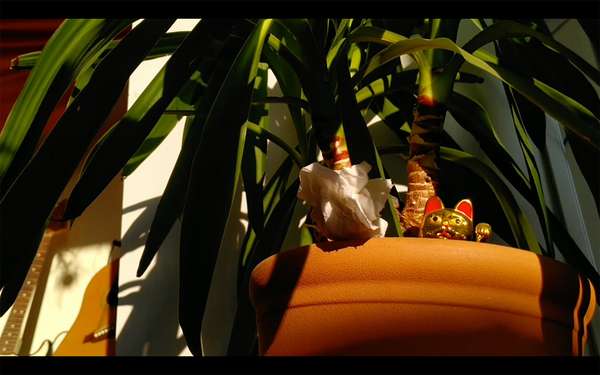
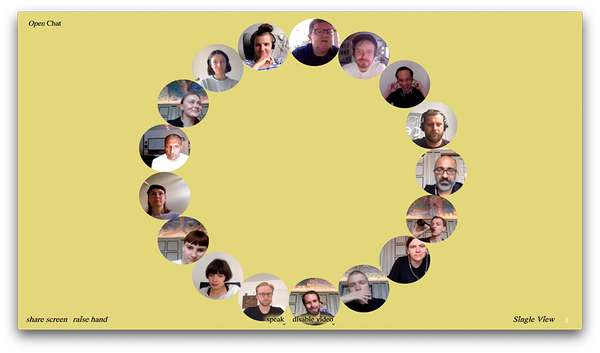
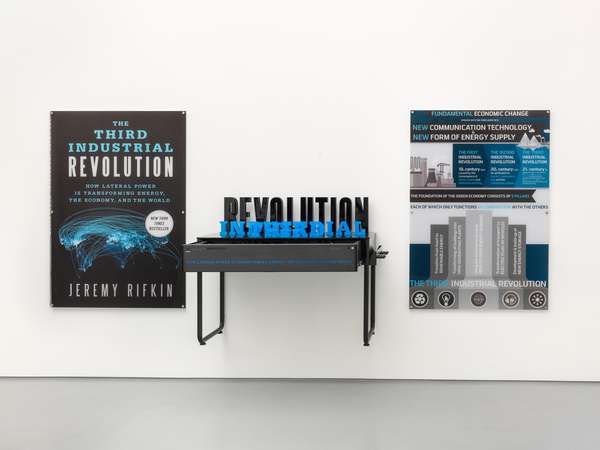
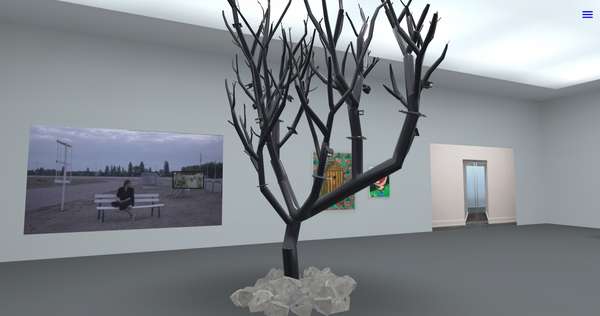
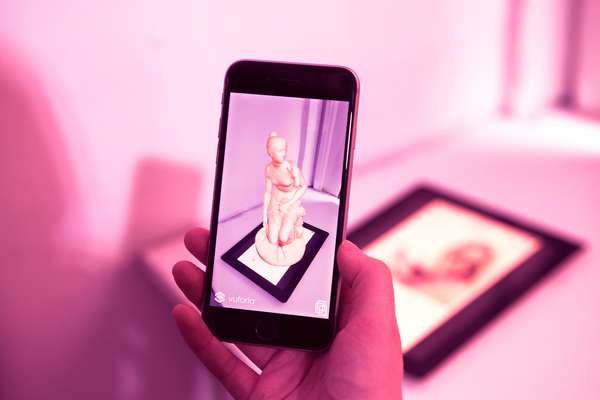
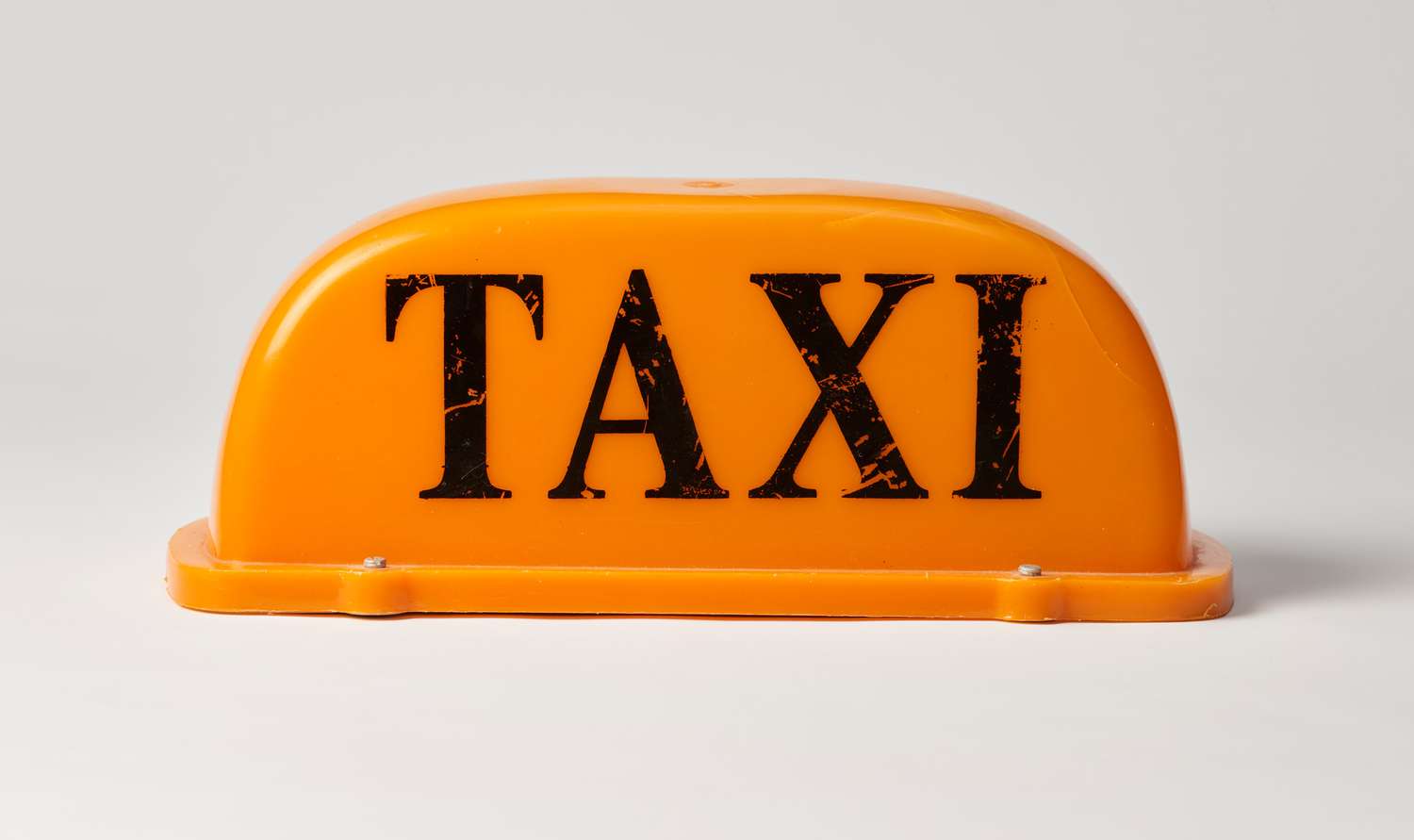
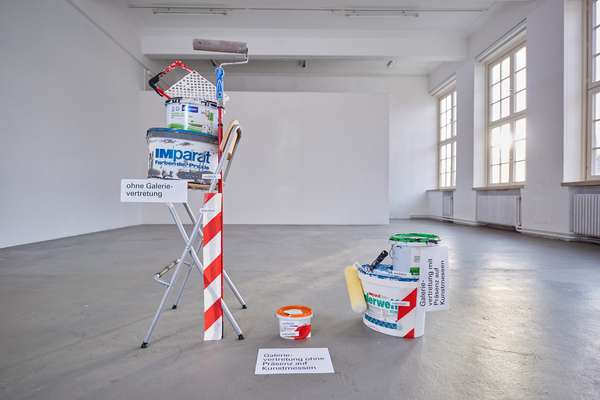
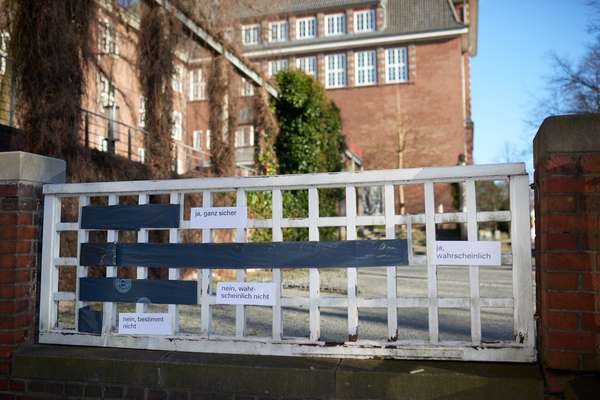
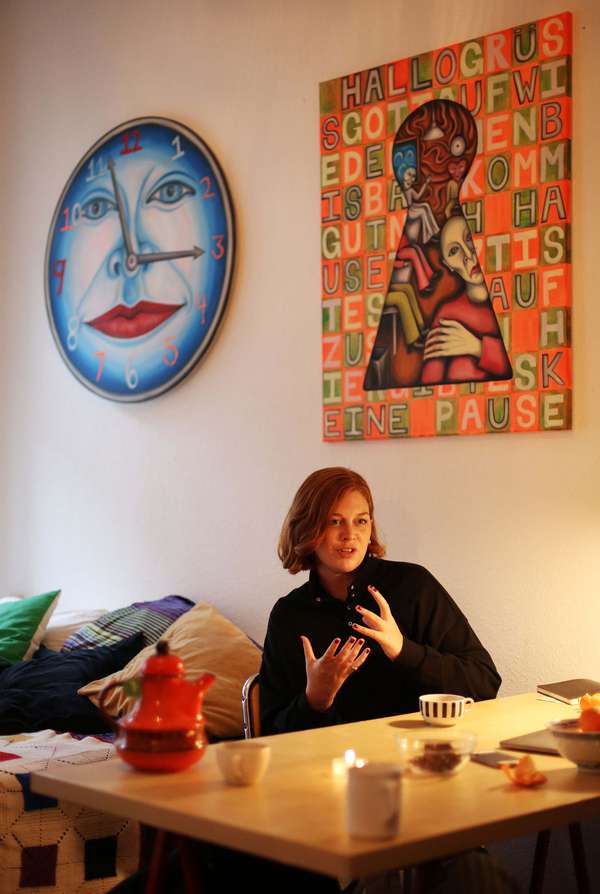
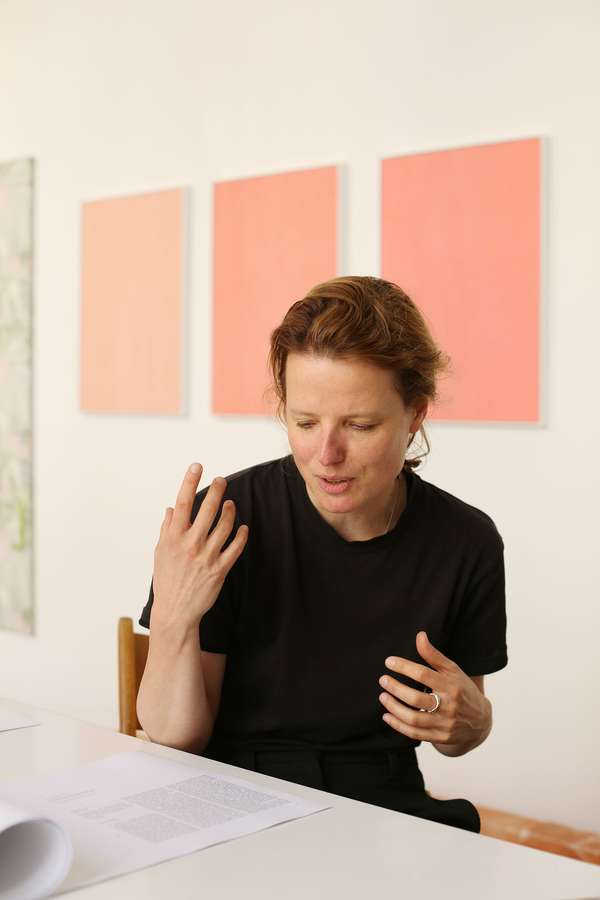
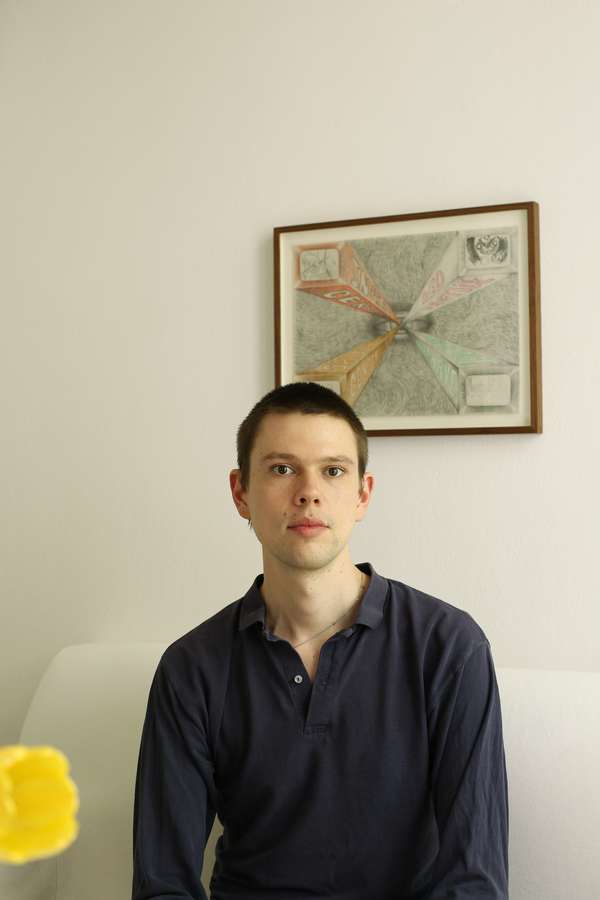

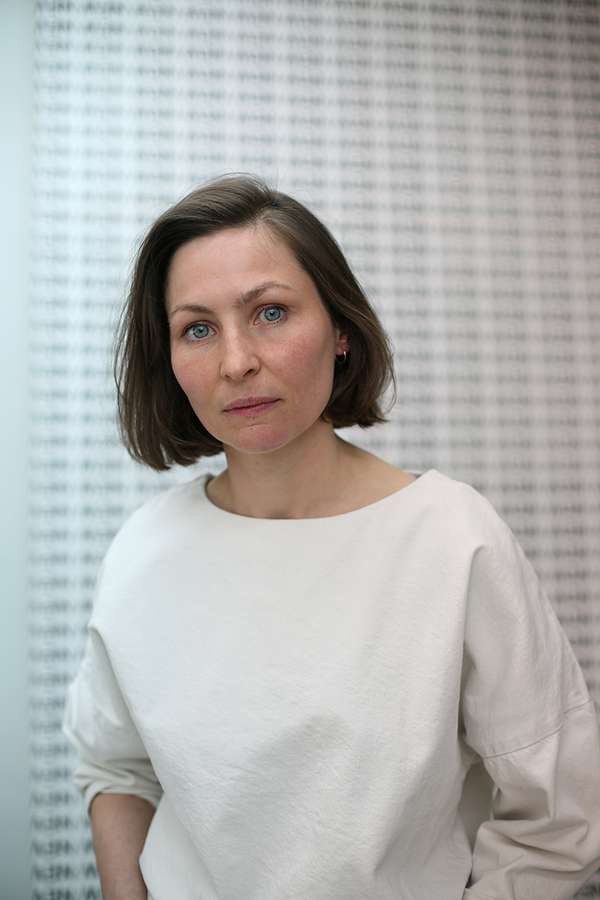
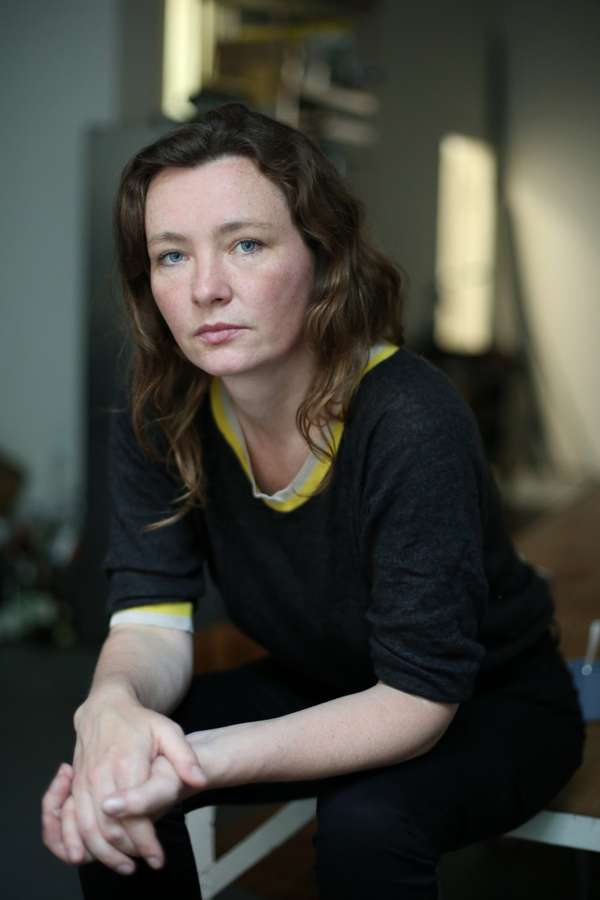
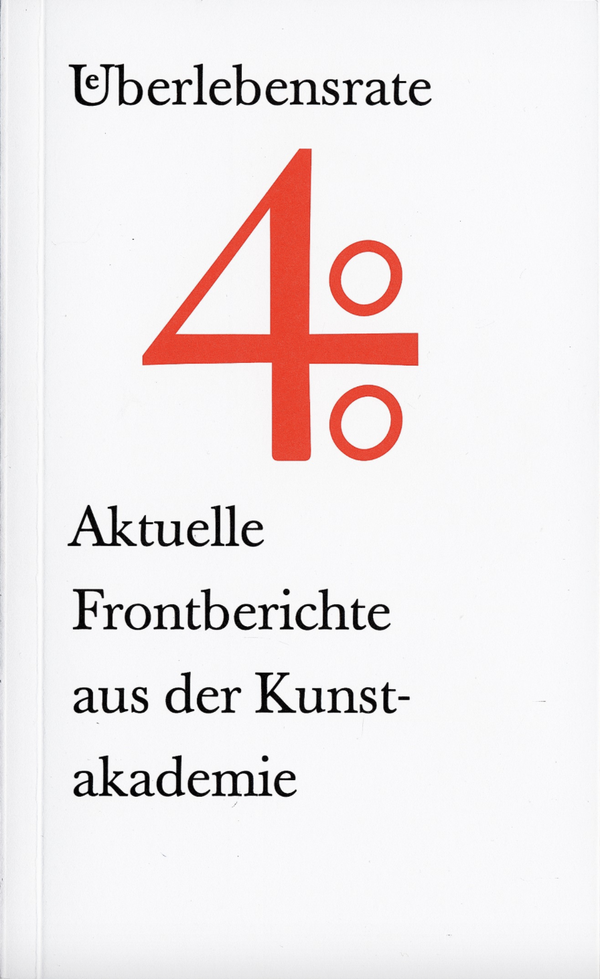
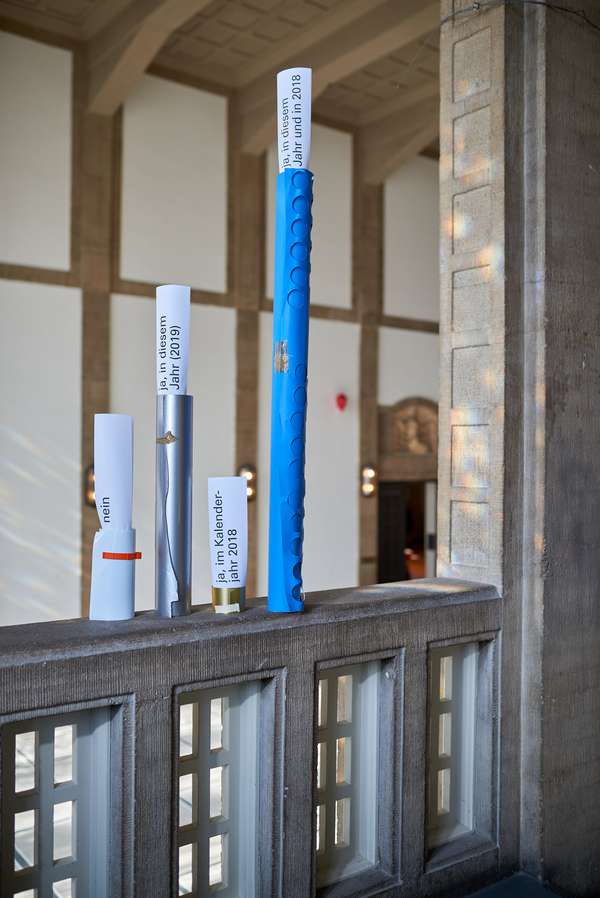
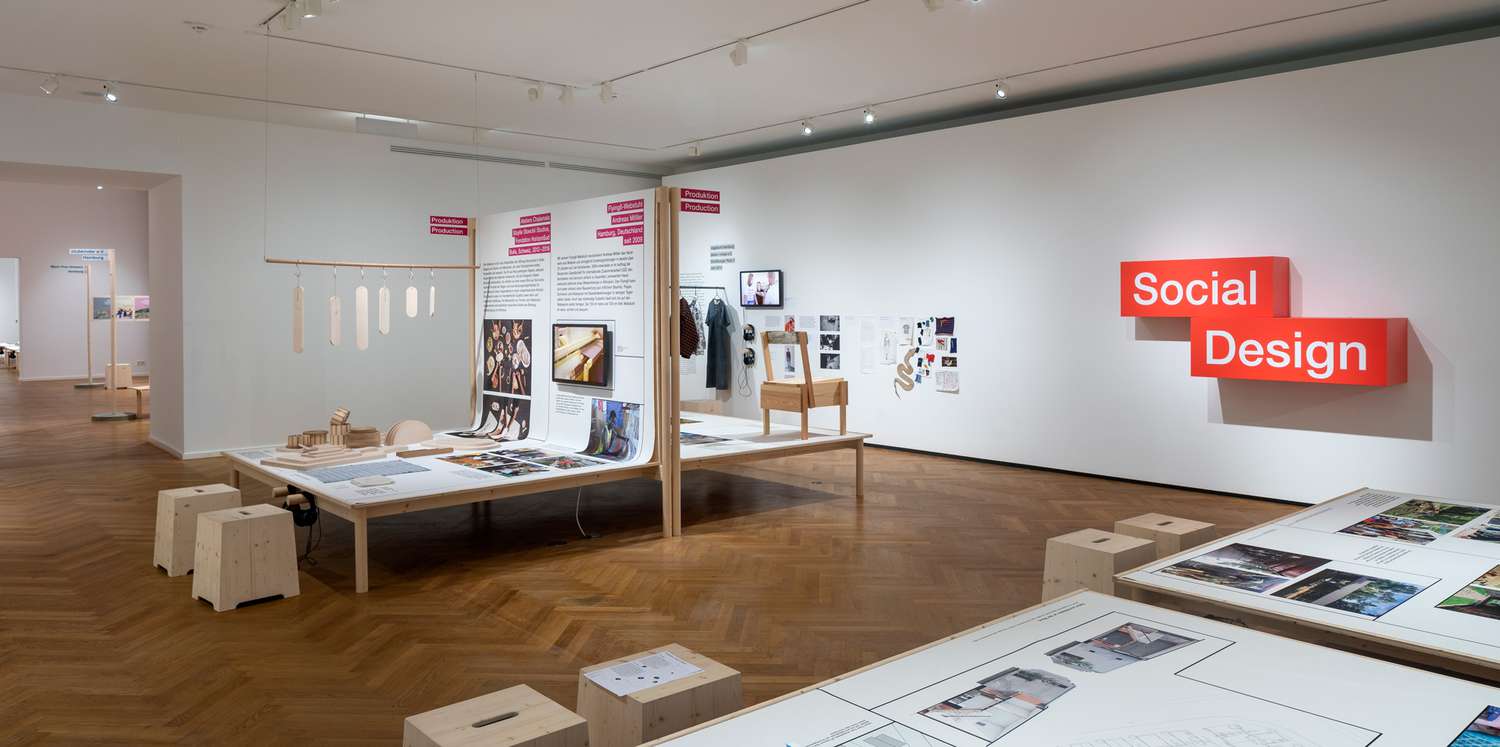
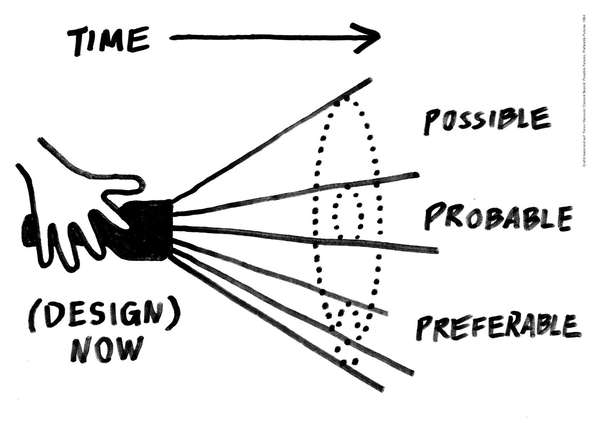
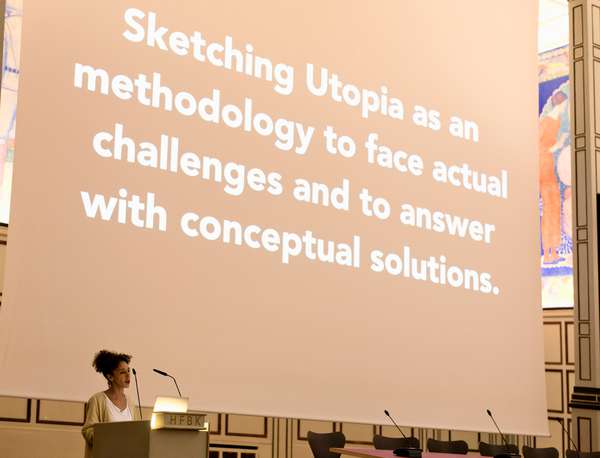
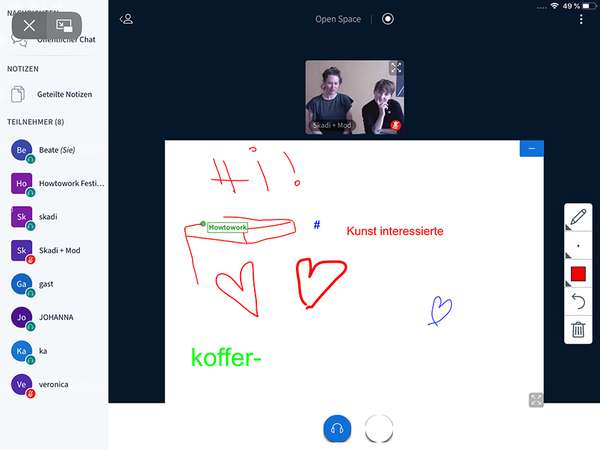
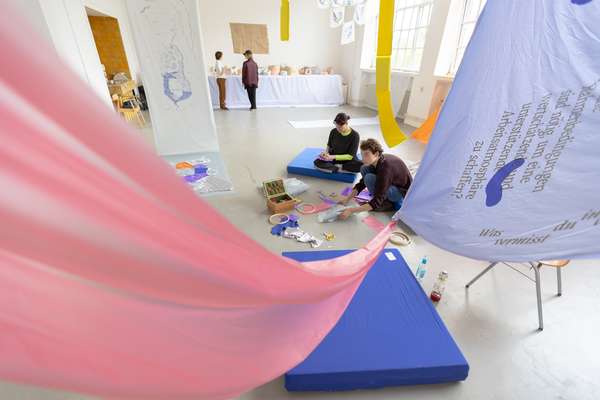
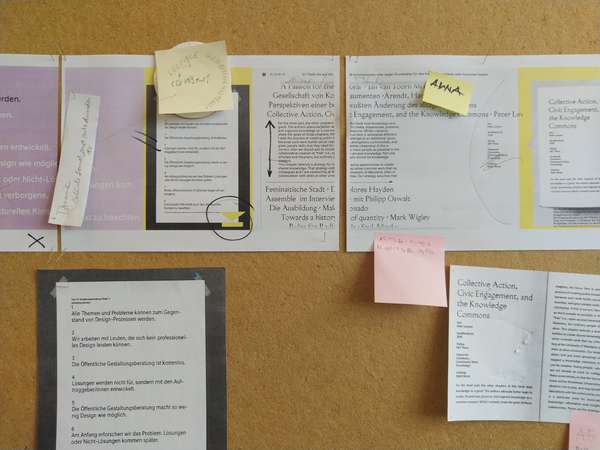
 Graduate Show 2025: Don't stop me now
Graduate Show 2025: Don't stop me now
 Long days, lots to do
Long days, lots to do
 Cine*Ami*es
Cine*Ami*es
 Redesign Democracy – competition for the ballot box of the democratic future
Redesign Democracy – competition for the ballot box of the democratic future
 Art in public space
Art in public space
 How to apply: study at HFBK Hamburg
How to apply: study at HFBK Hamburg
 Annual Exhibition 2025 at the HFBK Hamburg
Annual Exhibition 2025 at the HFBK Hamburg
 The Elephant in The Room – Sculpture today
The Elephant in The Room – Sculpture today
 Hiscox Art Prize 2024
Hiscox Art Prize 2024
 The New Woman
The New Woman
 Doing a PhD at the HFBK Hamburg
Doing a PhD at the HFBK Hamburg
 Graduate Show 2024 - Letting Go
Graduate Show 2024 - Letting Go
 Finkenwerder Art Prize 2024
Finkenwerder Art Prize 2024
 Archives of the Body - The Body in Archiving
Archives of the Body - The Body in Archiving
 New partnership with the School of Arts at the University of Haifa
New partnership with the School of Arts at the University of Haifa
 Annual Exhibition 2024 at the HFBK Hamburg
Annual Exhibition 2024 at the HFBK Hamburg
 (Ex)Changes of / in Art
(Ex)Changes of / in Art
 Extended Libraries
Extended Libraries
 And Still I Rise
And Still I Rise
 Let's talk about language
Let's talk about language
 Graduate Show 2023: Unfinished Business
Graduate Show 2023: Unfinished Business
 Let`s work together
Let`s work together
 Annual Exhibition 2023 at HFBK Hamburg
Annual Exhibition 2023 at HFBK Hamburg
 Symposium: Controversy over documenta fifteen
Symposium: Controversy over documenta fifteen
 Festival and Symposium: Non-Knowledge, Laughter and the Moving Image
Festival and Symposium: Non-Knowledge, Laughter and the Moving Image
 Solo exhibition by Konstantin Grcic
Solo exhibition by Konstantin Grcic
 Art and war
Art and war
 Graduate Show 2022: We’ve Only Just Begun
Graduate Show 2022: We’ve Only Just Begun
 June is full of art and theory
June is full of art and theory
 Finkenwerder Art Prize 2022
Finkenwerder Art Prize 2022
 Nachhaltigkeit im Kontext von Kunst und Kunsthochschule
Nachhaltigkeit im Kontext von Kunst und Kunsthochschule
 Raum für die Kunst
Raum für die Kunst
 Annual Exhibition 2022 at the HFBK
Annual Exhibition 2022 at the HFBK
 Conference: Counter-Monuments and Para-Monuments.
Conference: Counter-Monuments and Para-Monuments.
 Diversity
Diversity
 Live und in Farbe: die ASA Open Studios im Juni 2021
Live und in Farbe: die ASA Open Studios im Juni 2021
 Unlearning: Wartenau Assemblies
Unlearning: Wartenau Assemblies
 School of No Consequences
School of No Consequences
 Annual Exhibition 2021 at the HFBK
Annual Exhibition 2021 at the HFBK
 Semestereröffnung und Hiscox-Preisverleihung 2020
Semestereröffnung und Hiscox-Preisverleihung 2020
 Teaching Art Online at the HFBK
Teaching Art Online at the HFBK
 HFBK Graduate Survey
HFBK Graduate Survey
 How political is Social Design?
How political is Social Design?